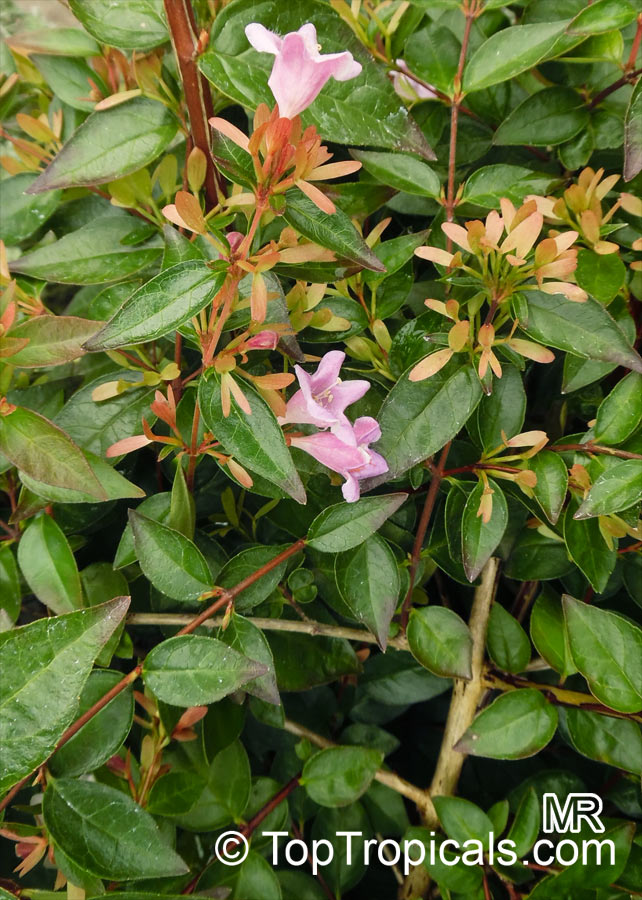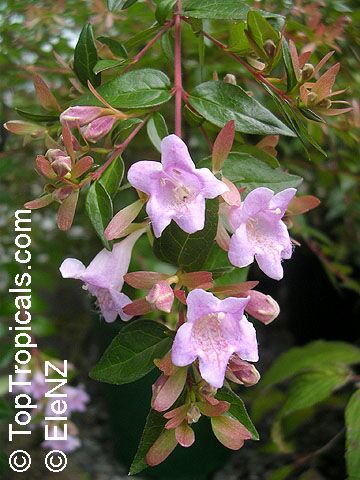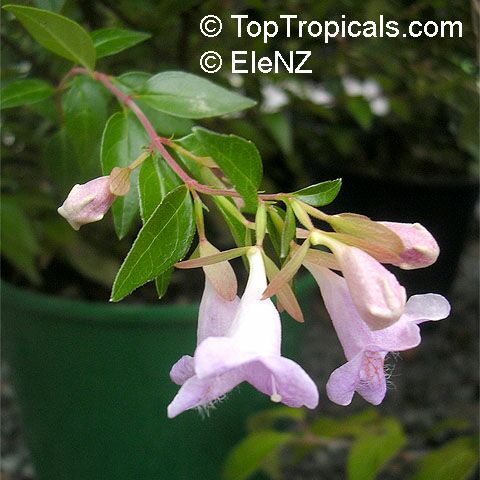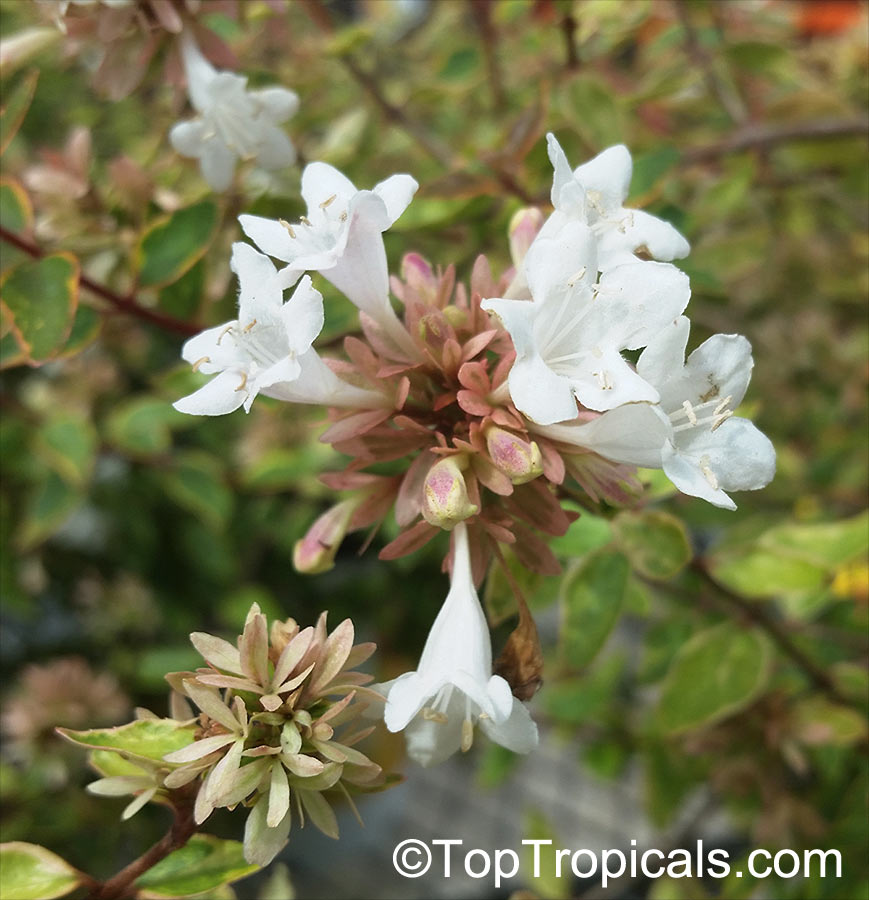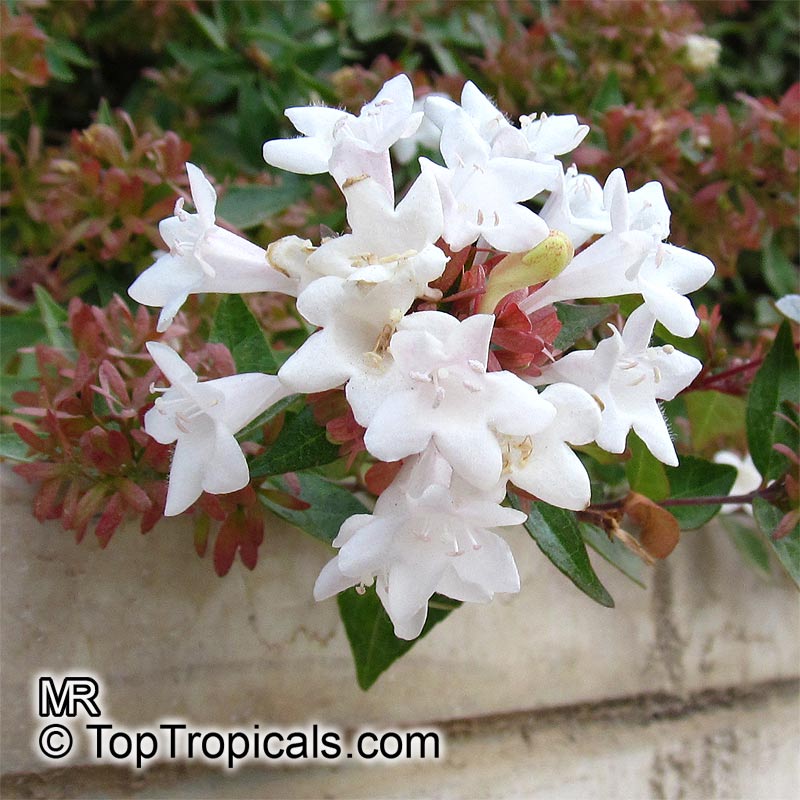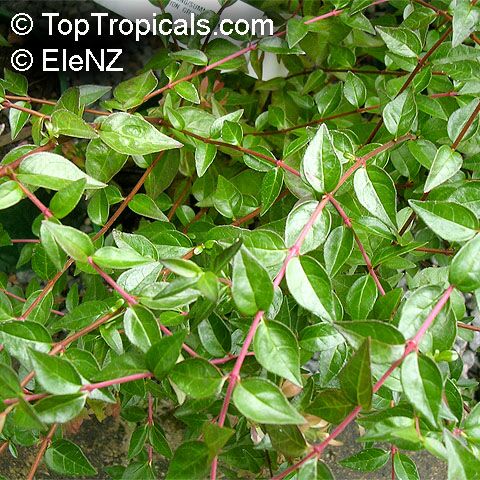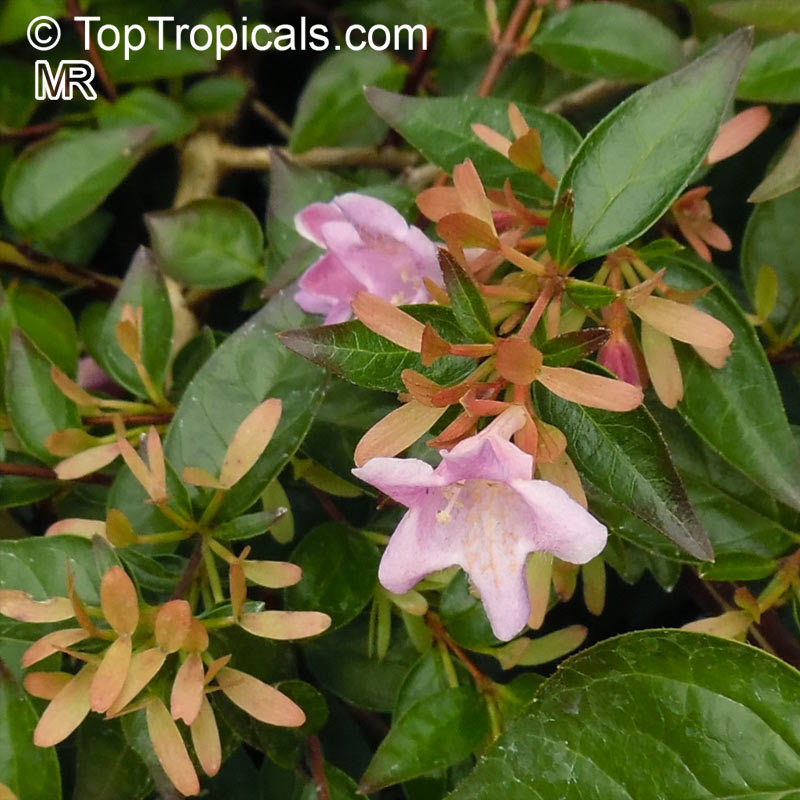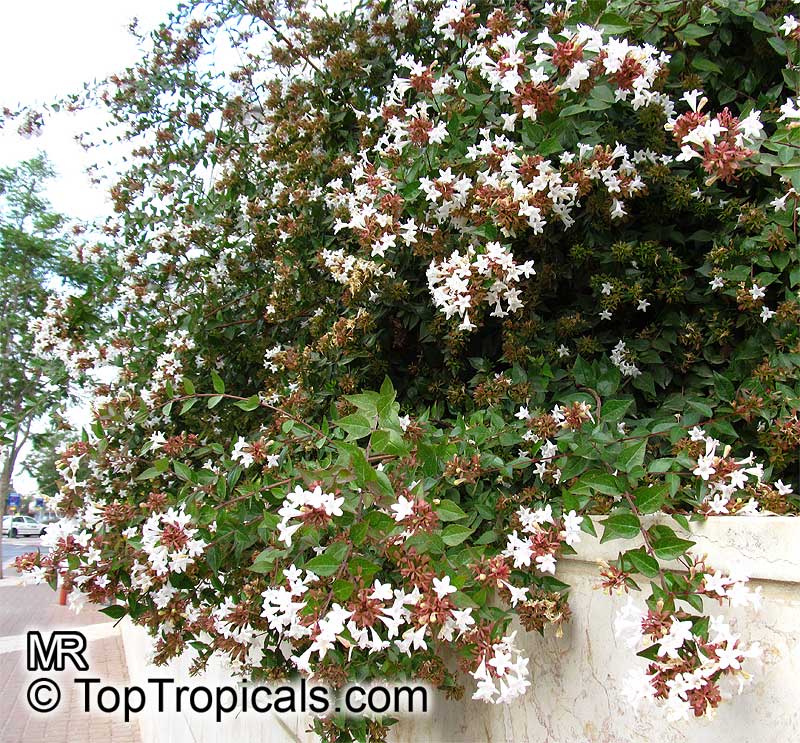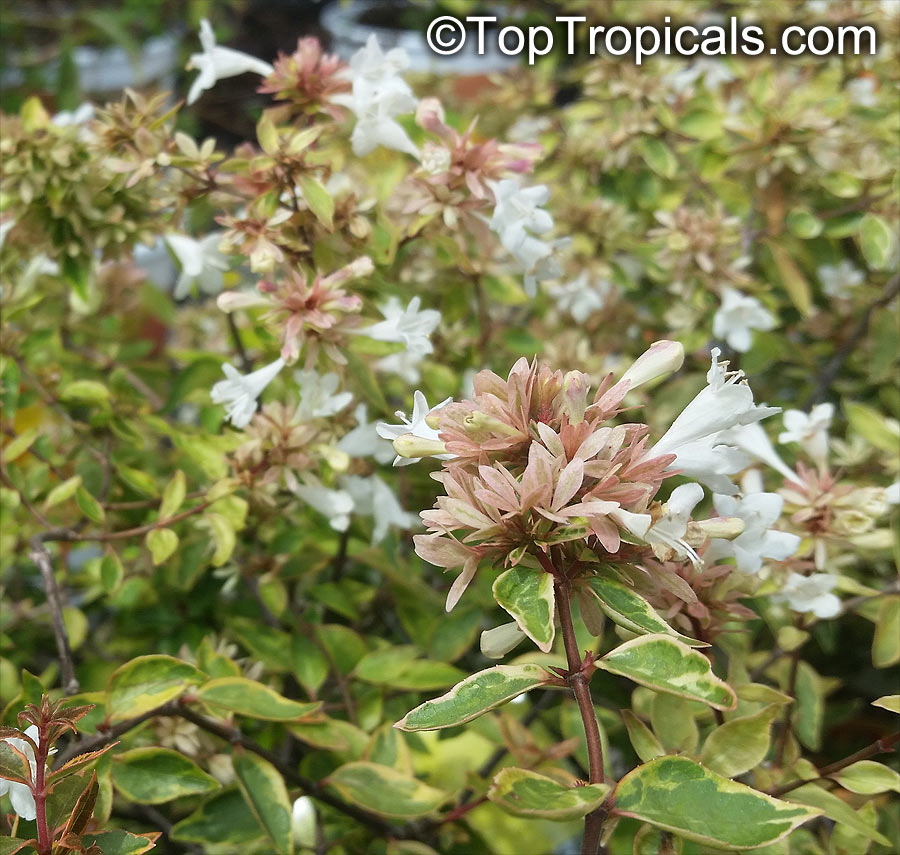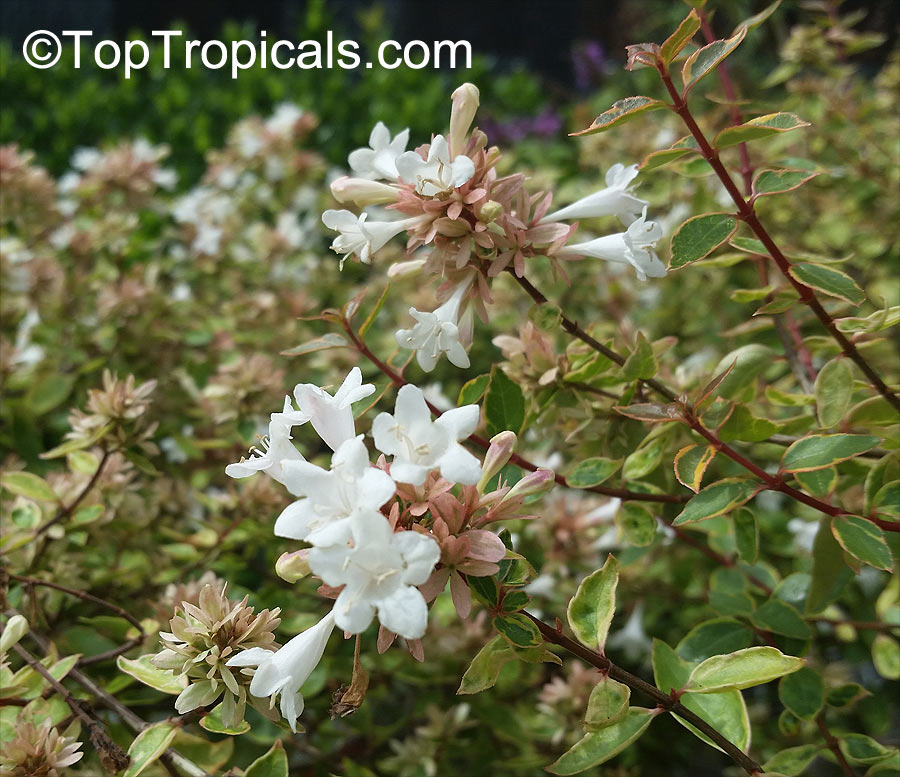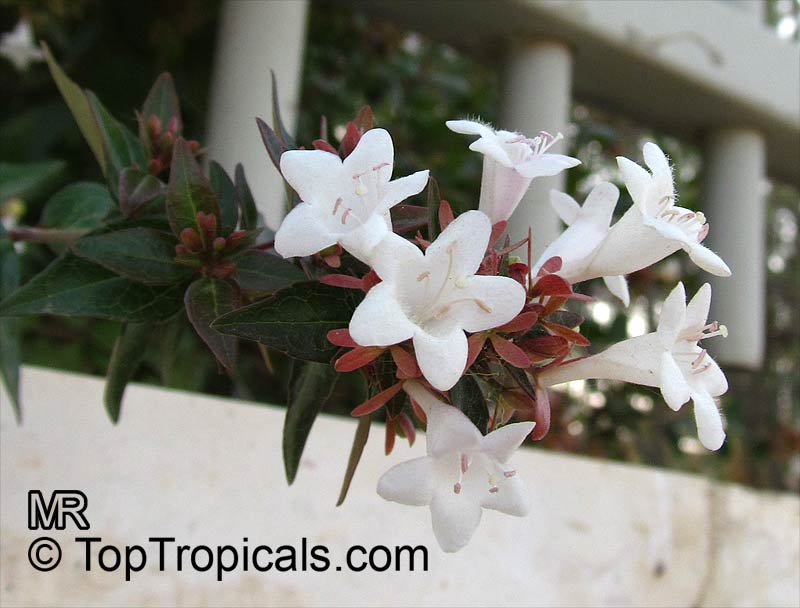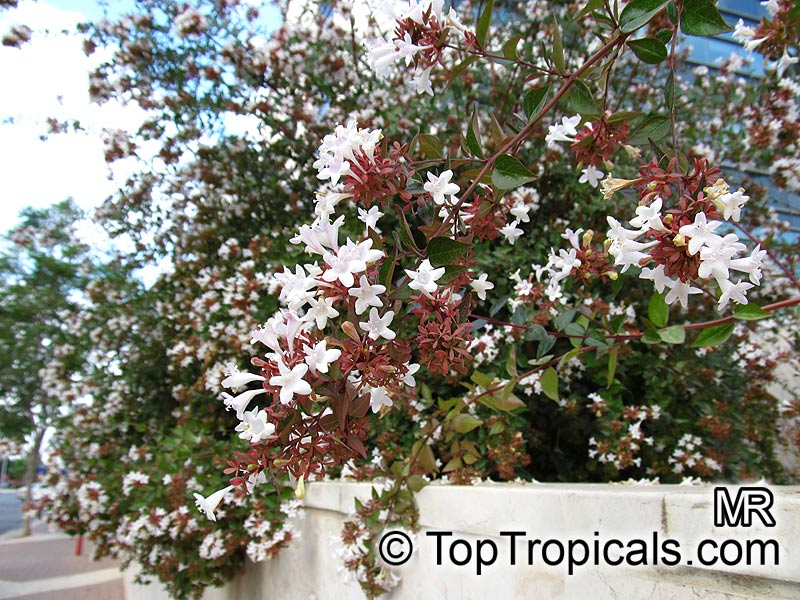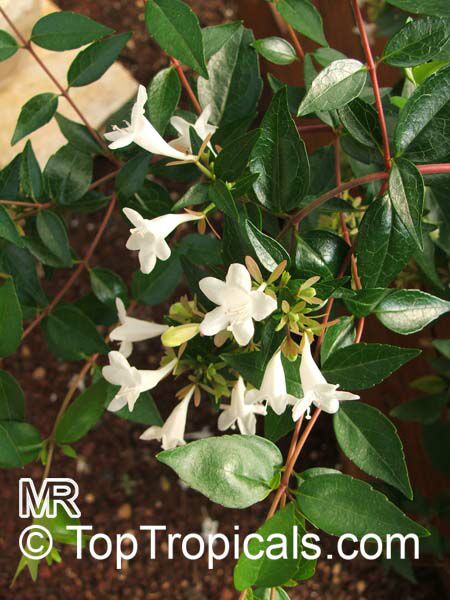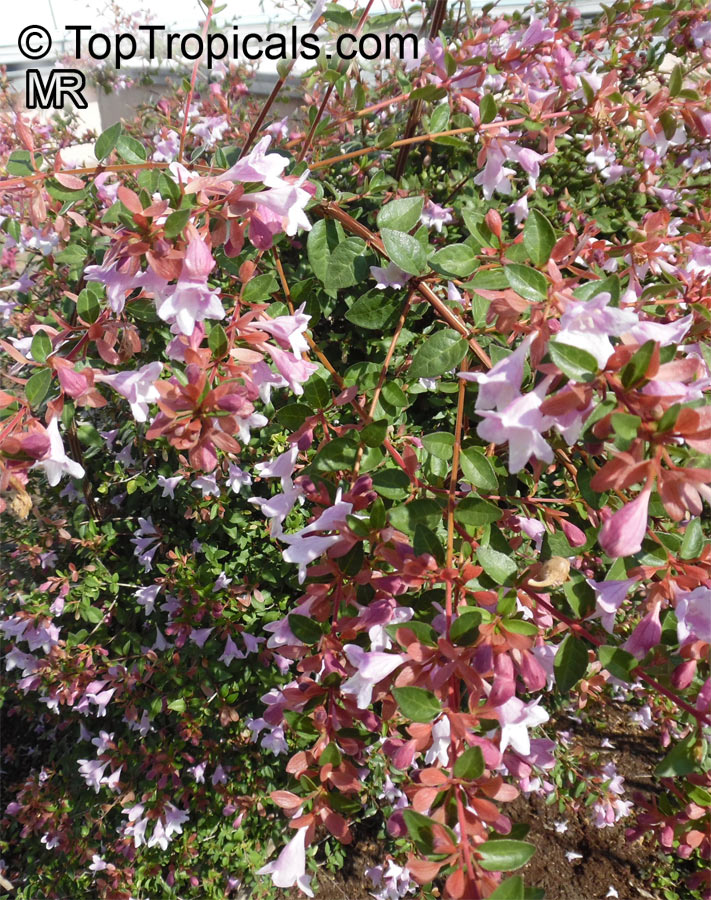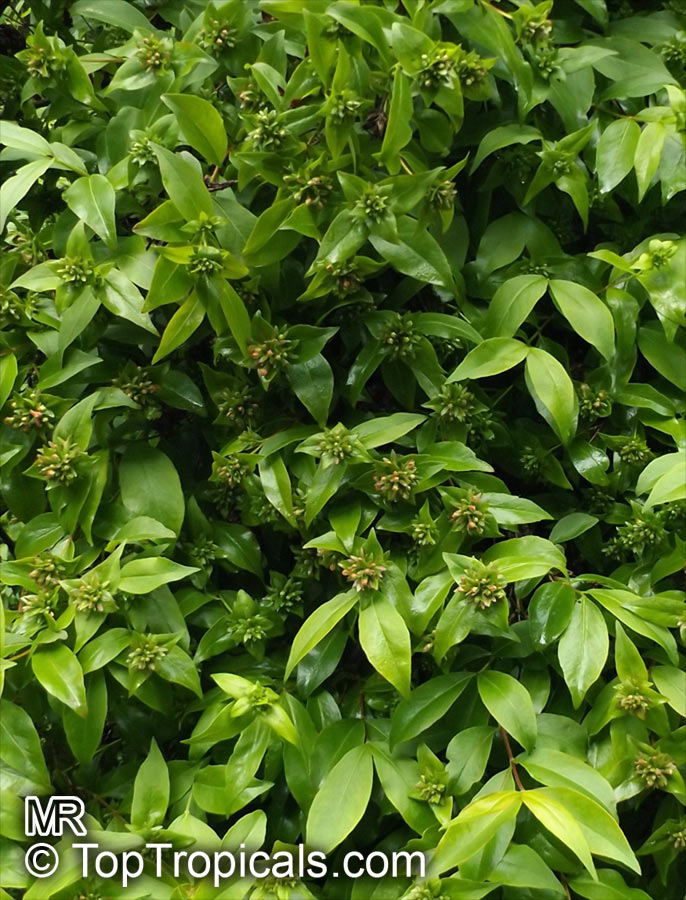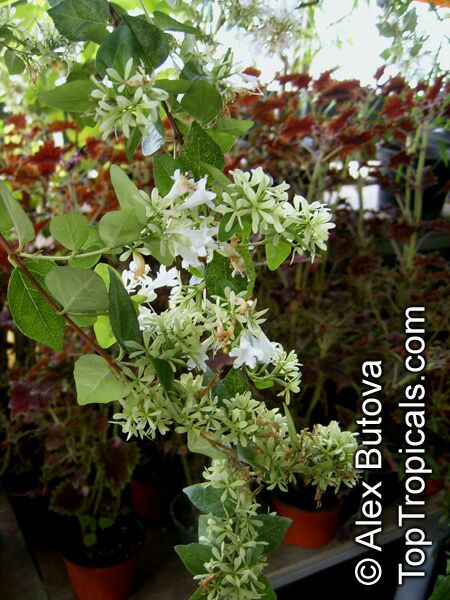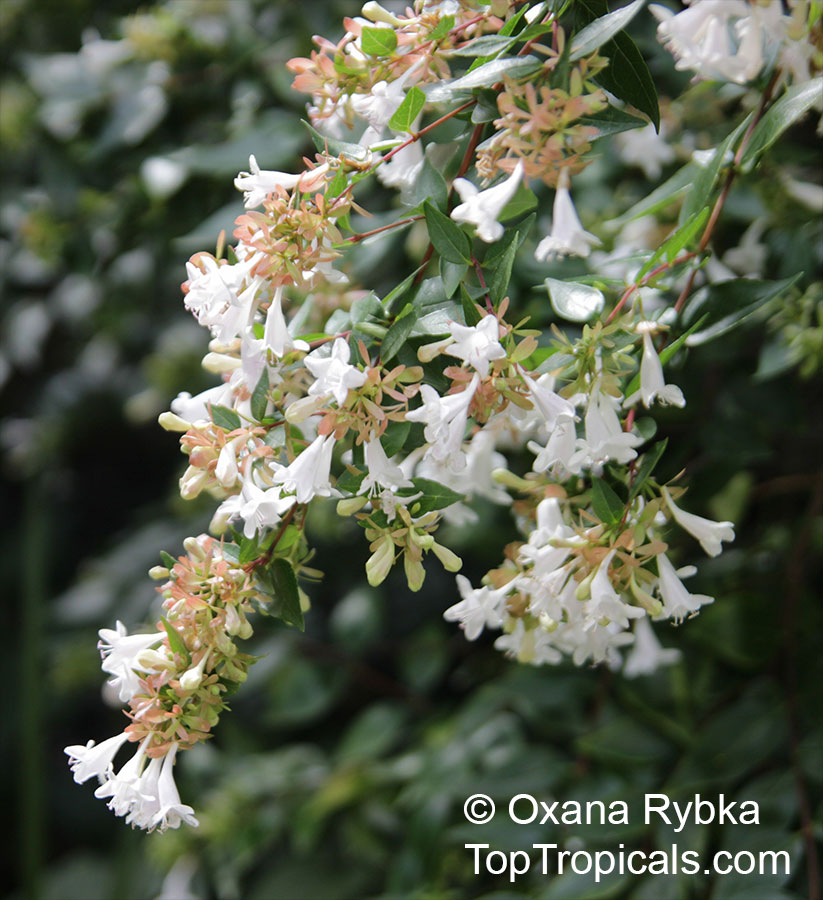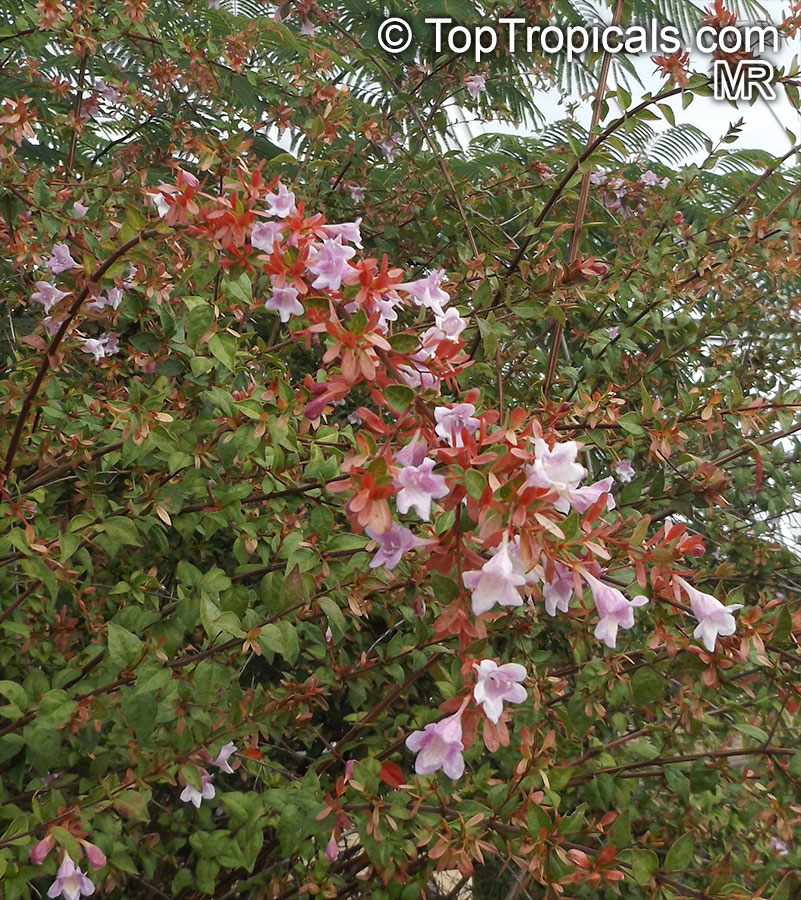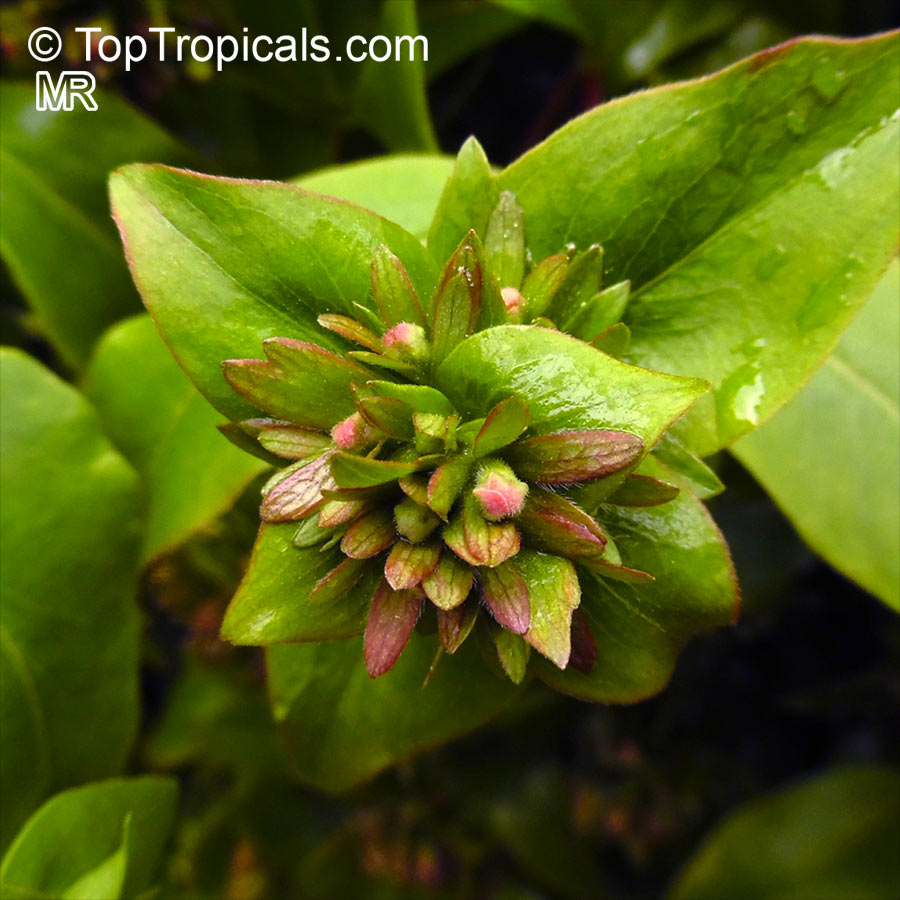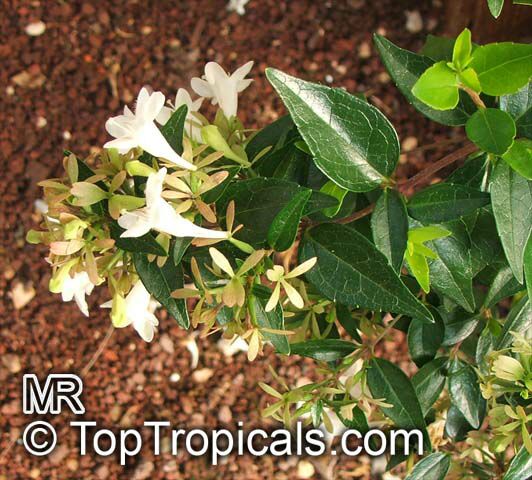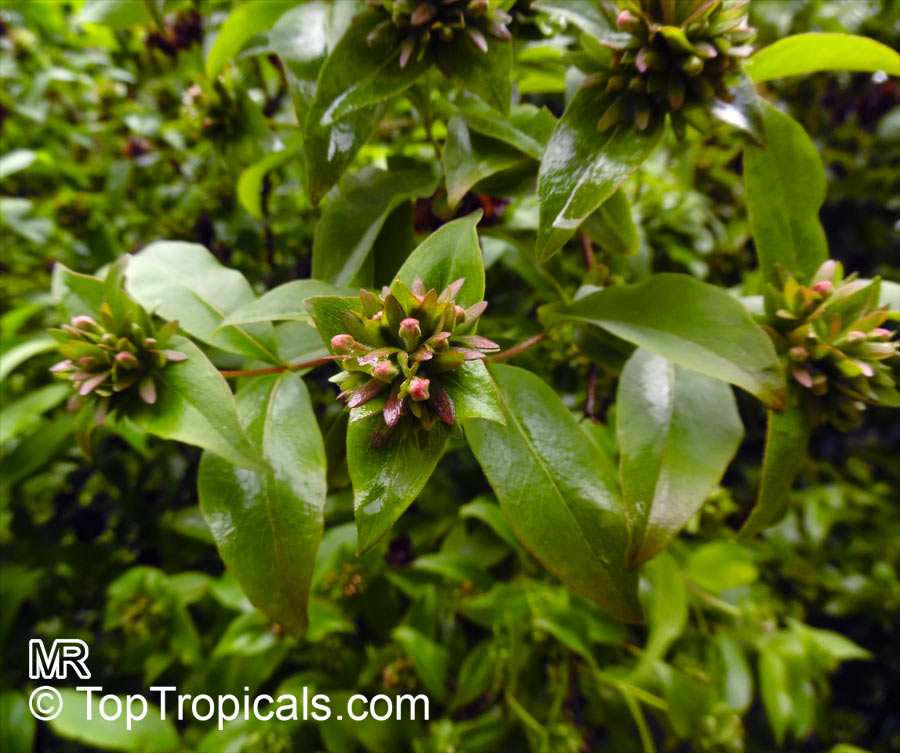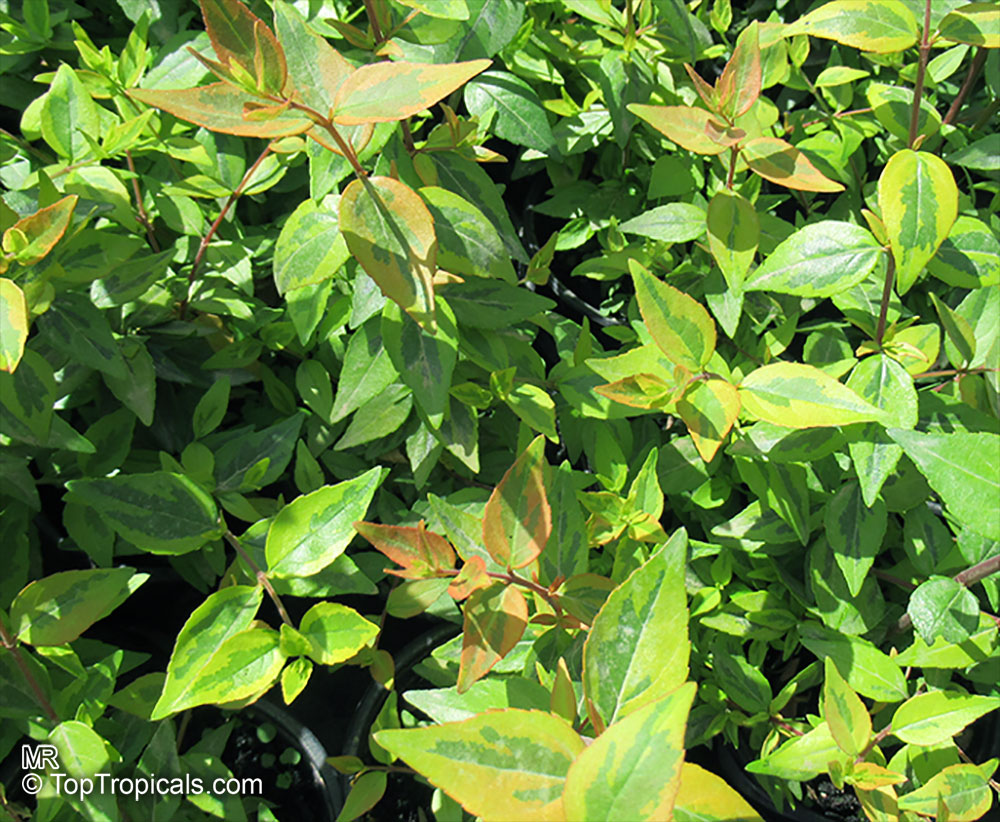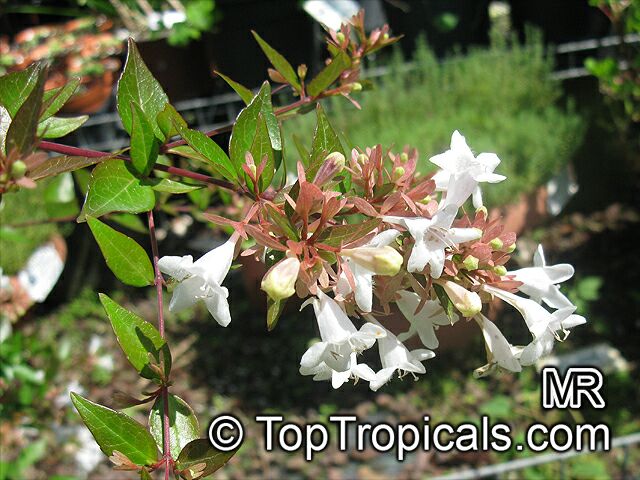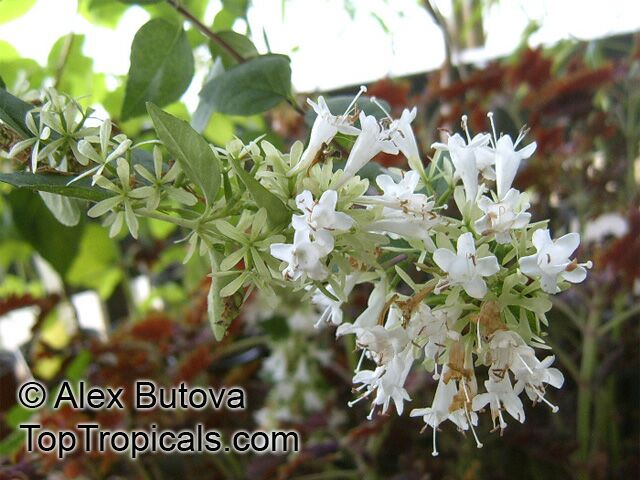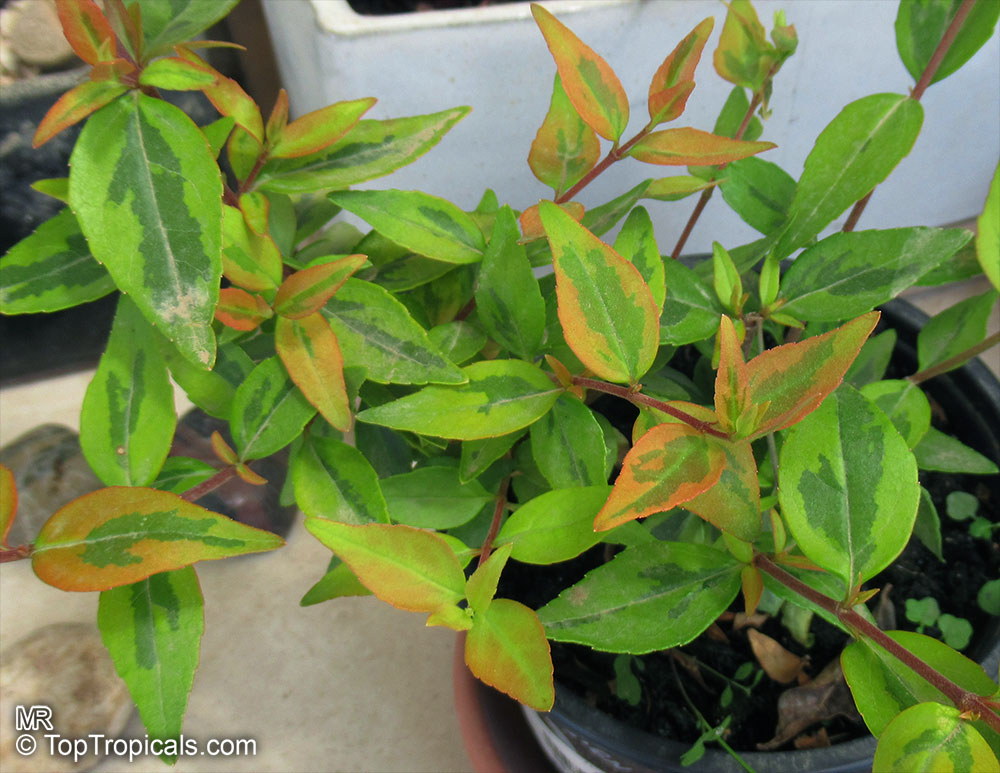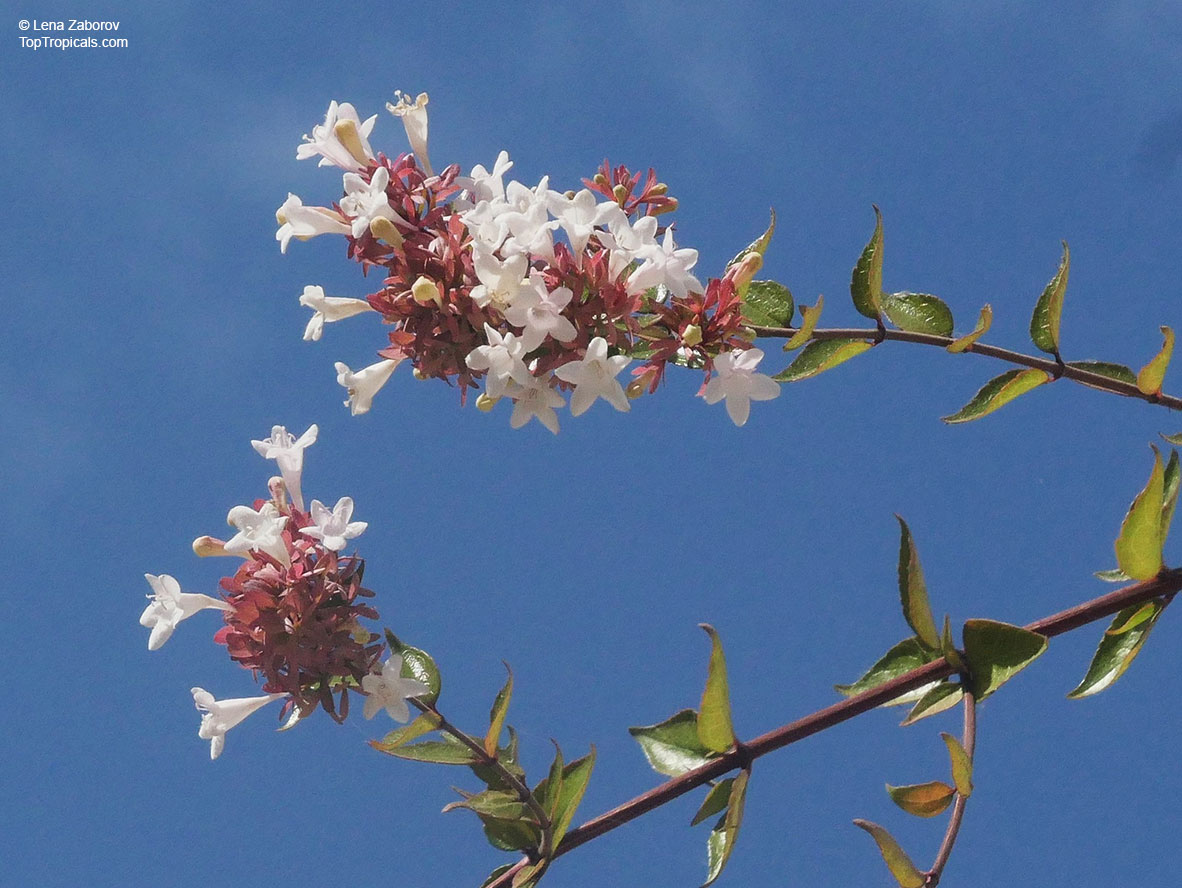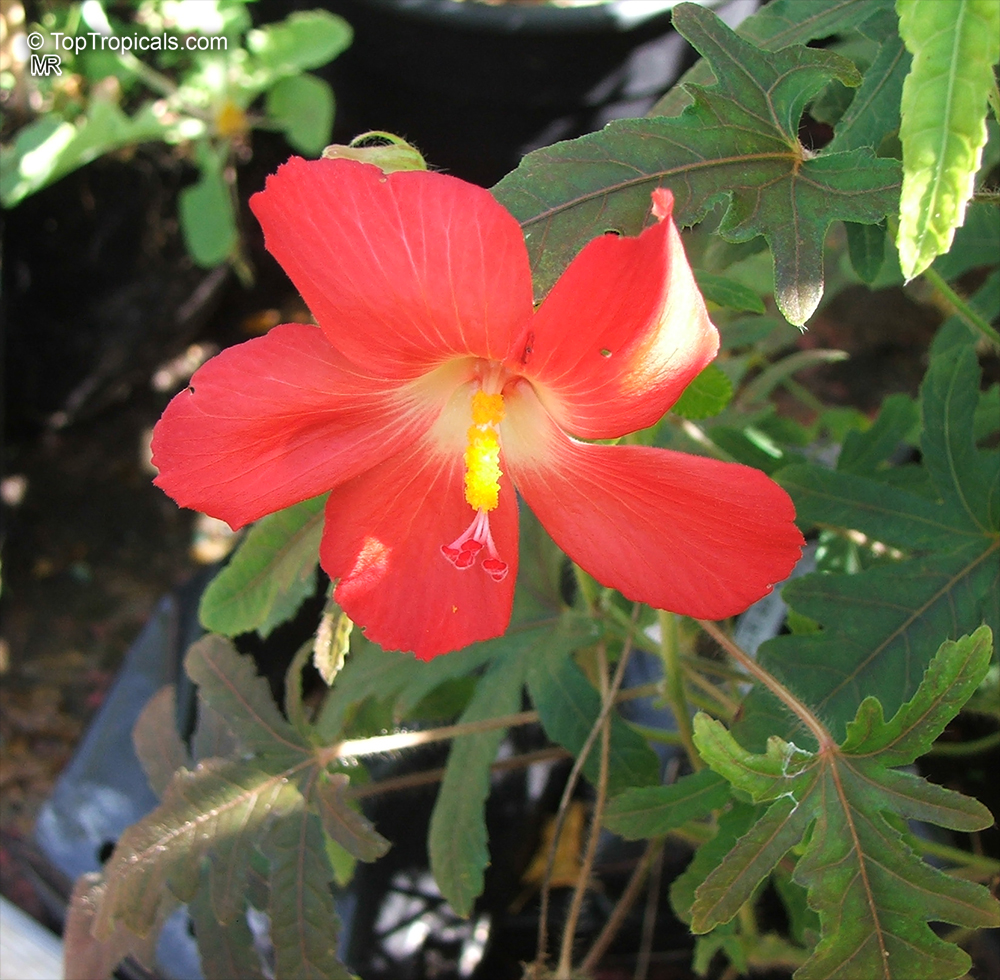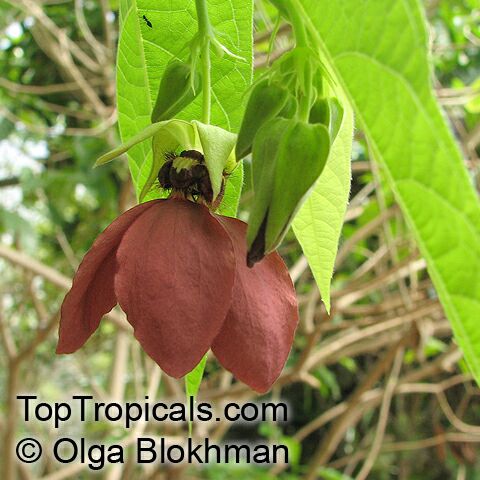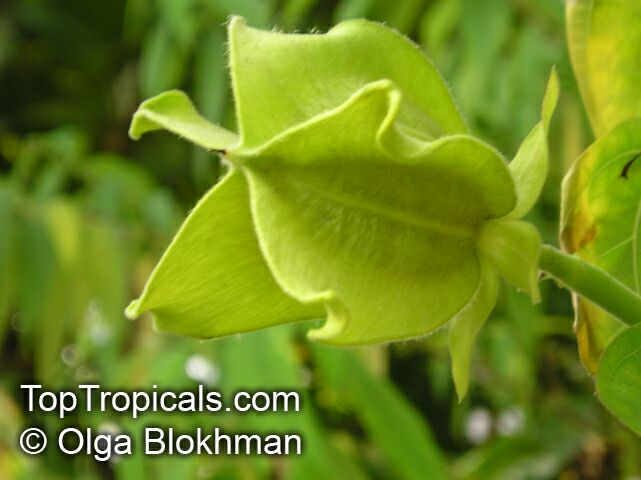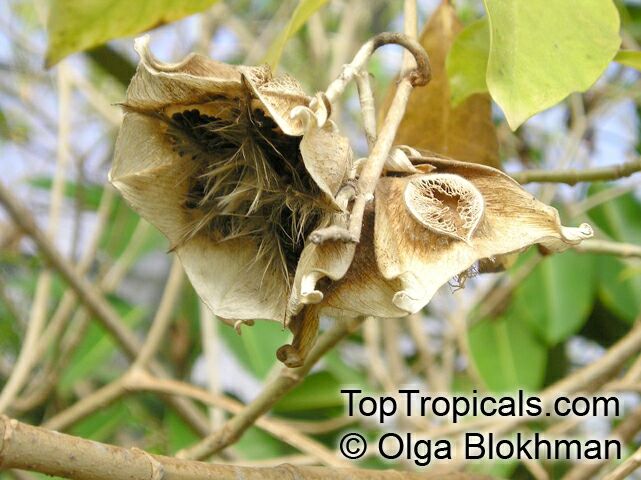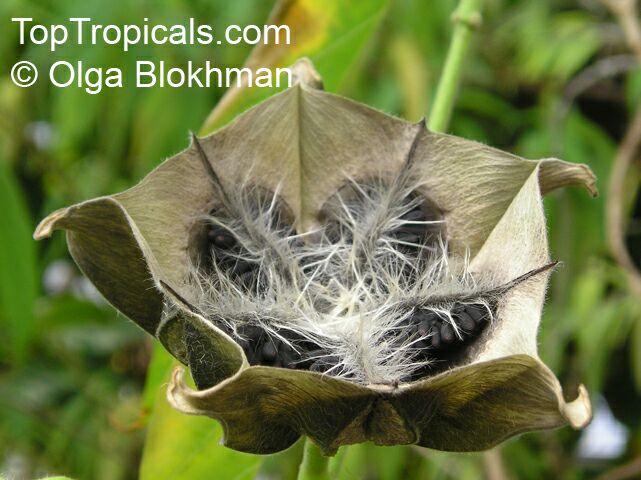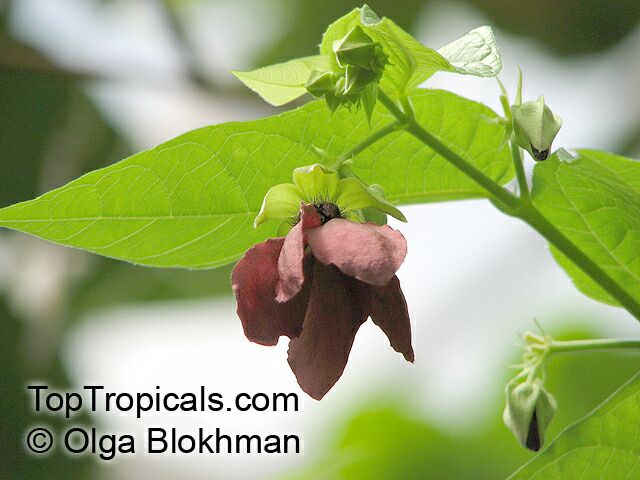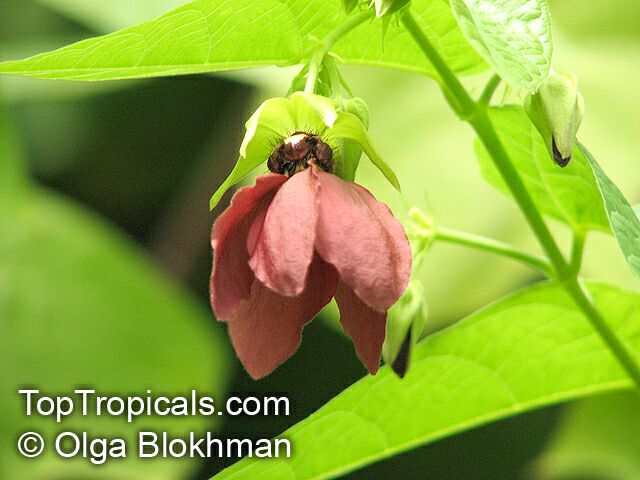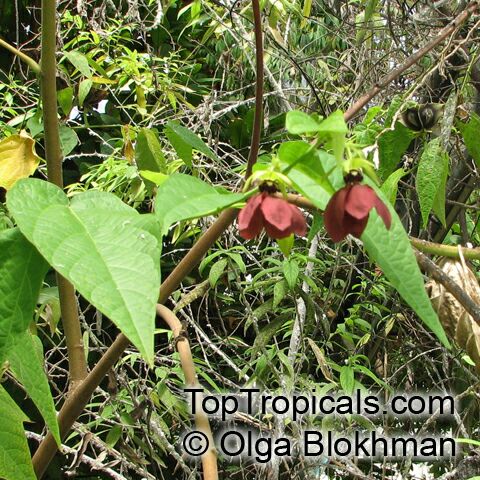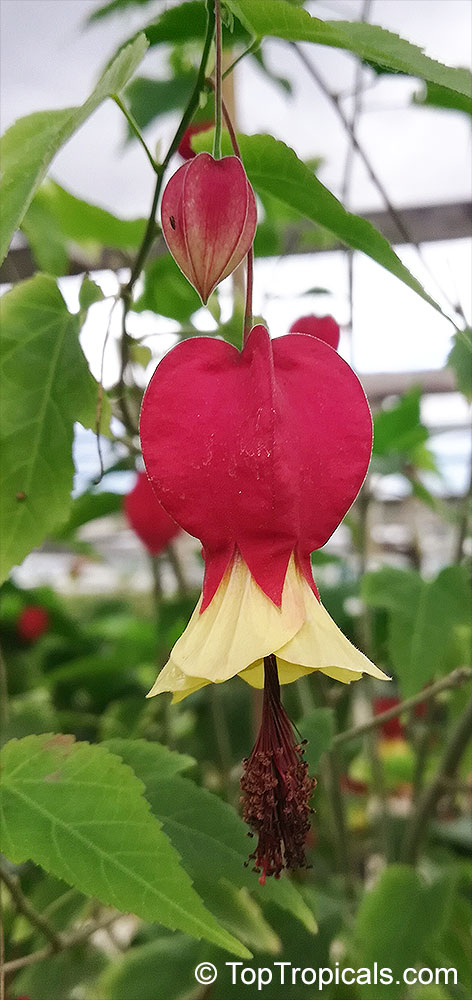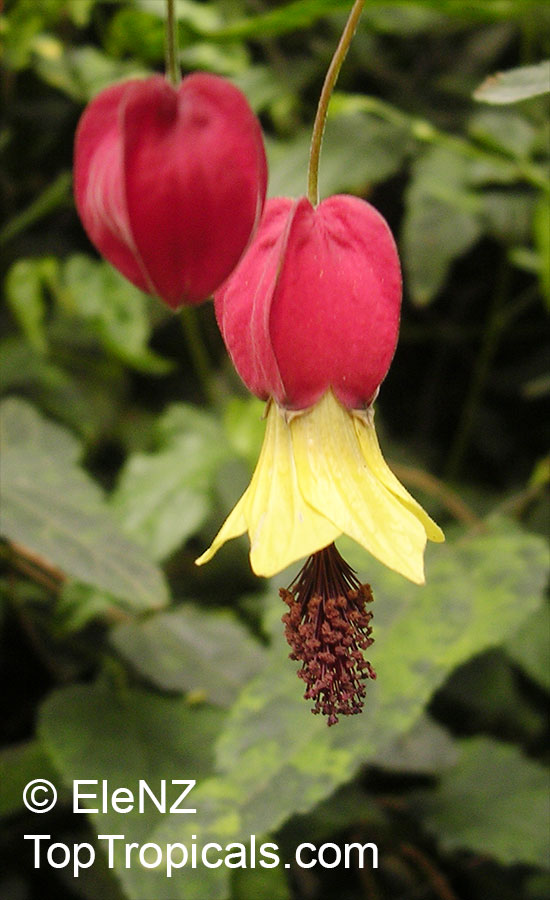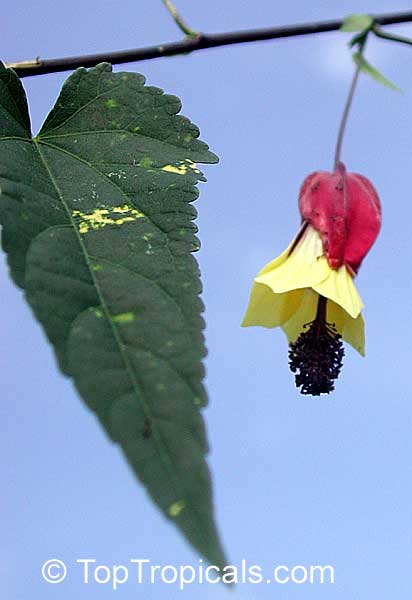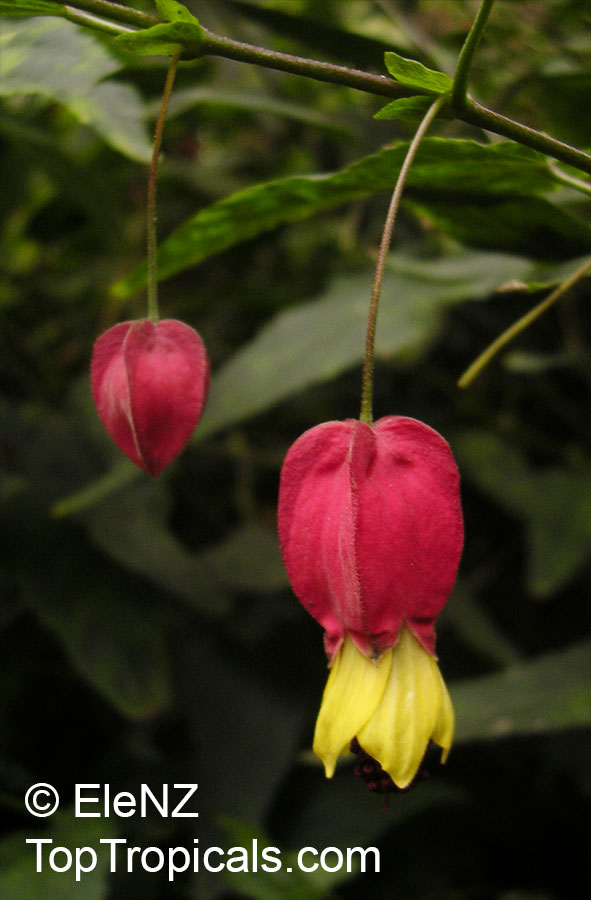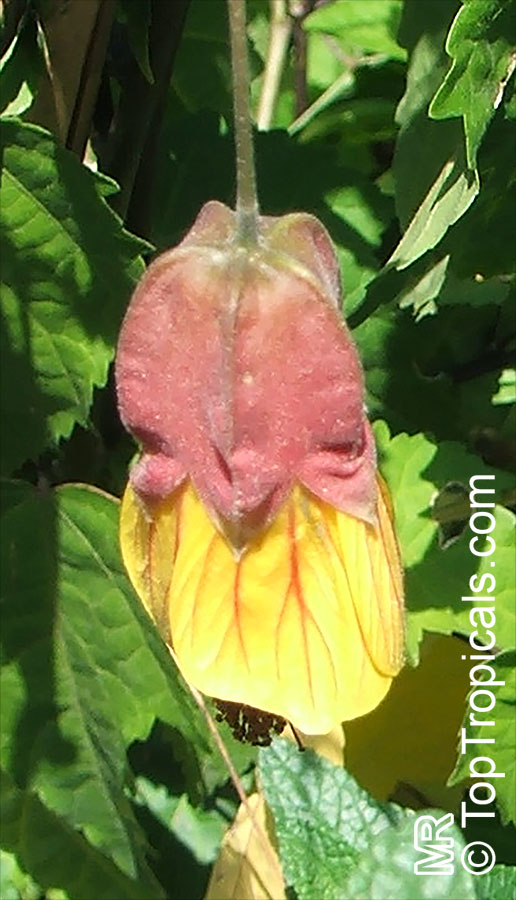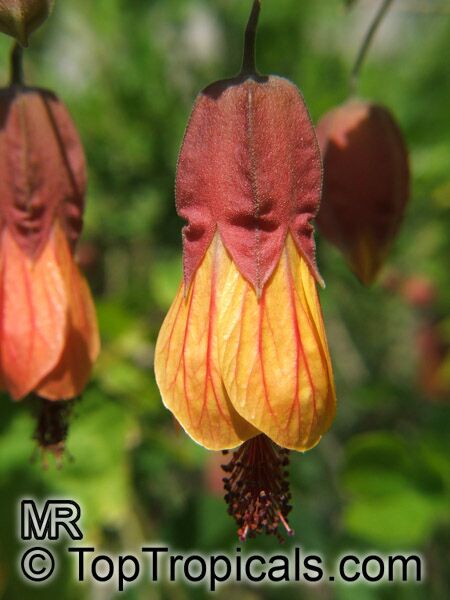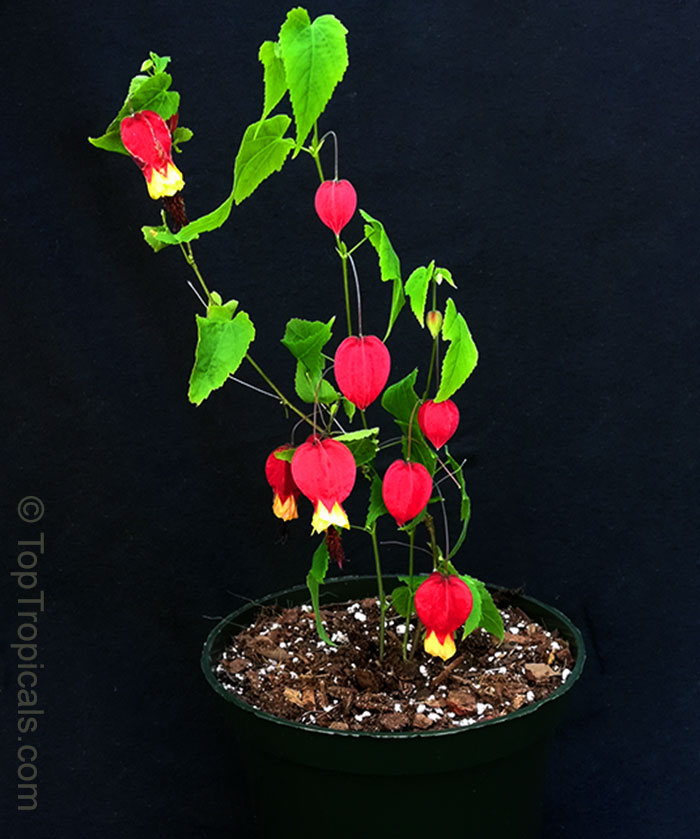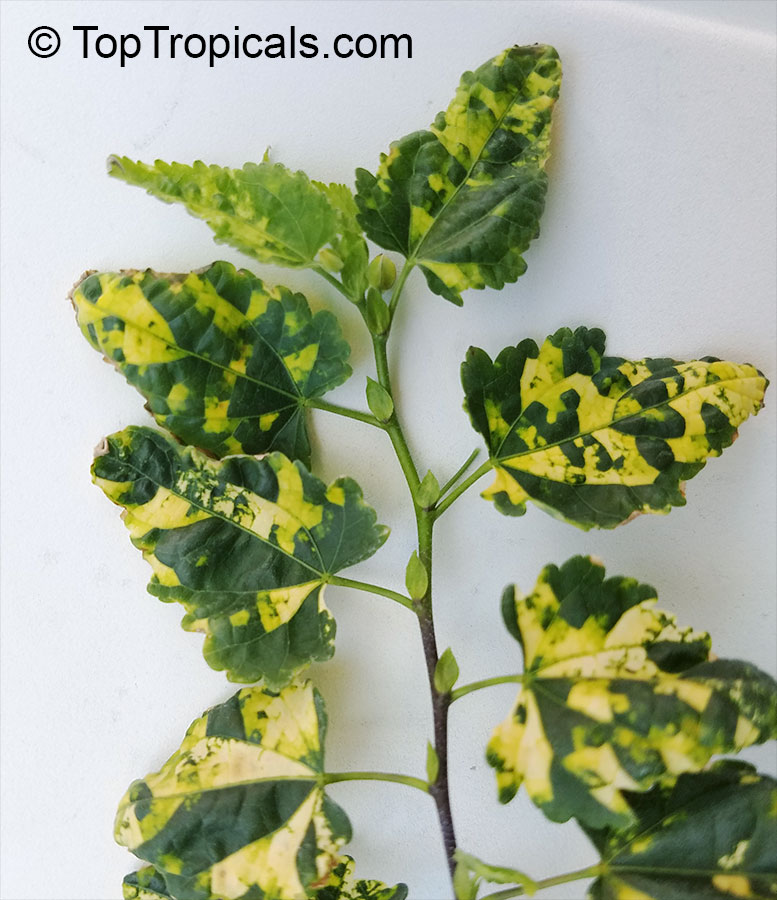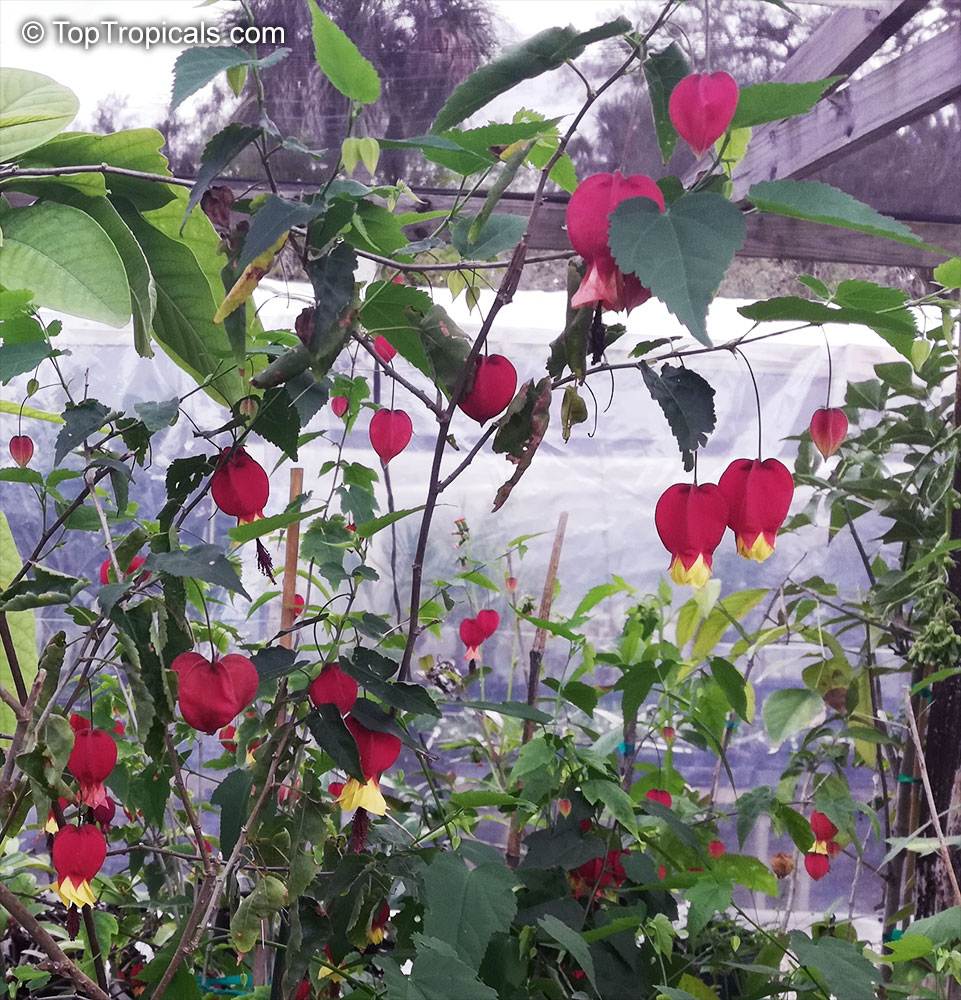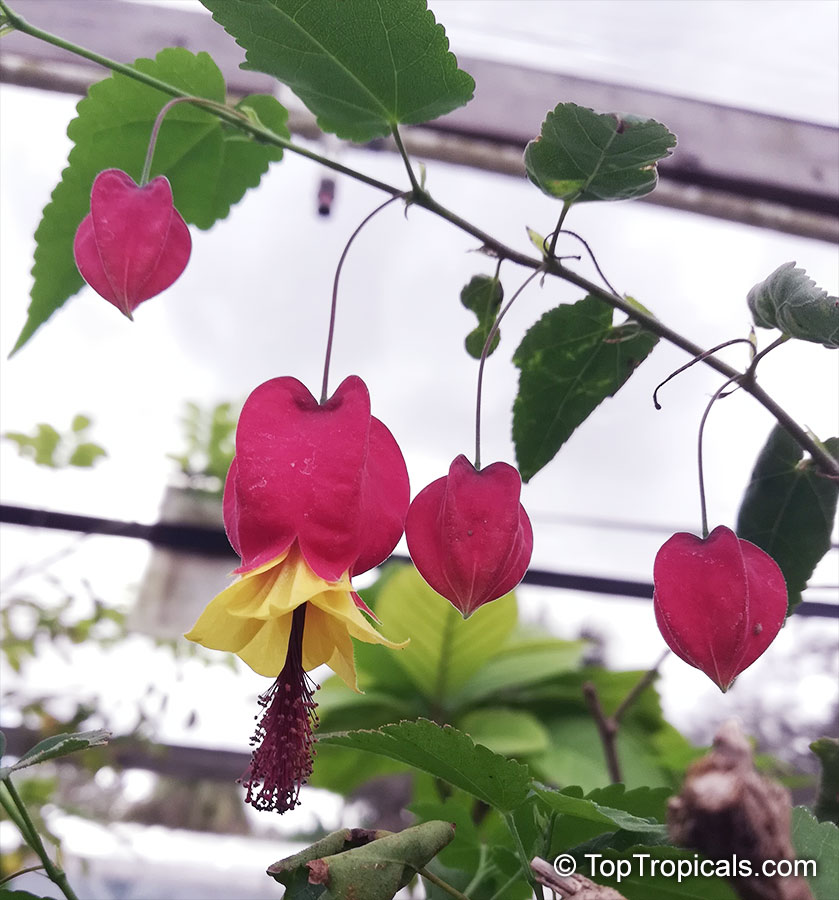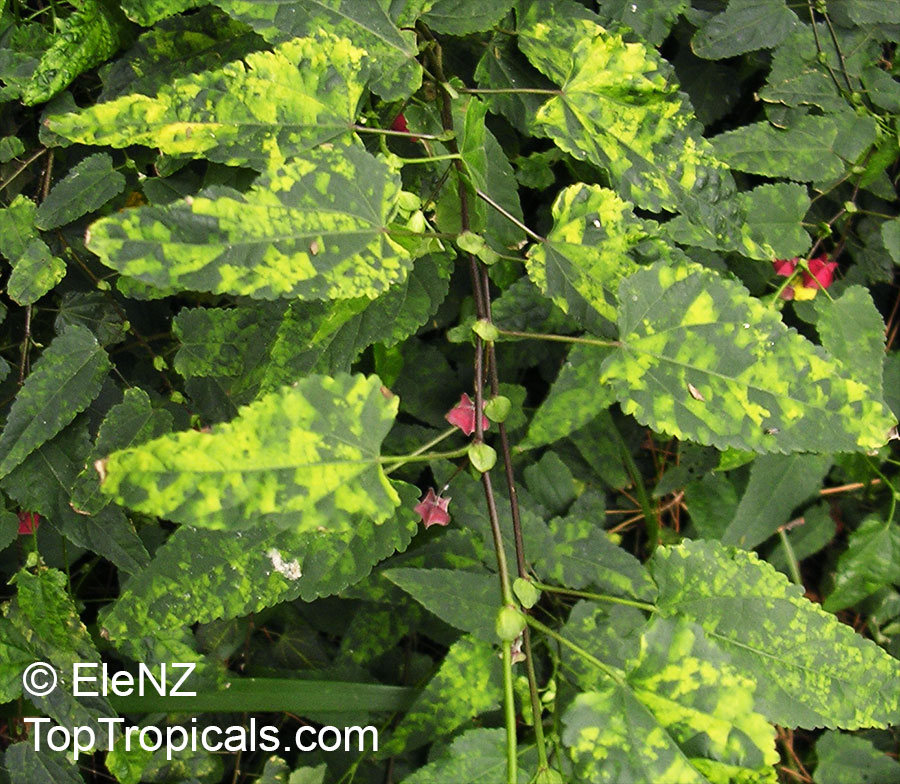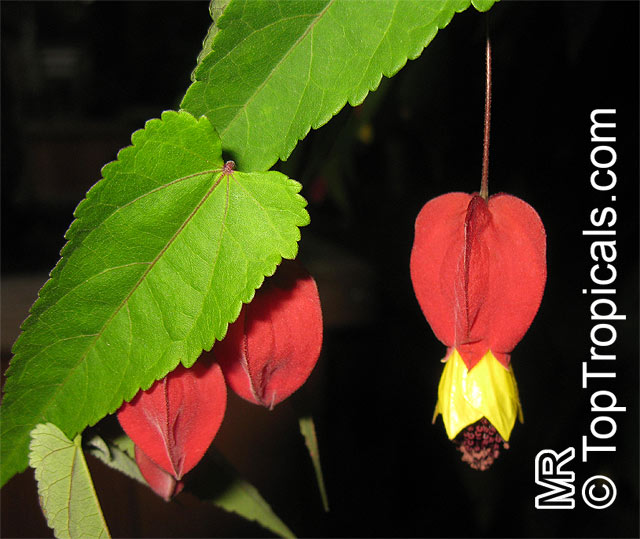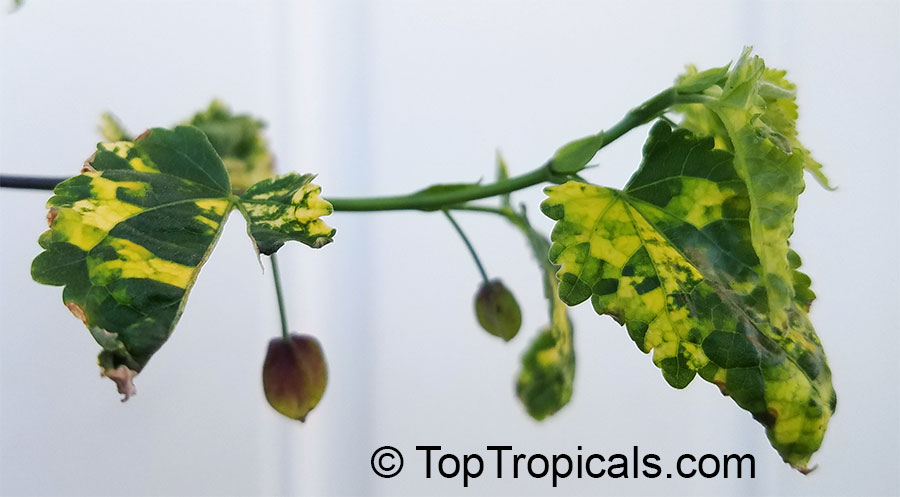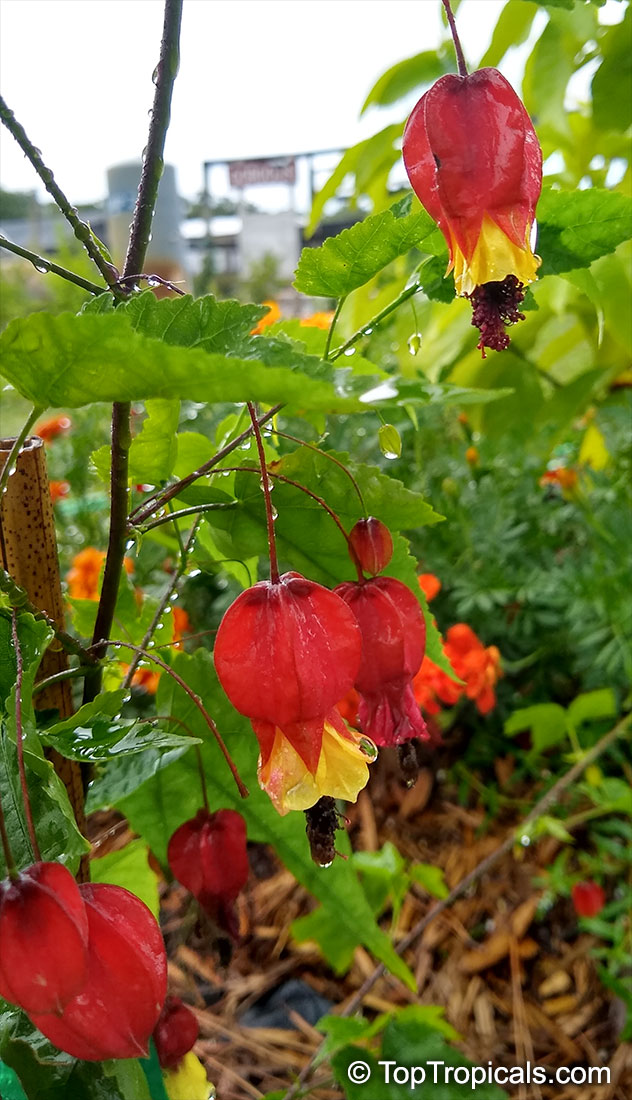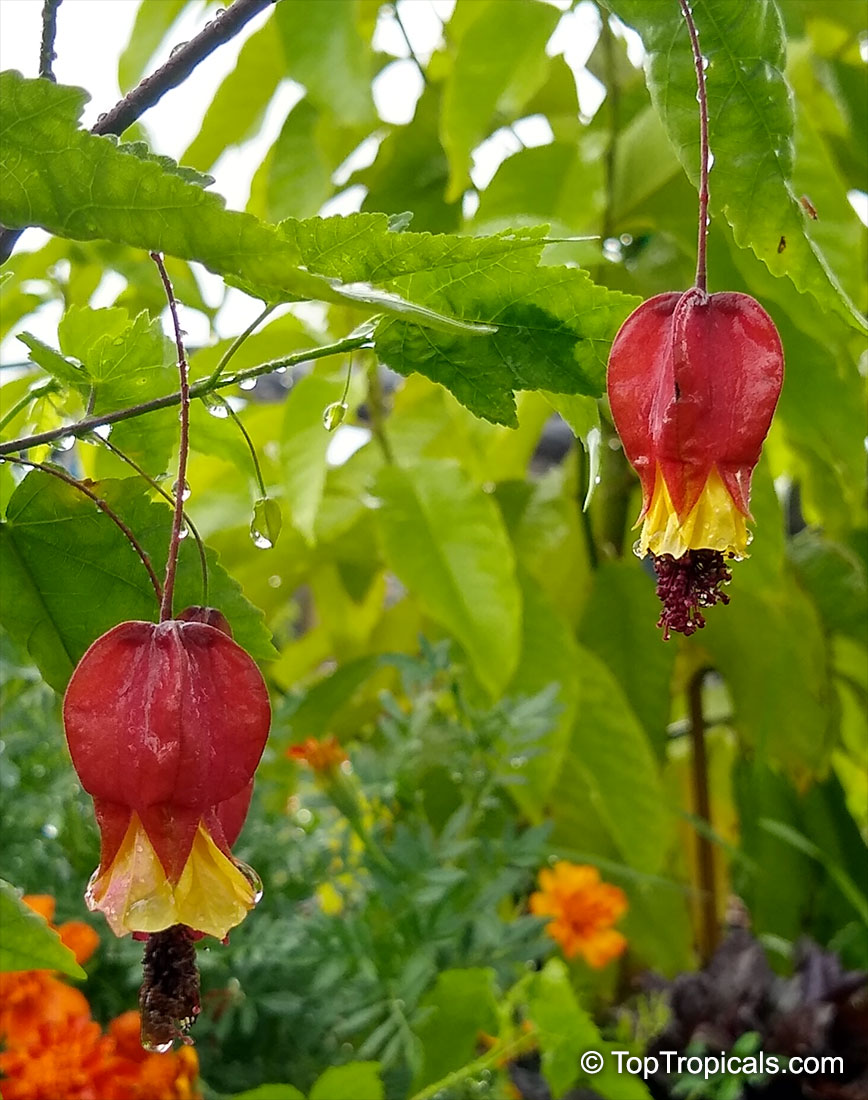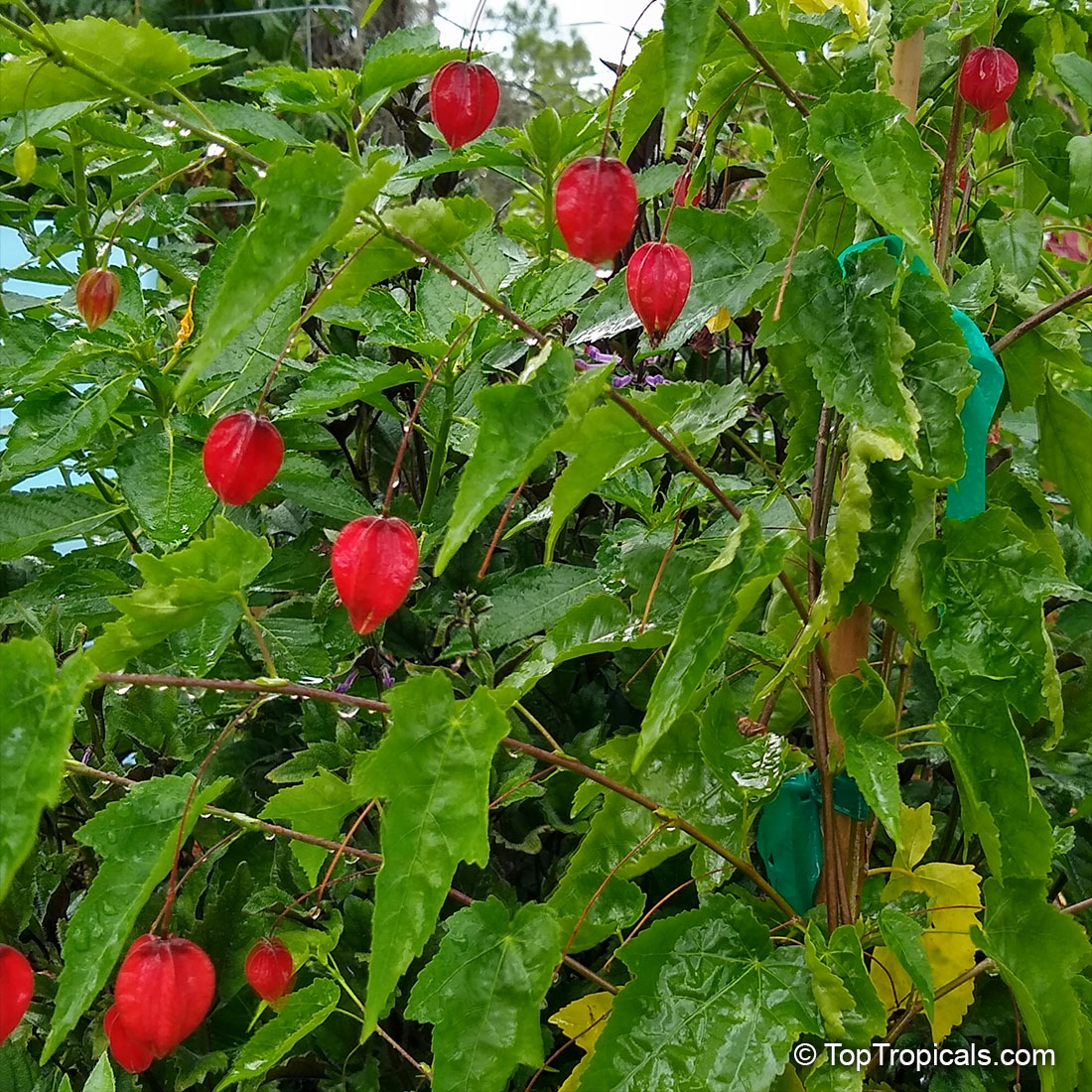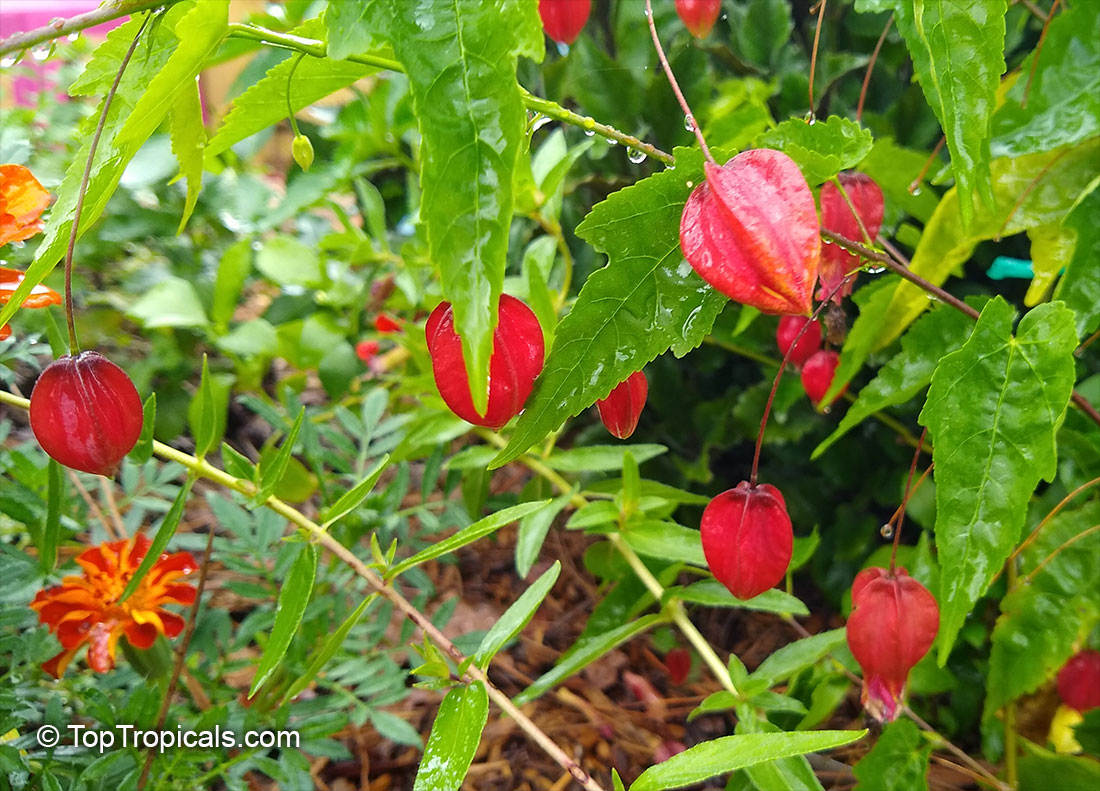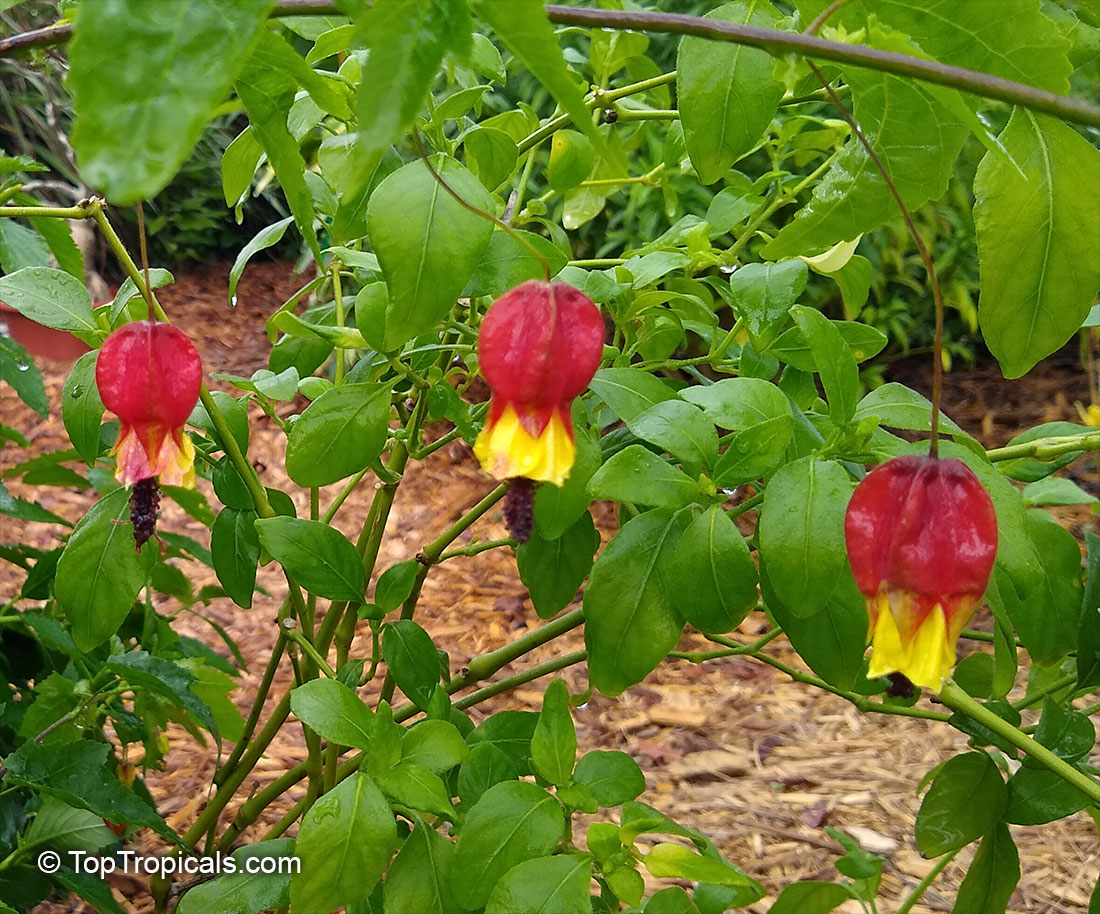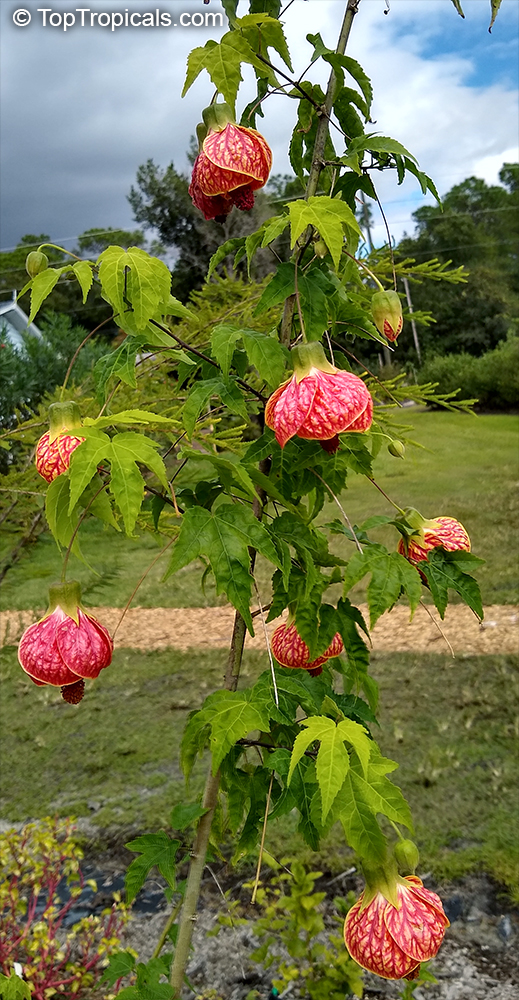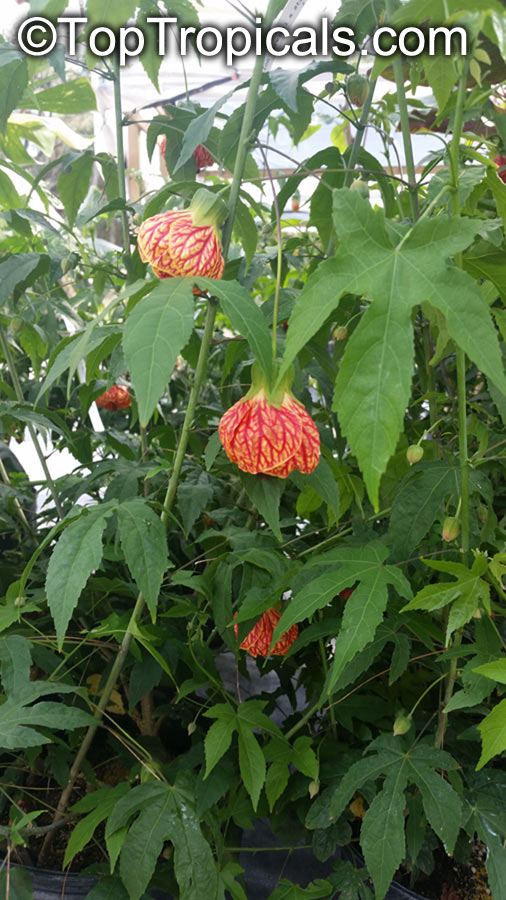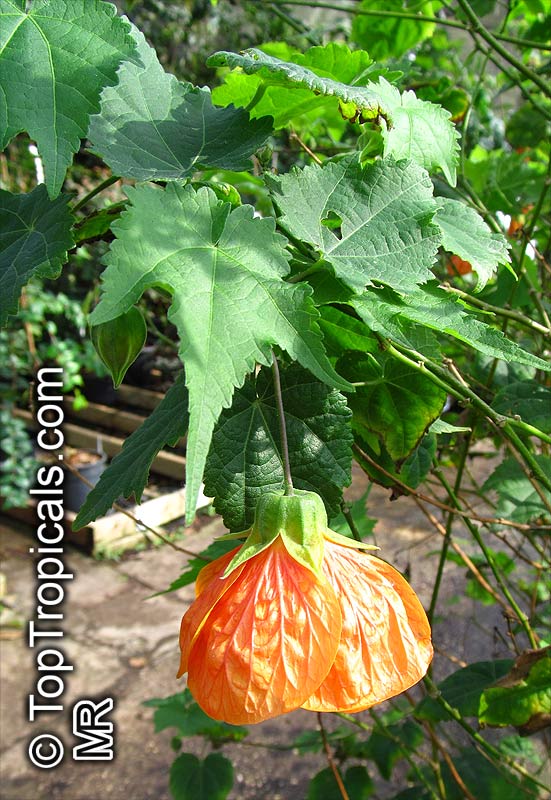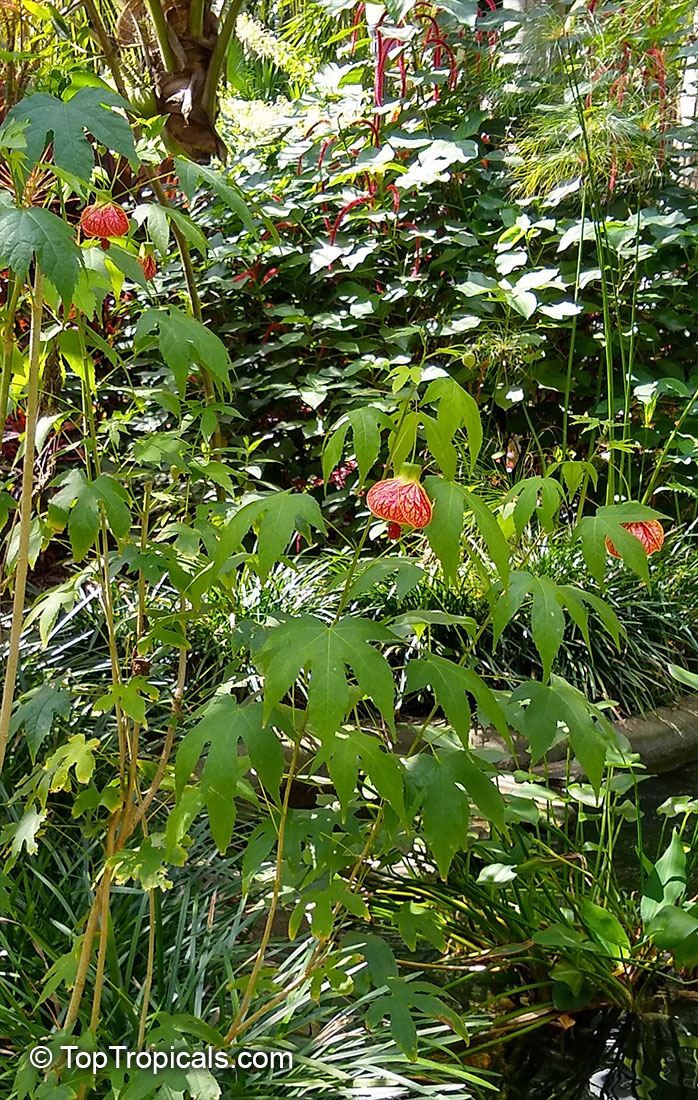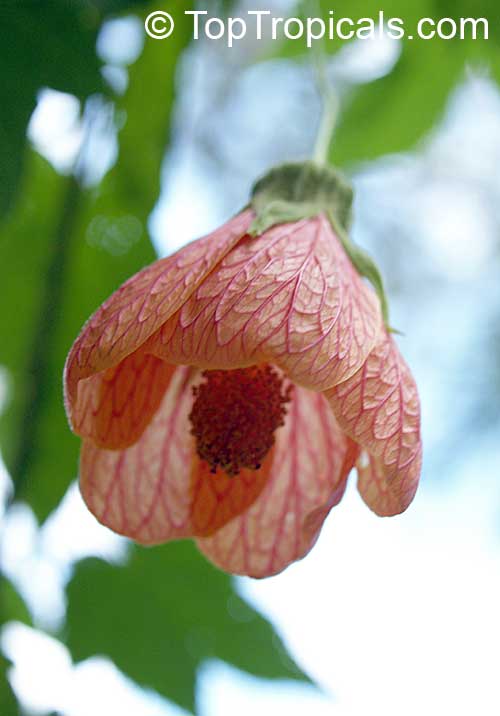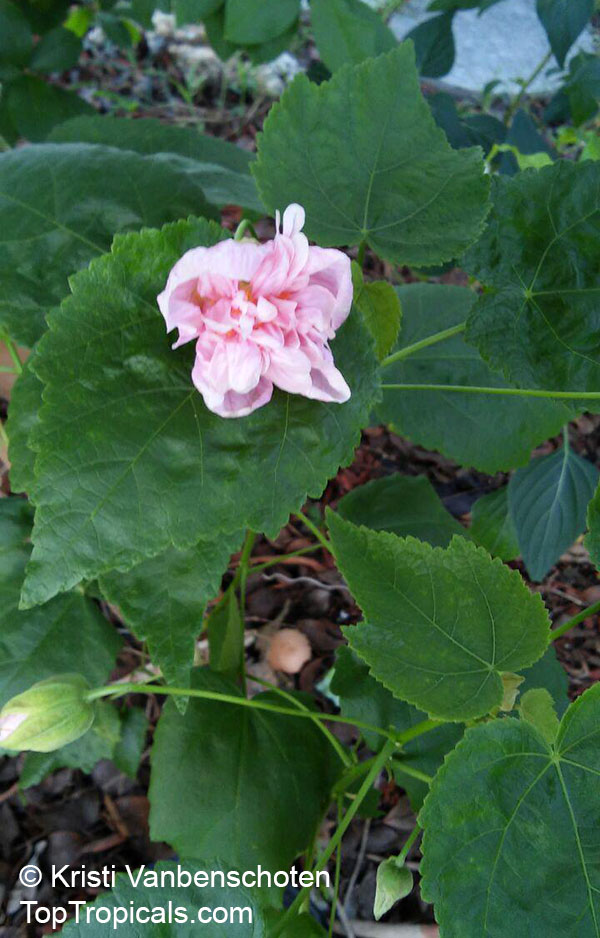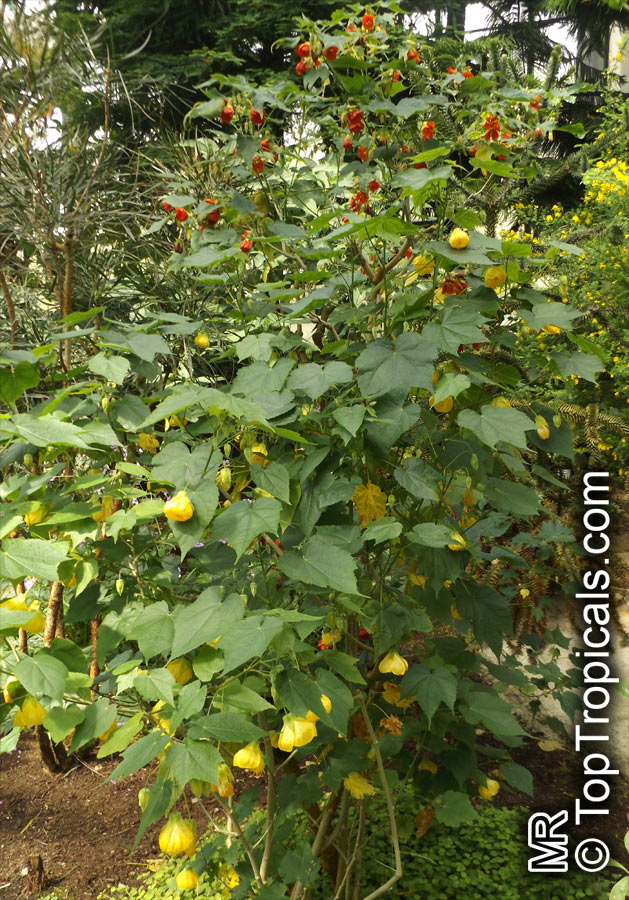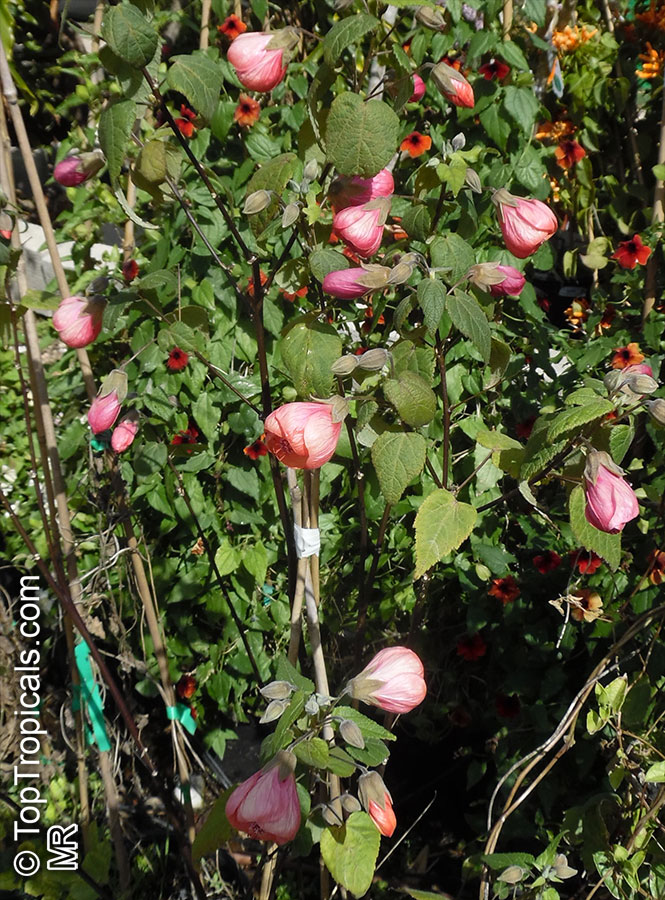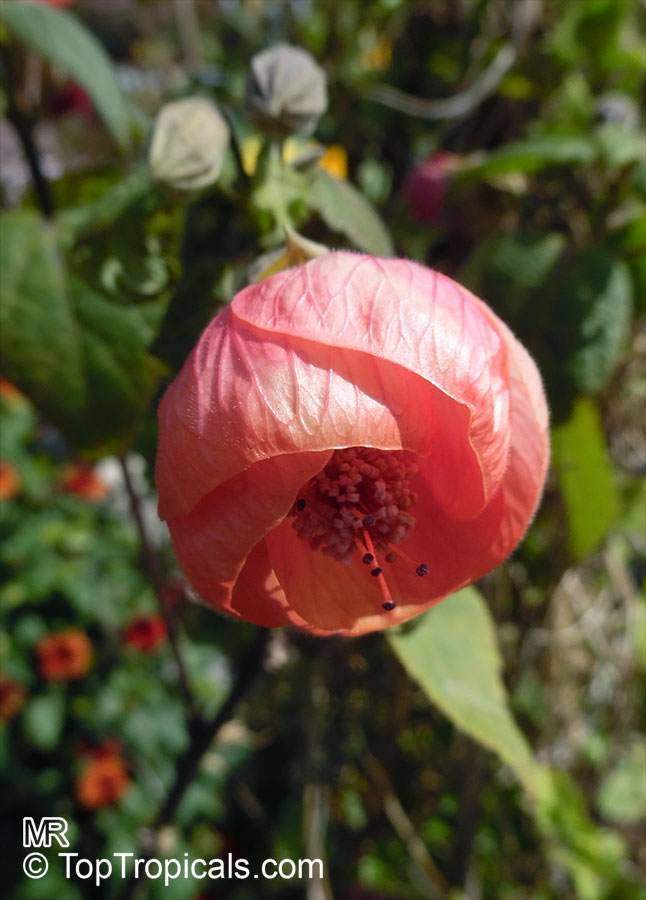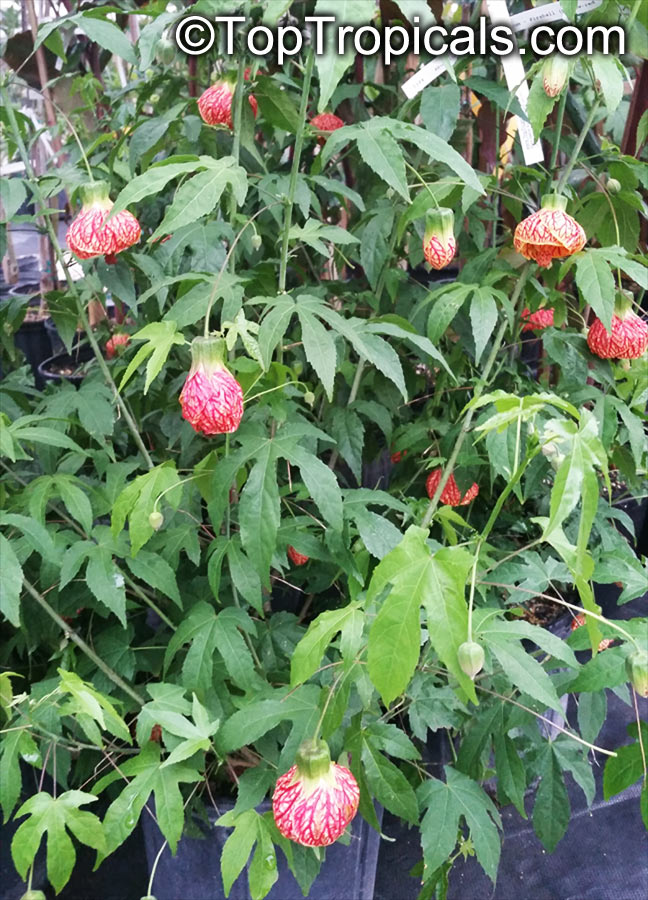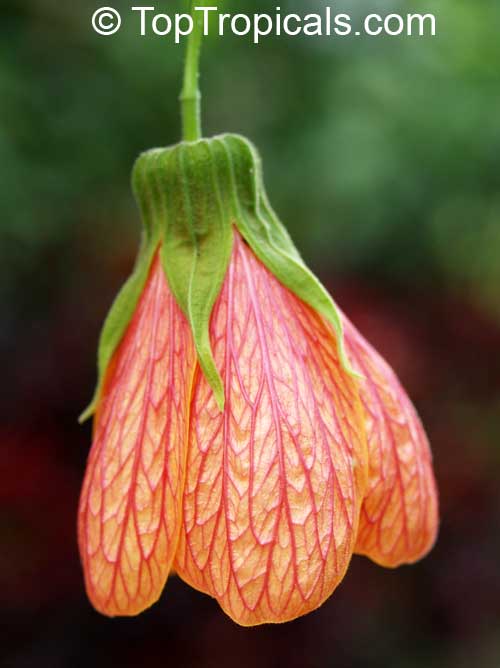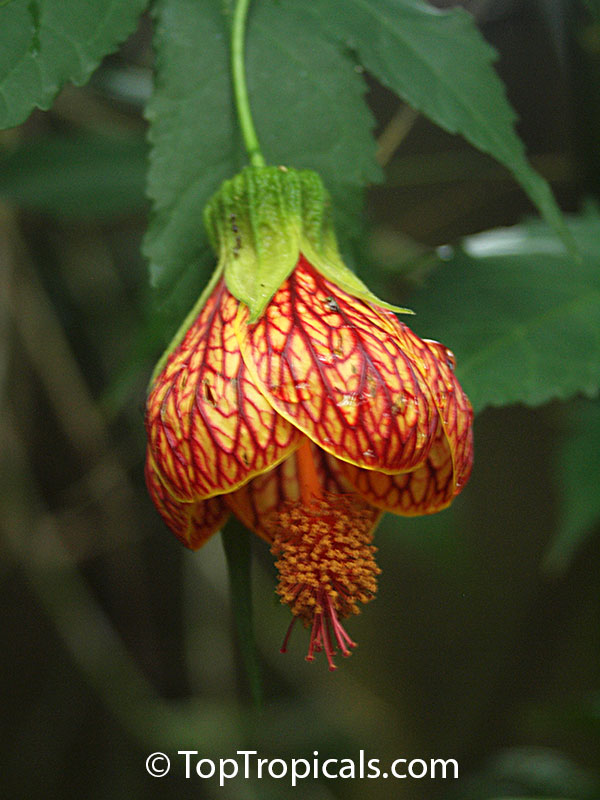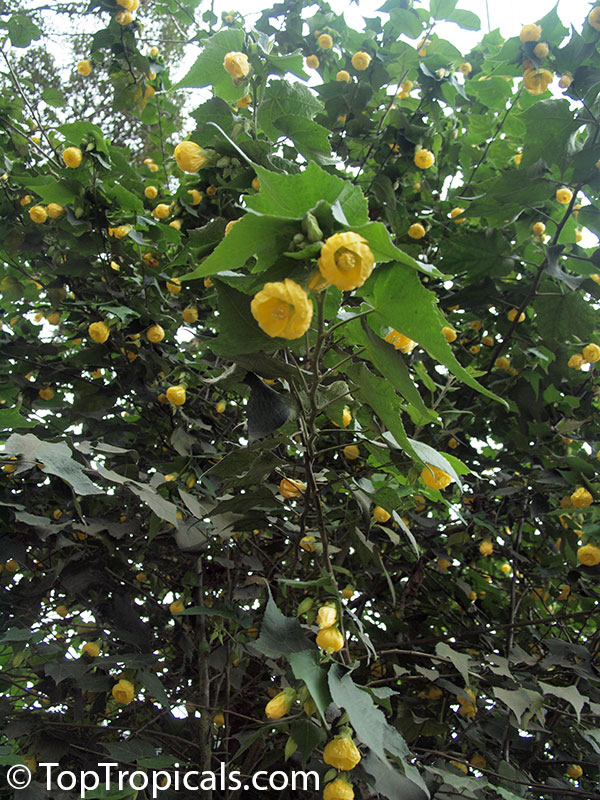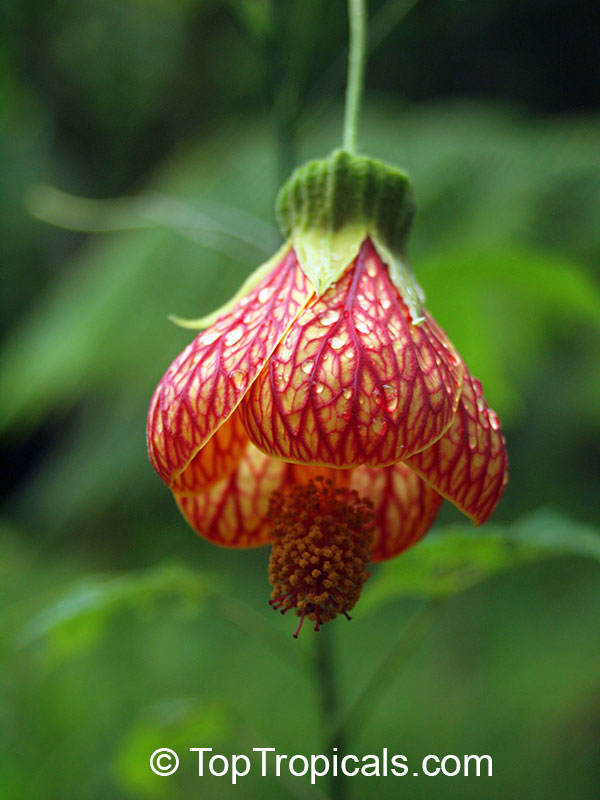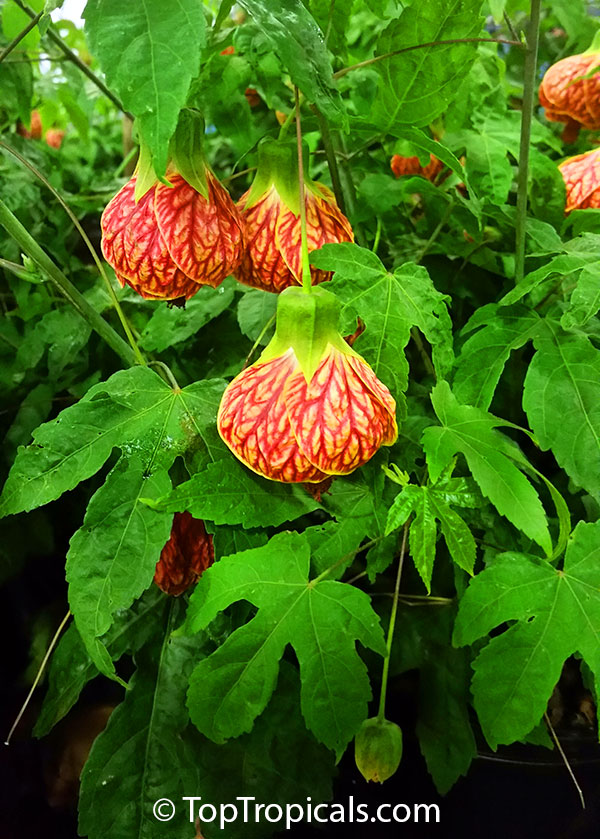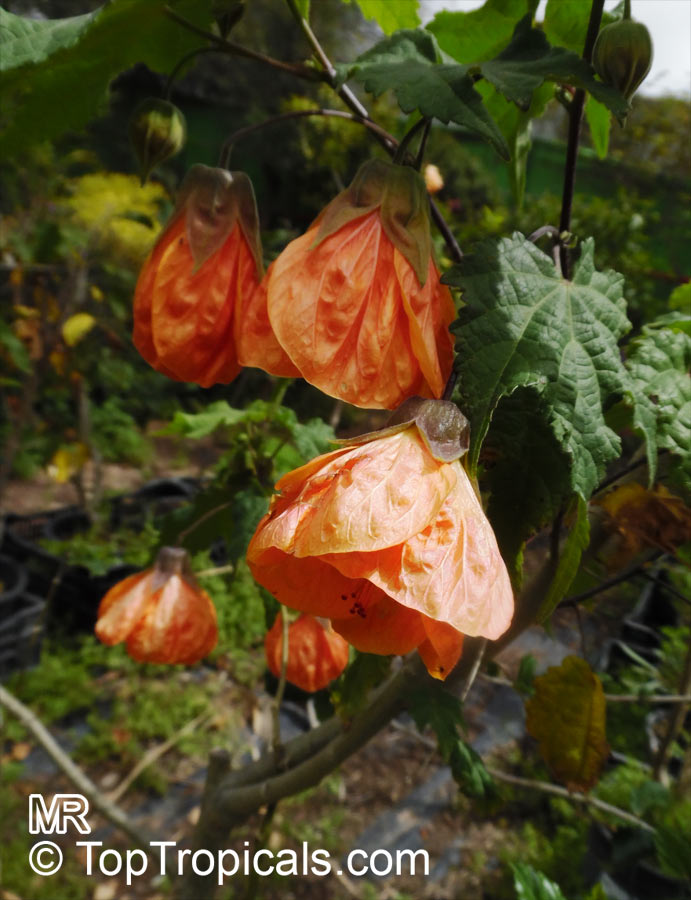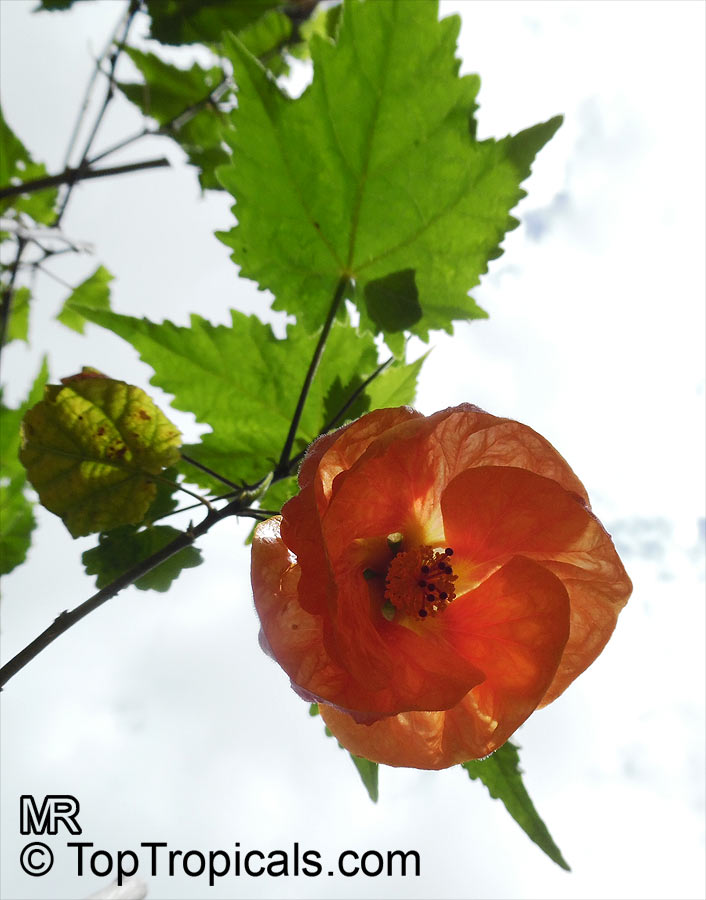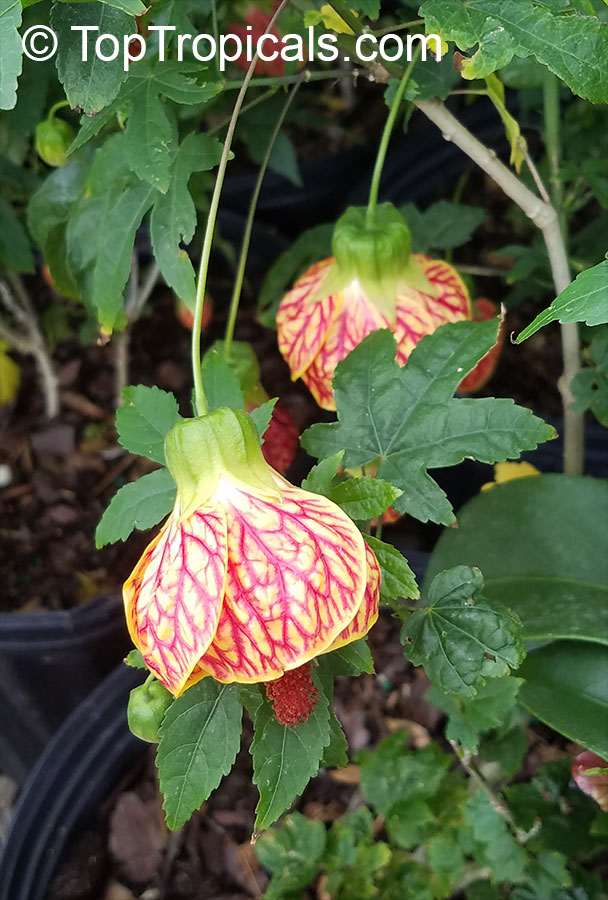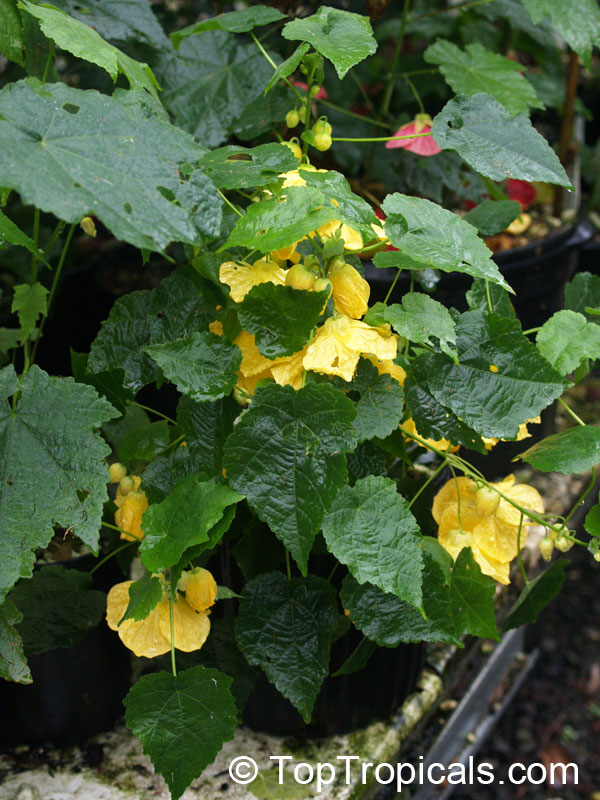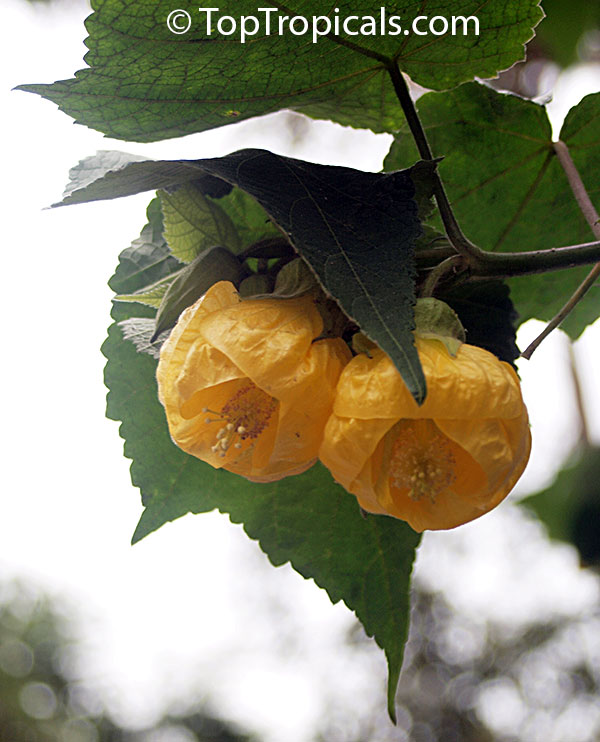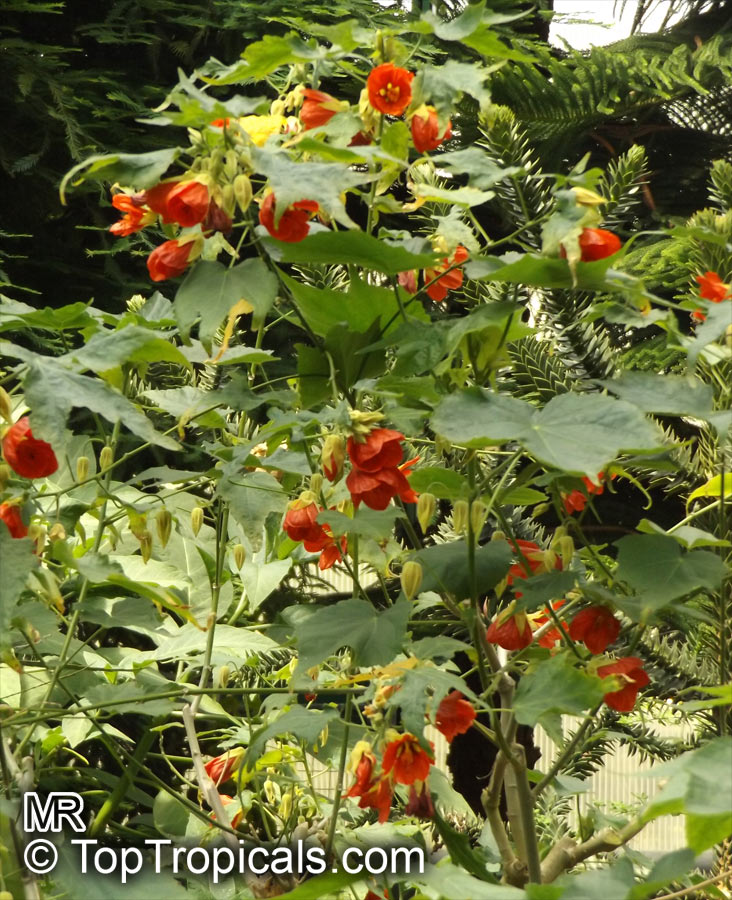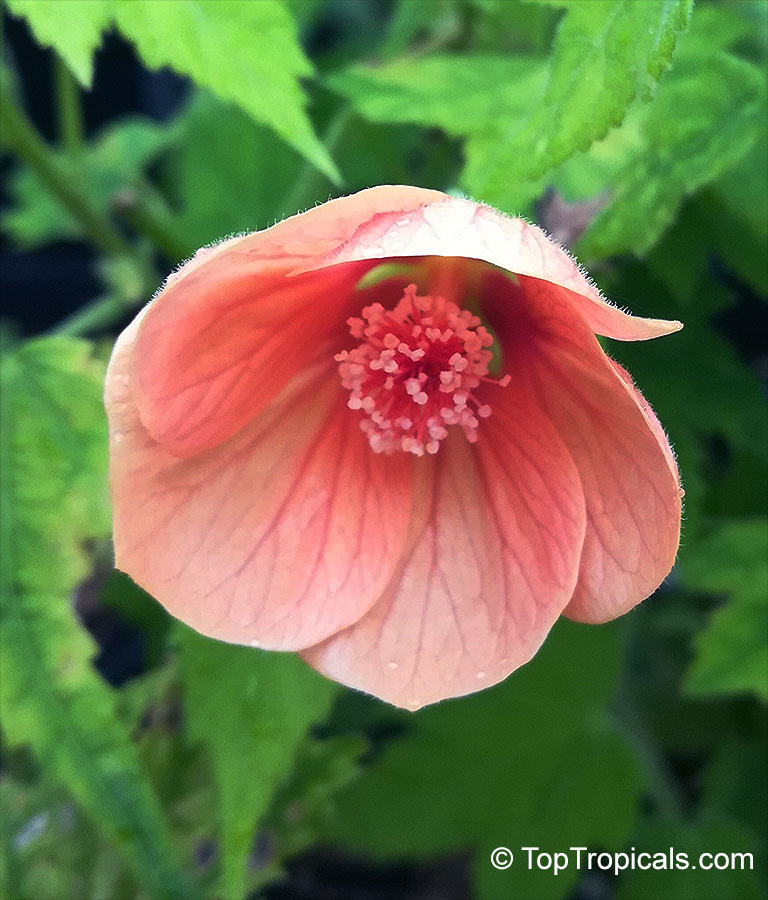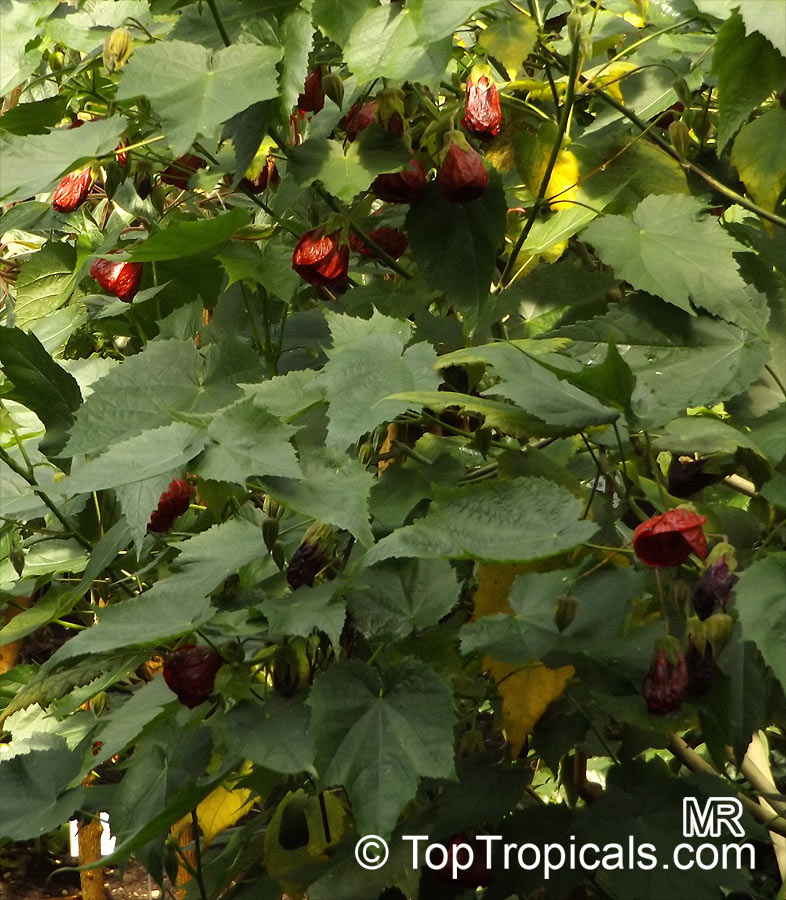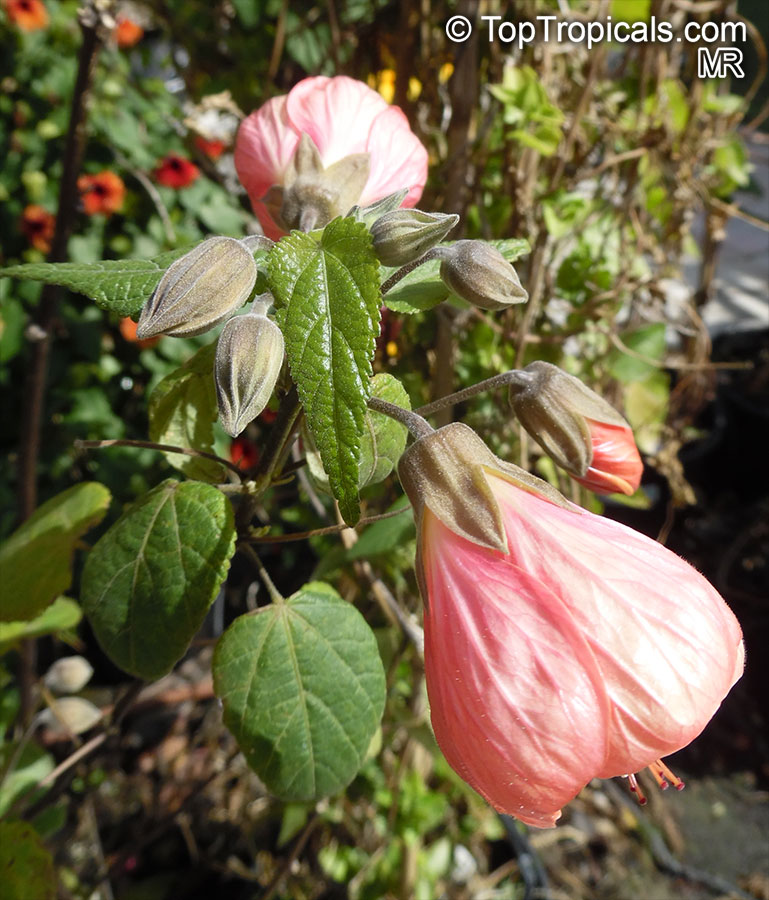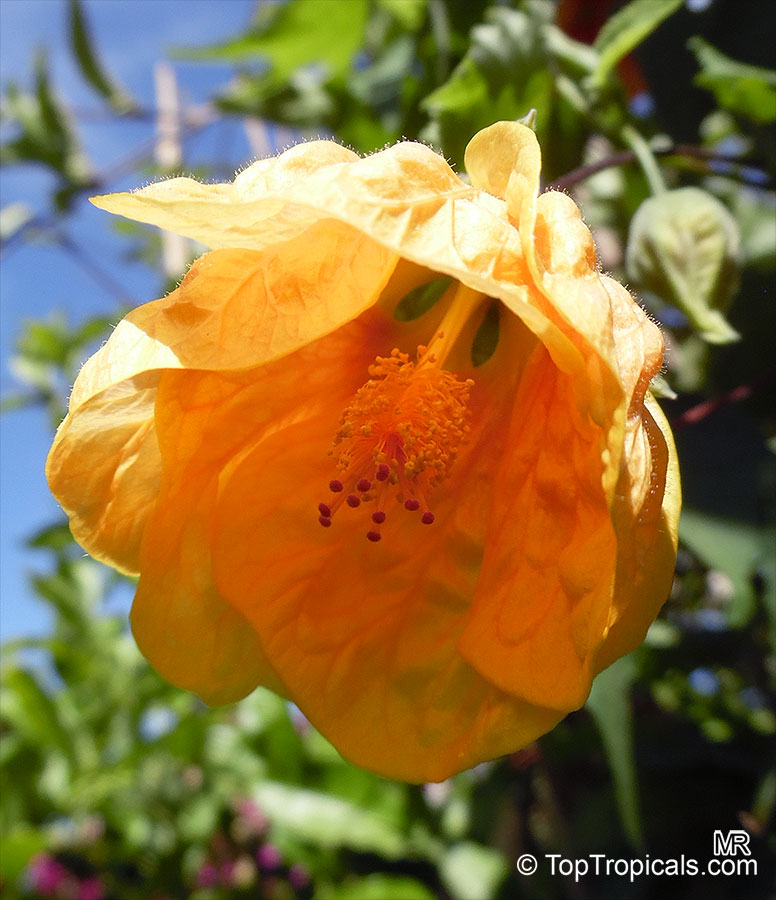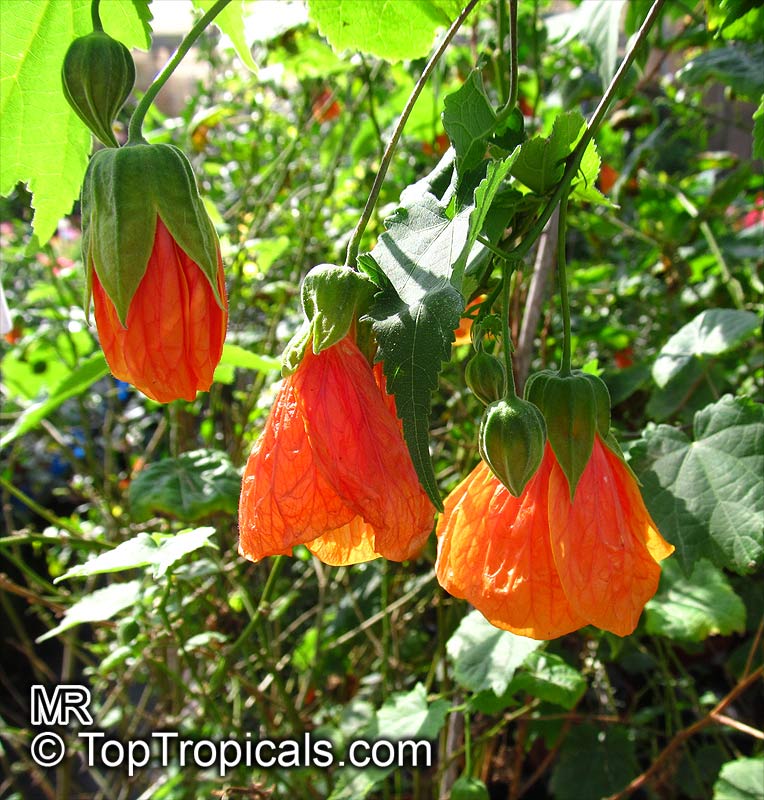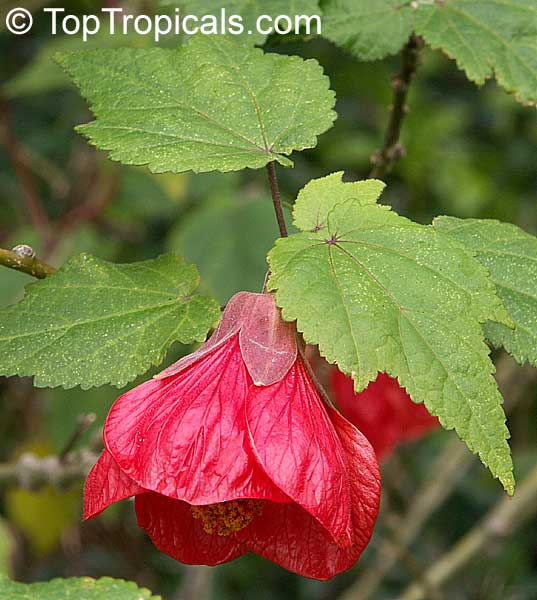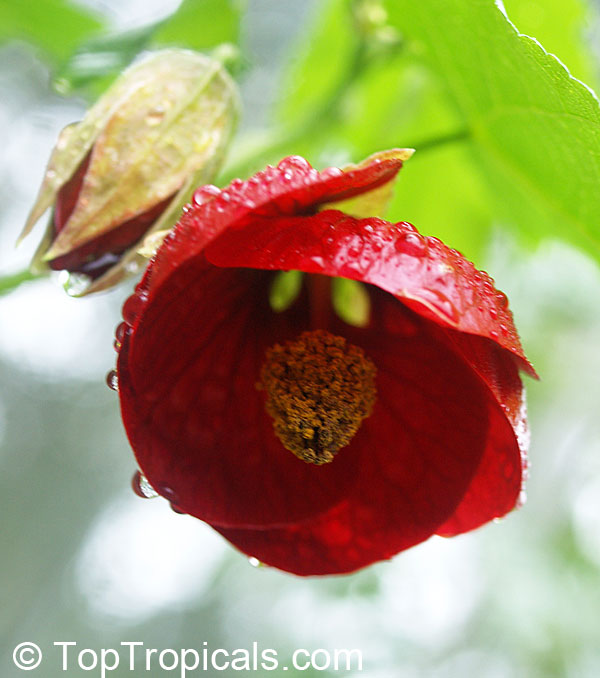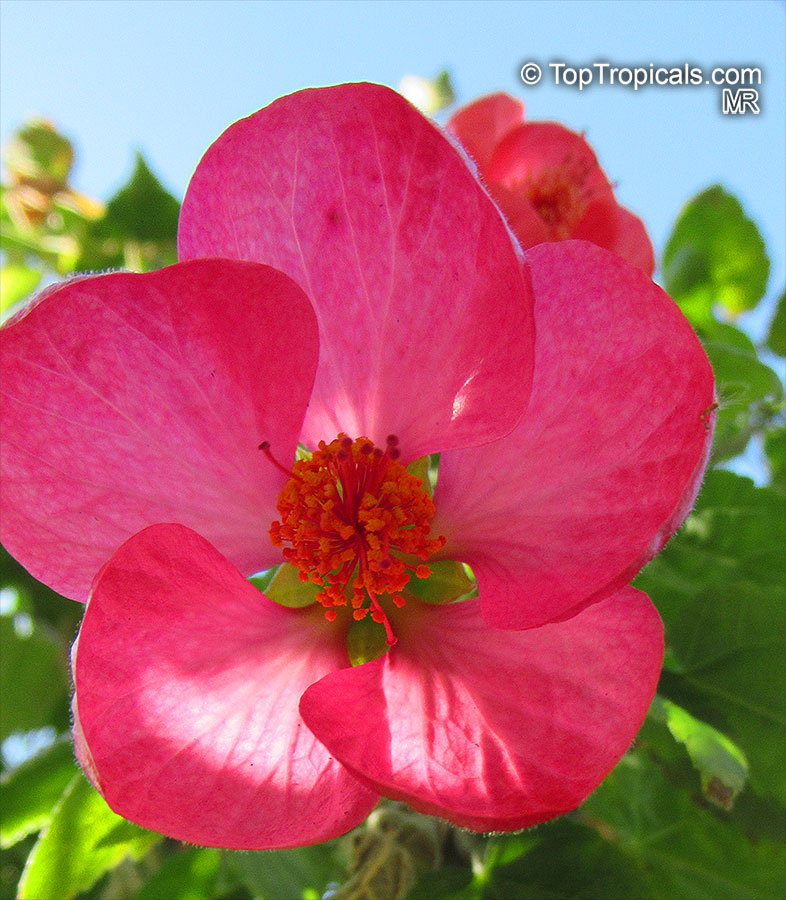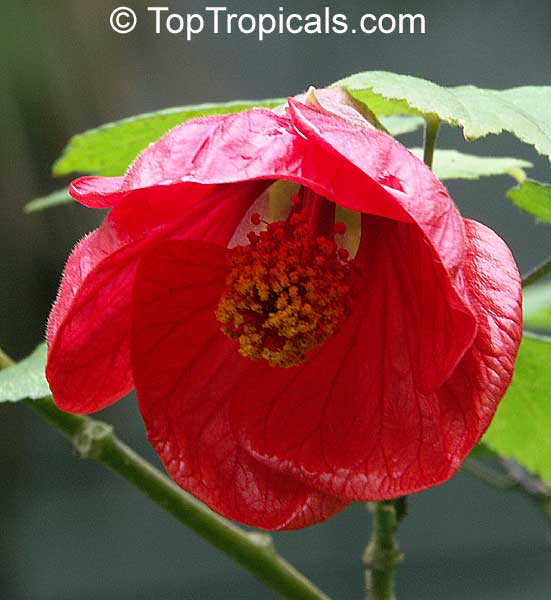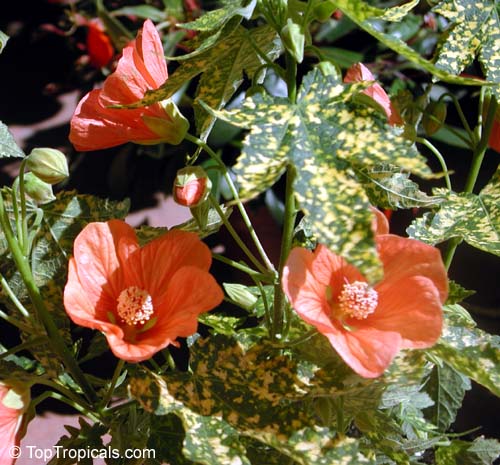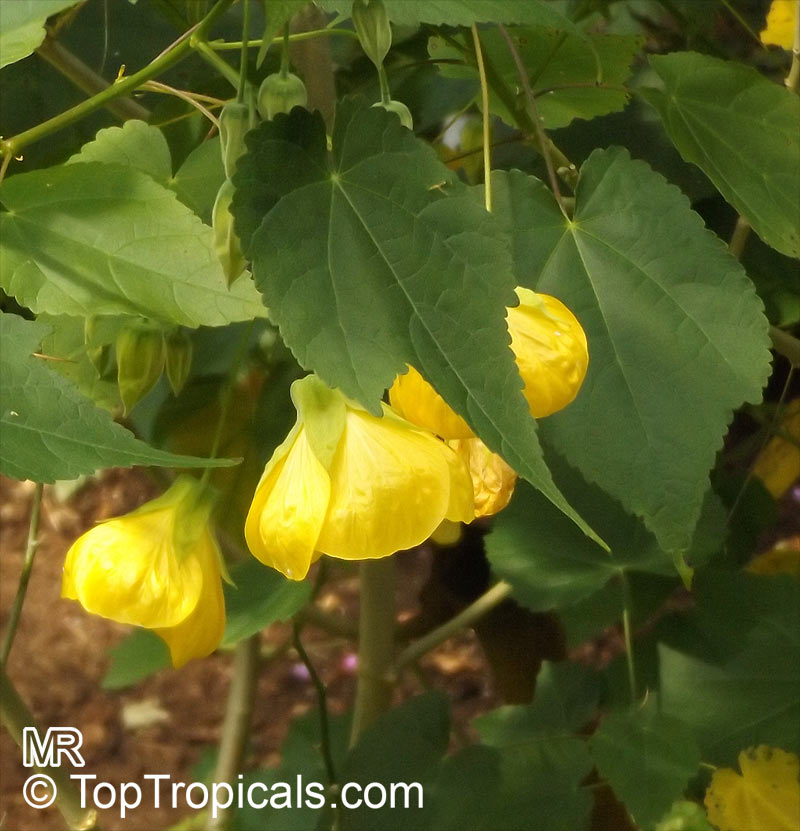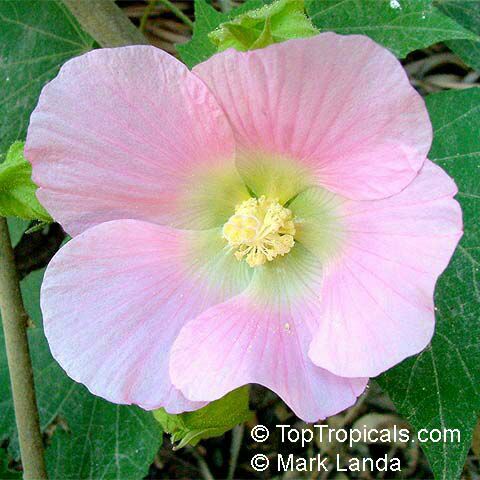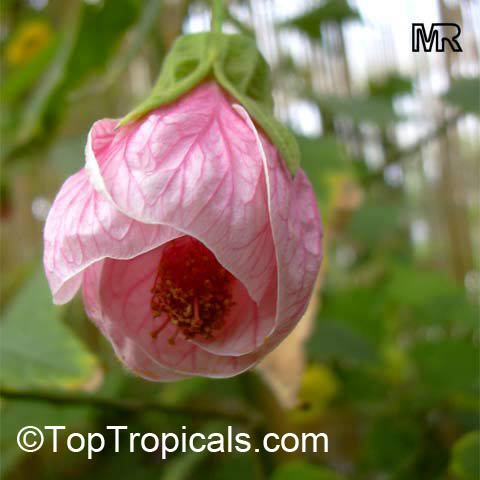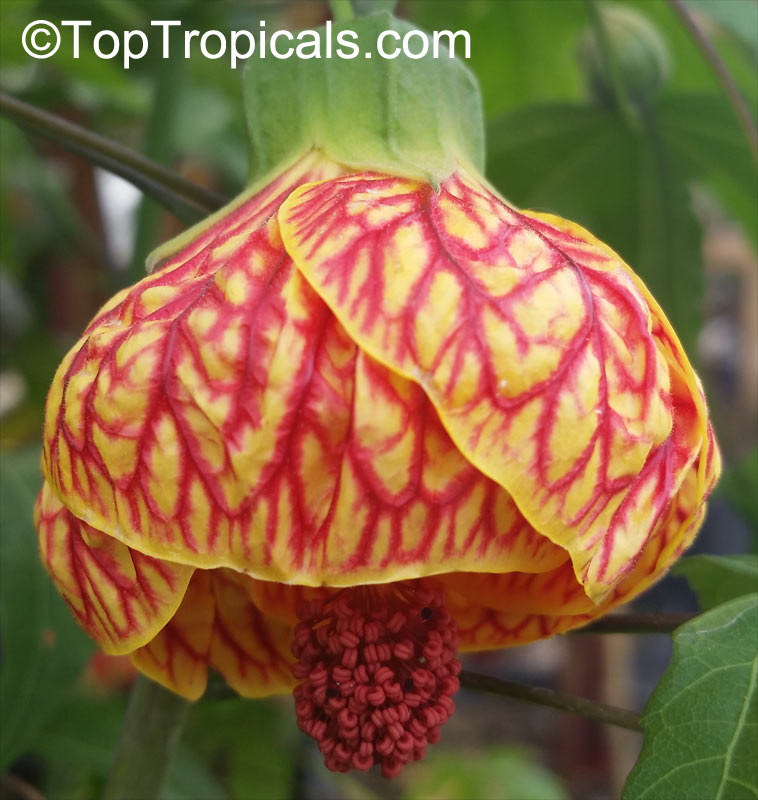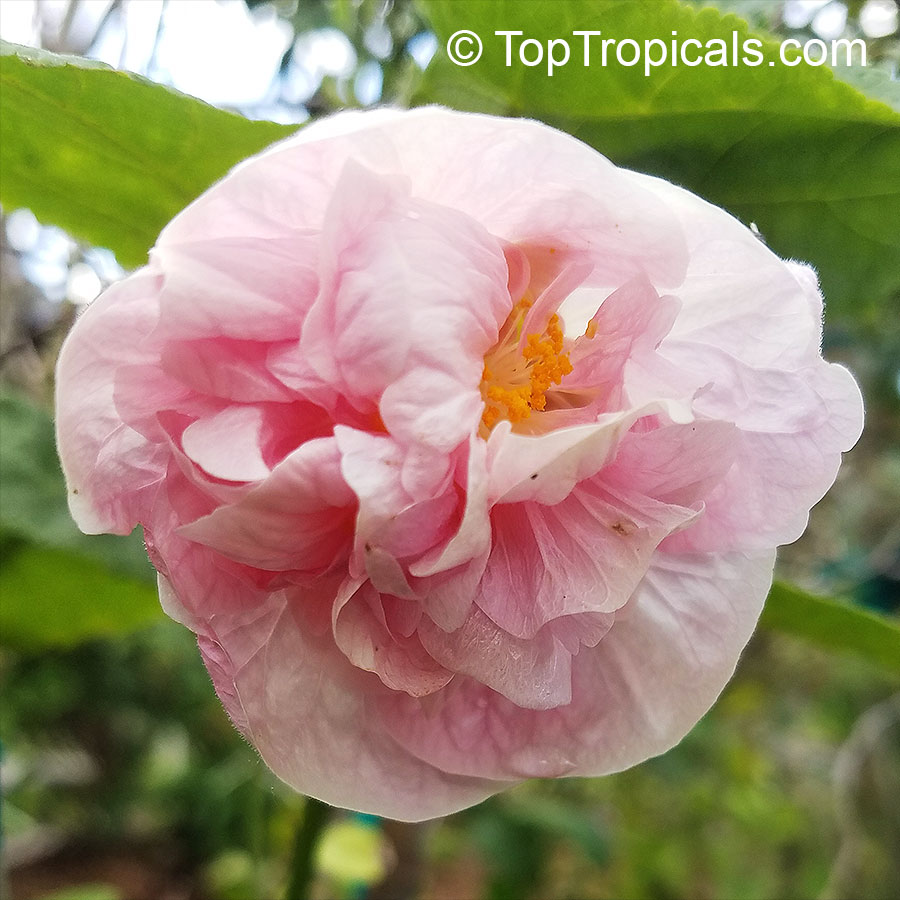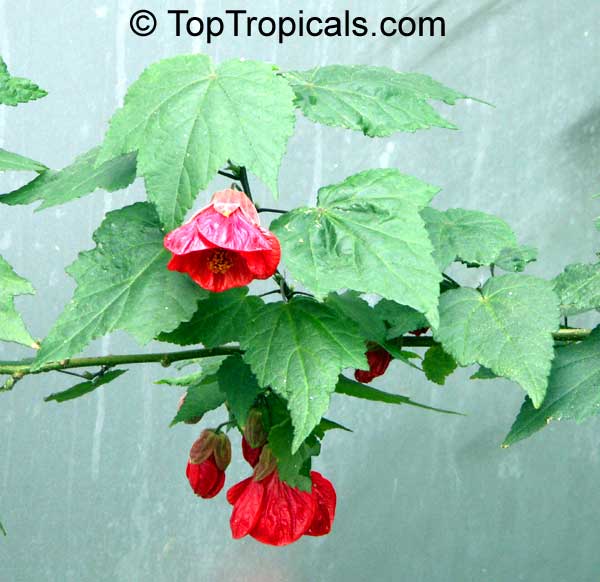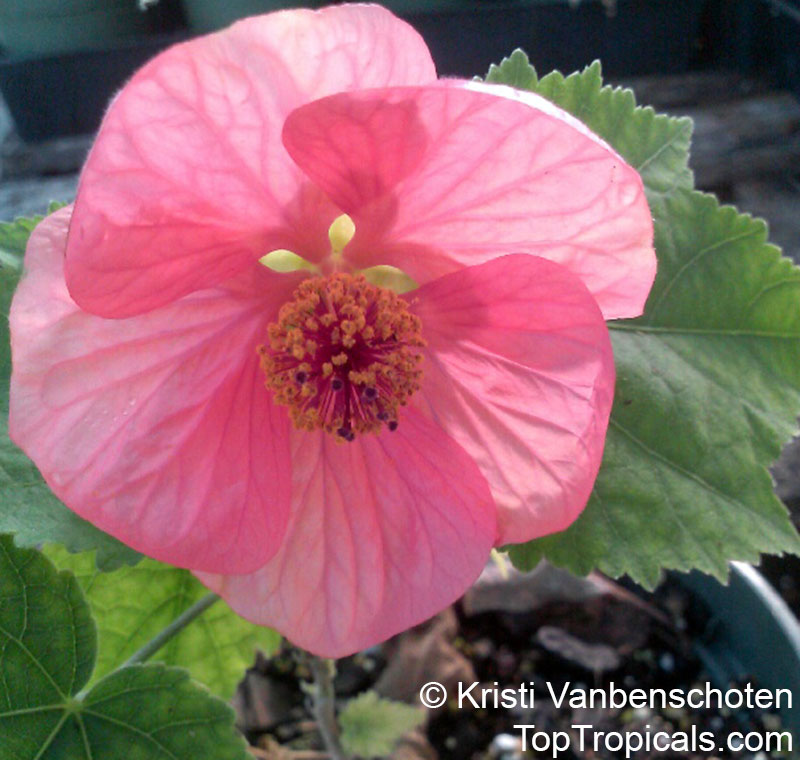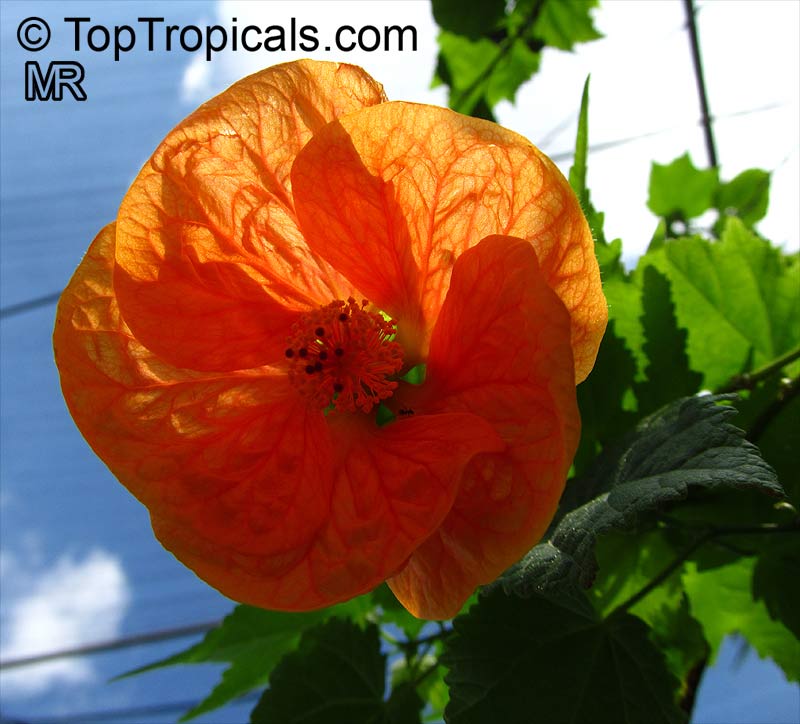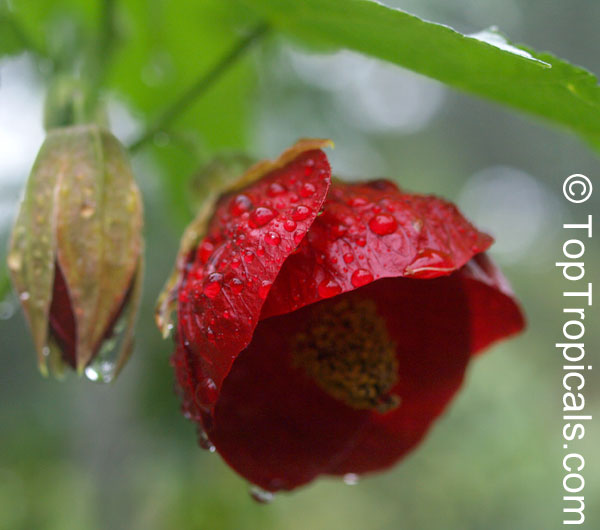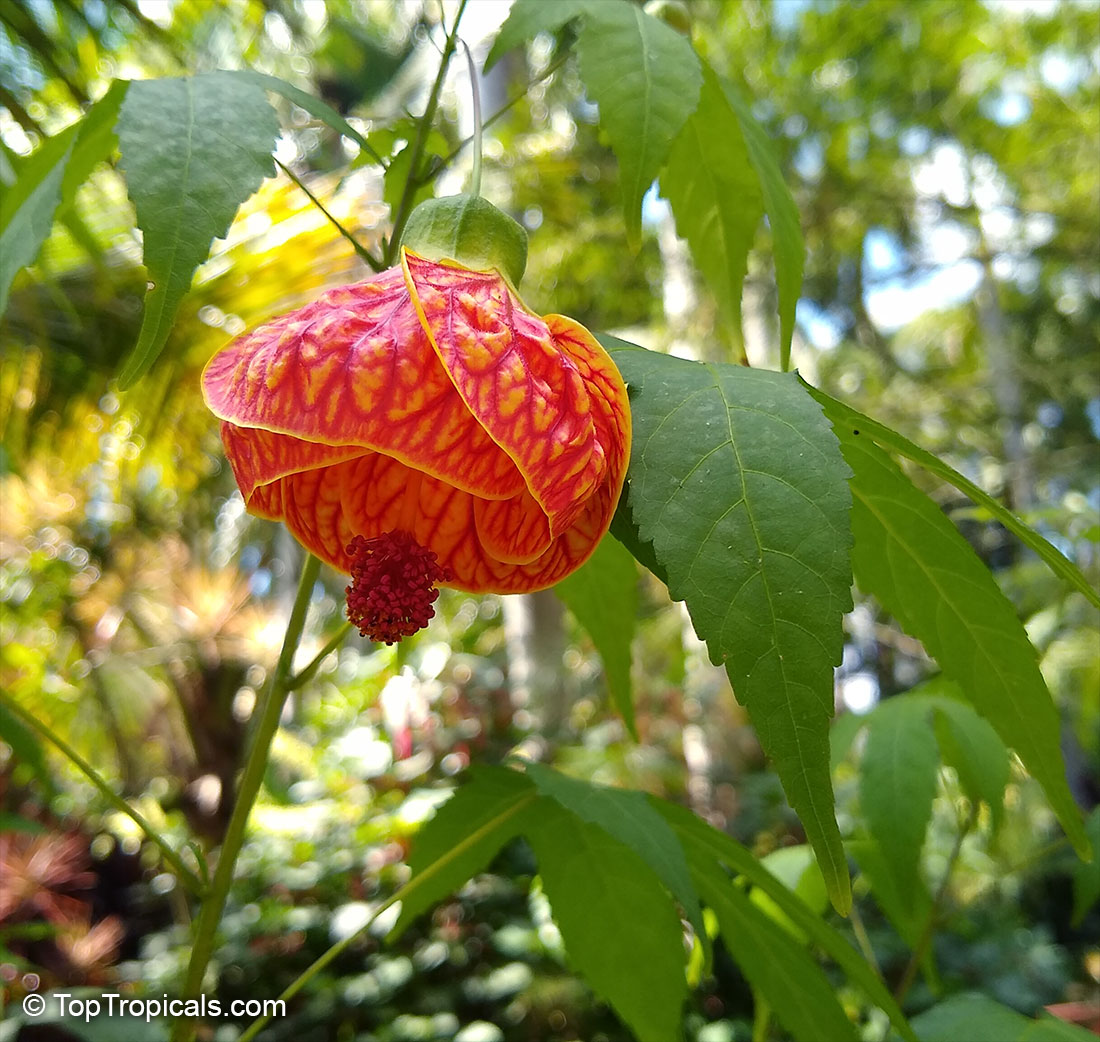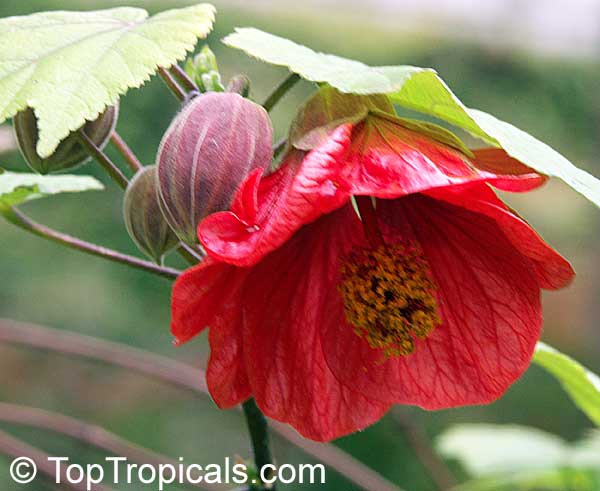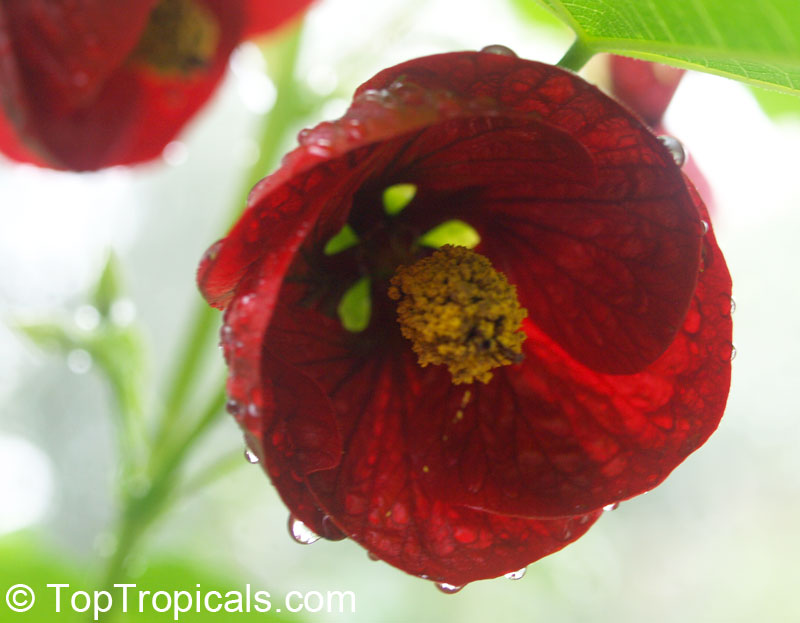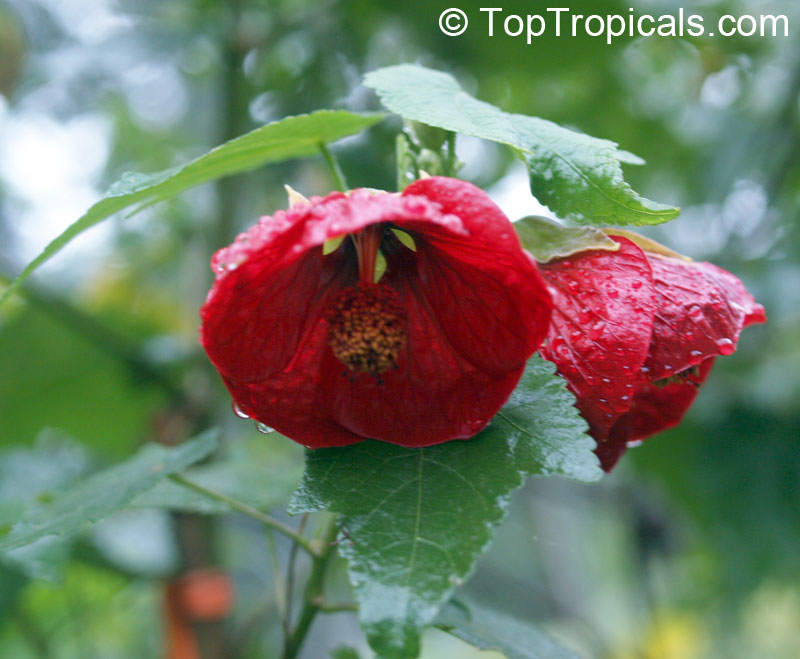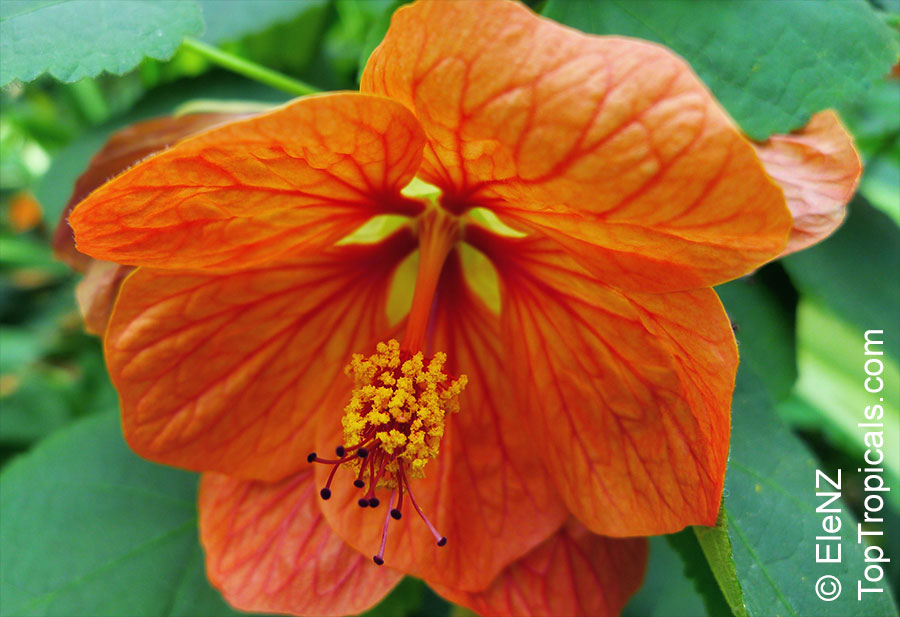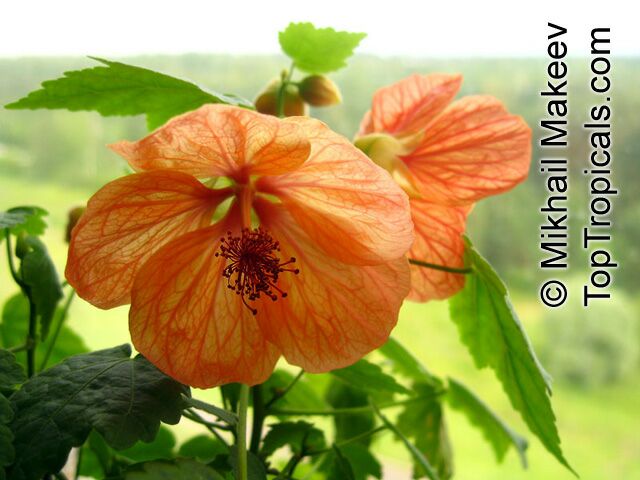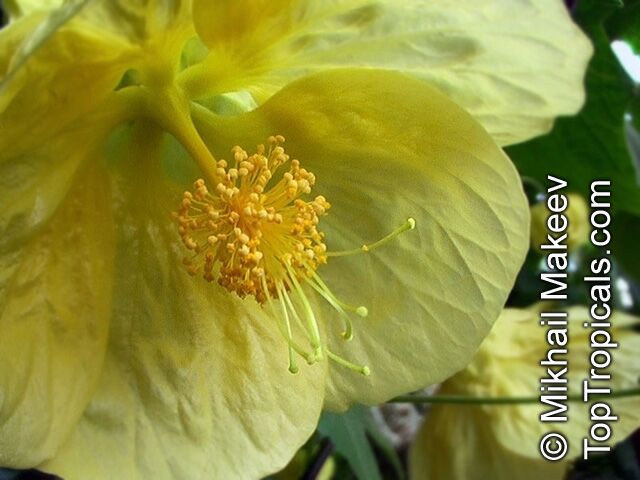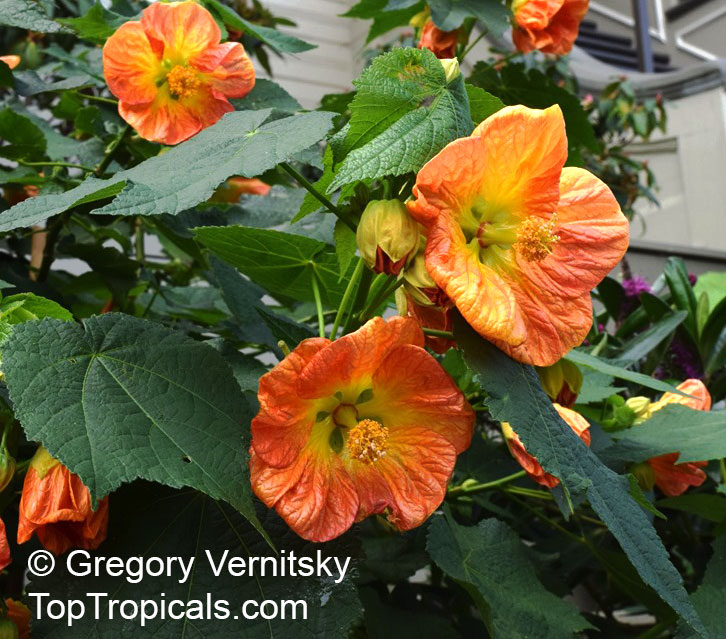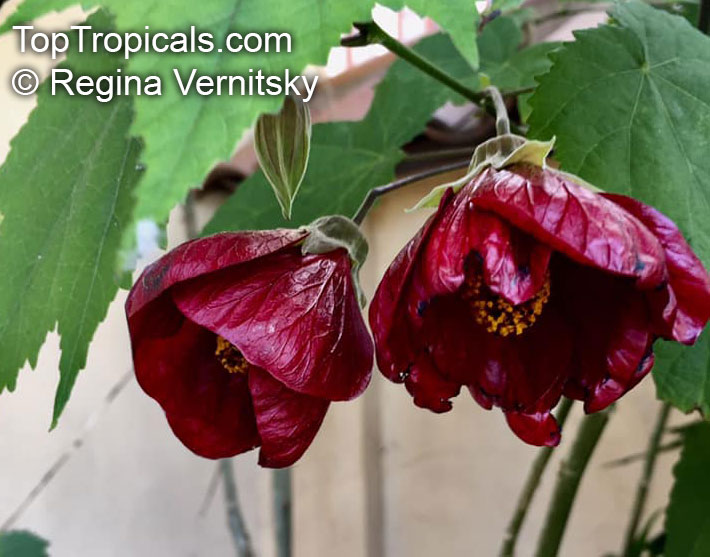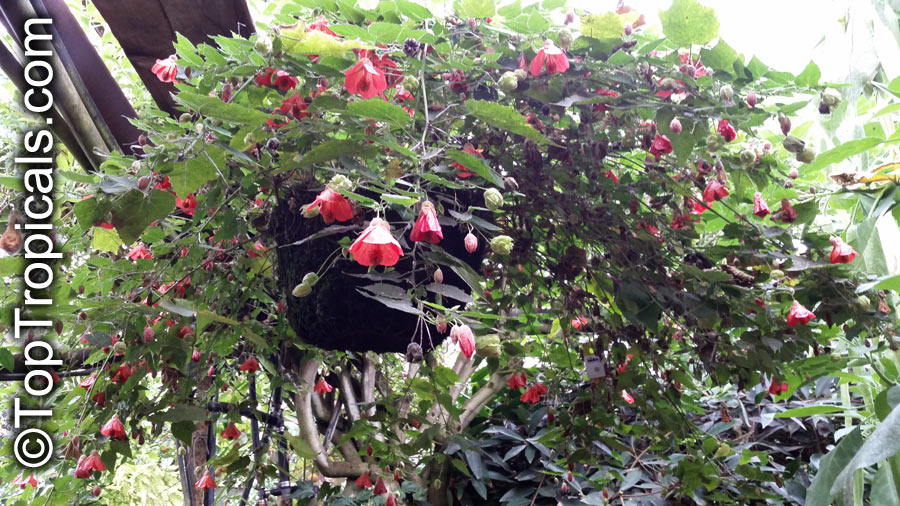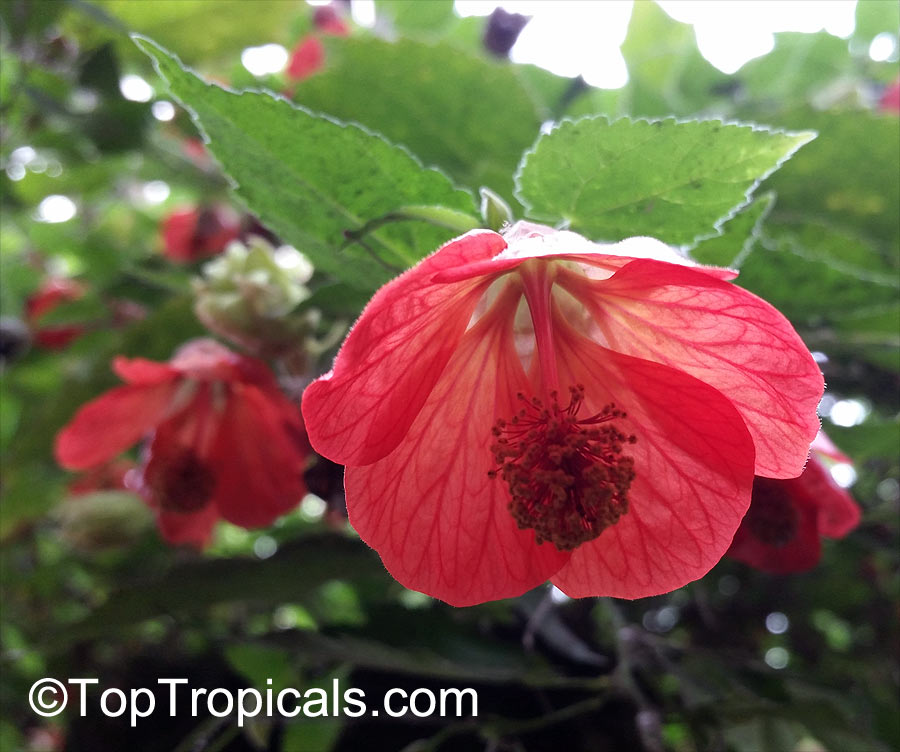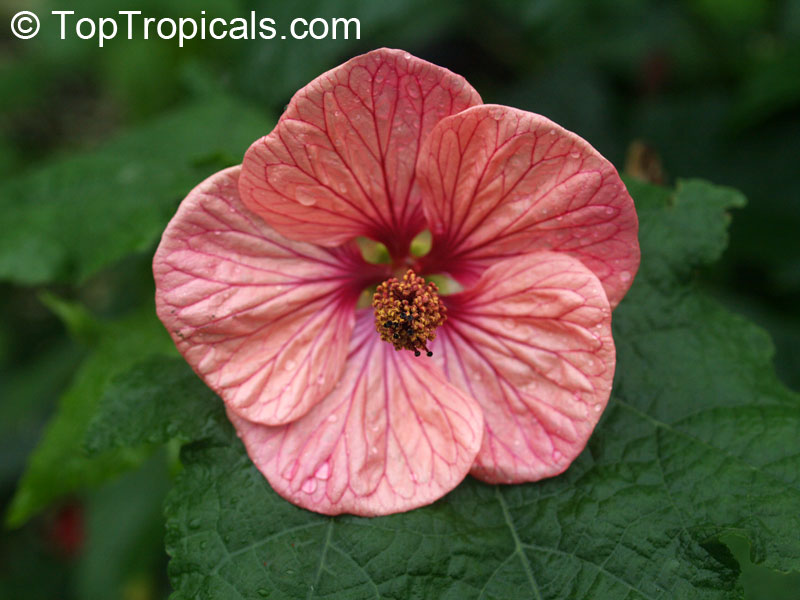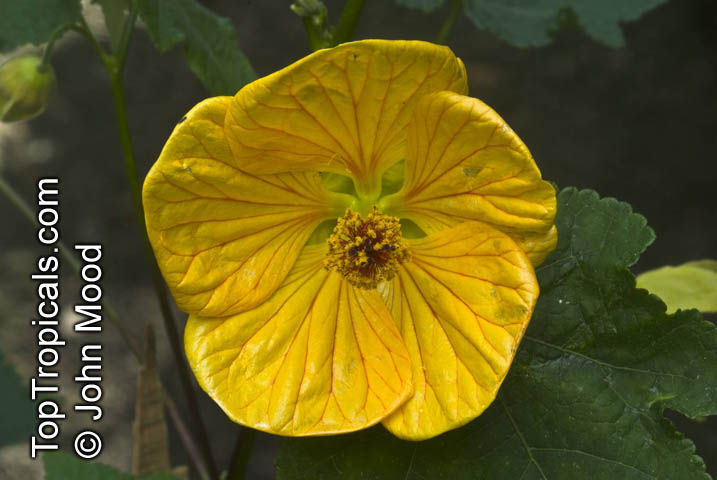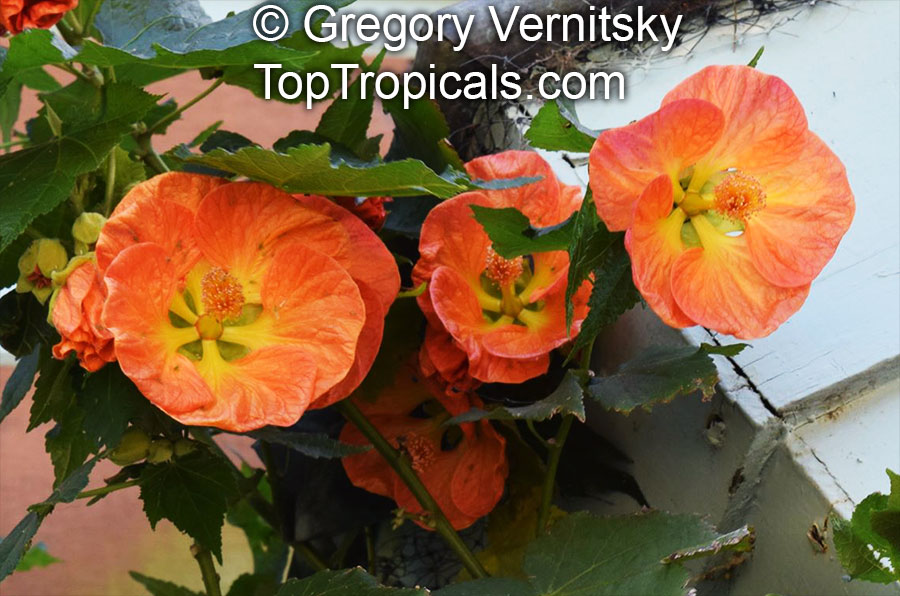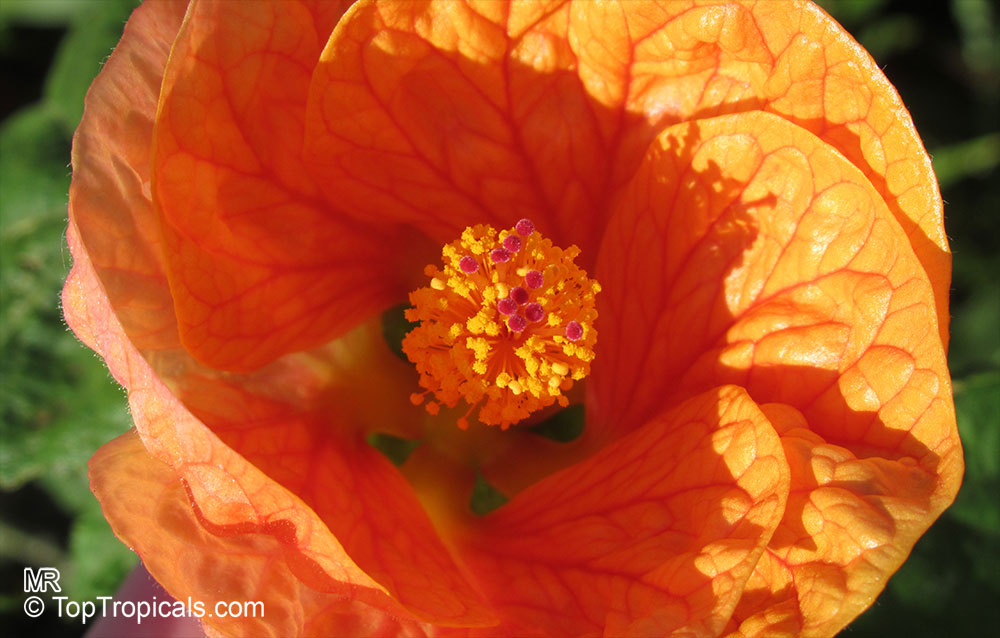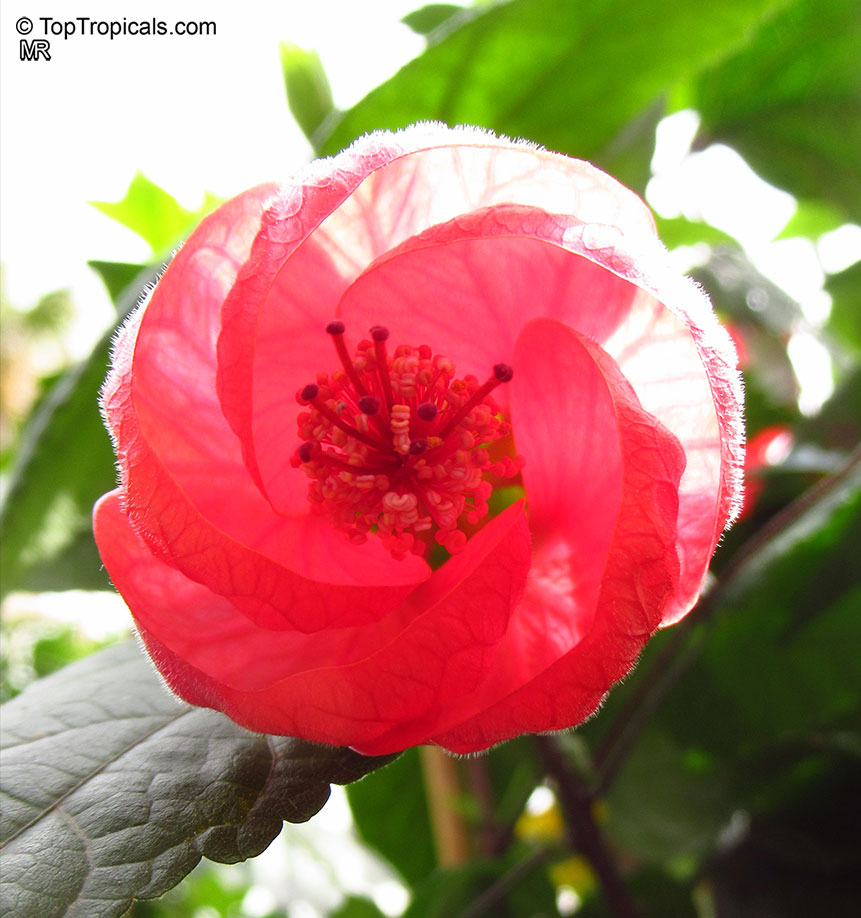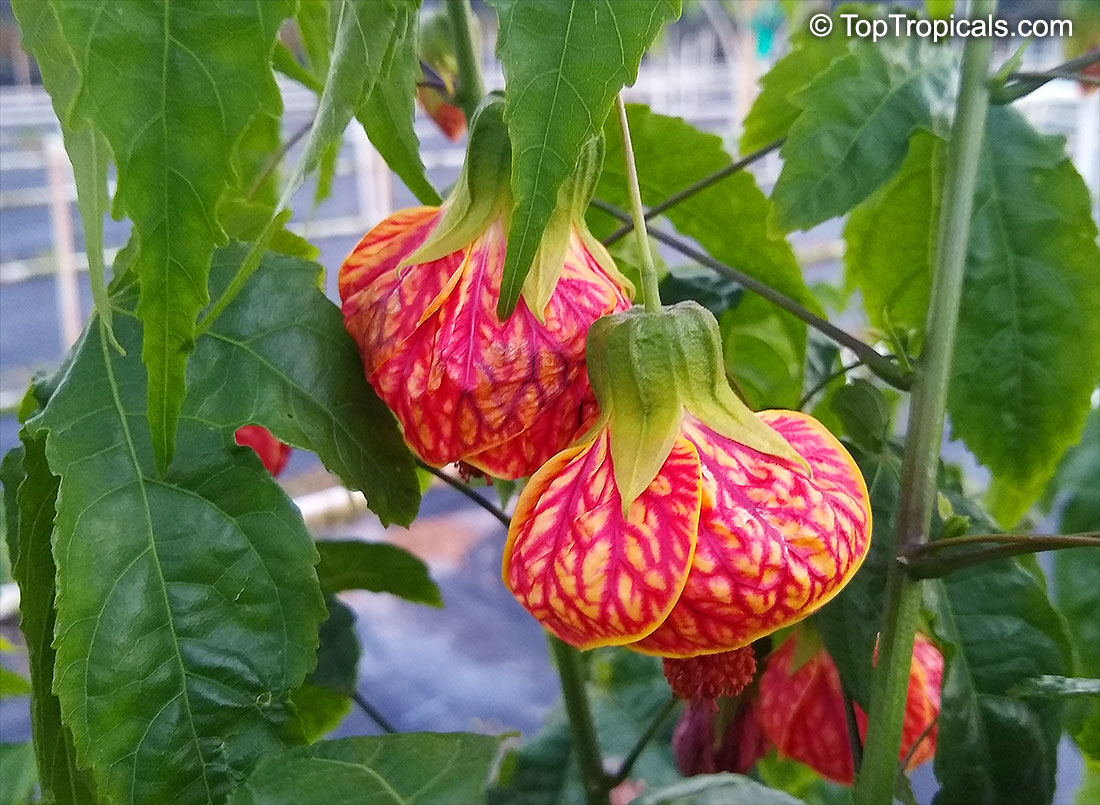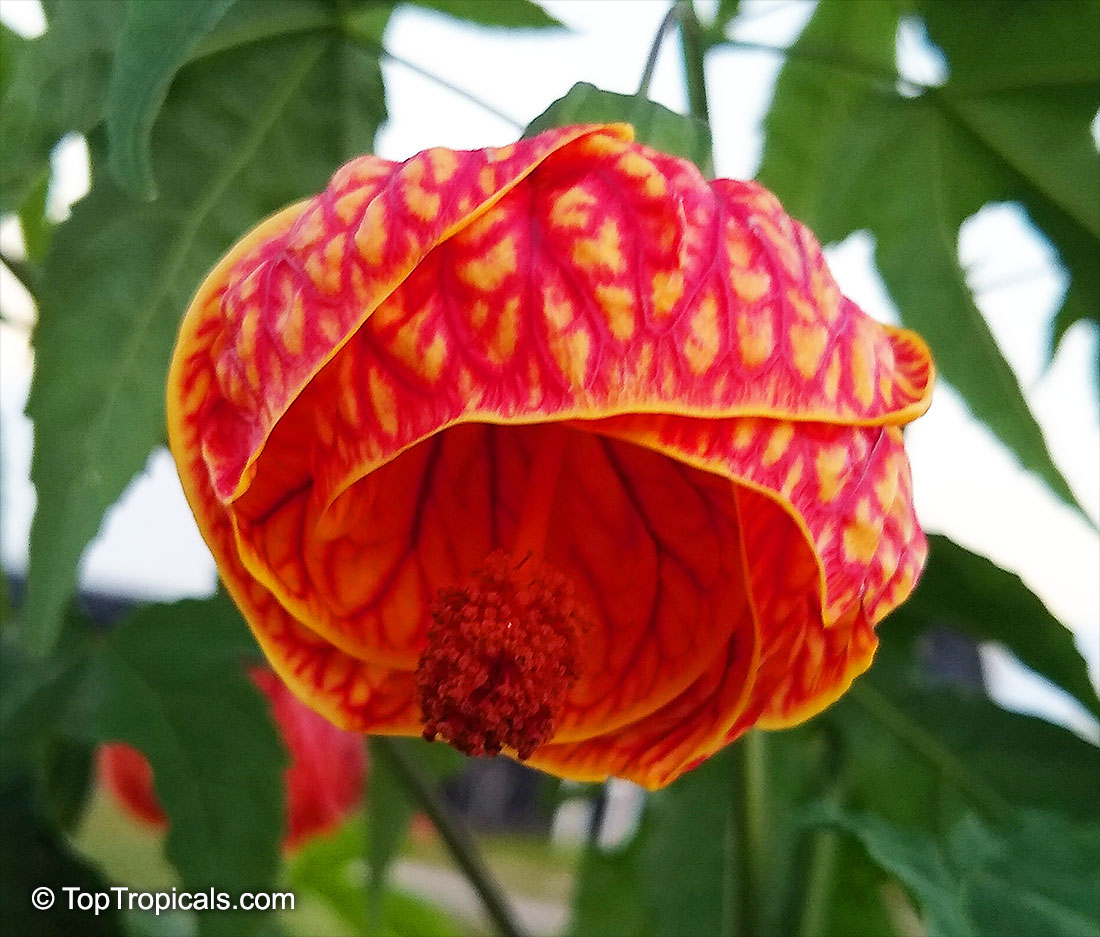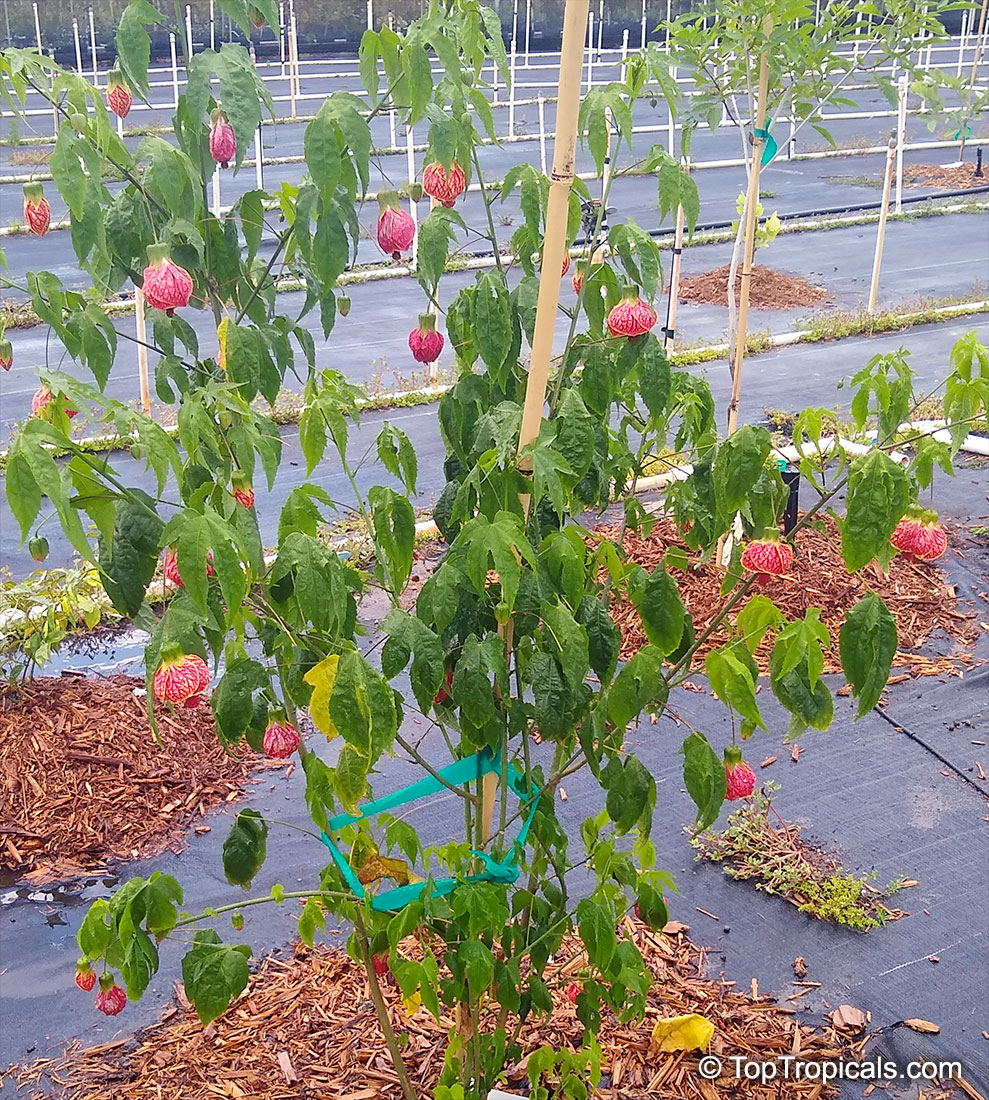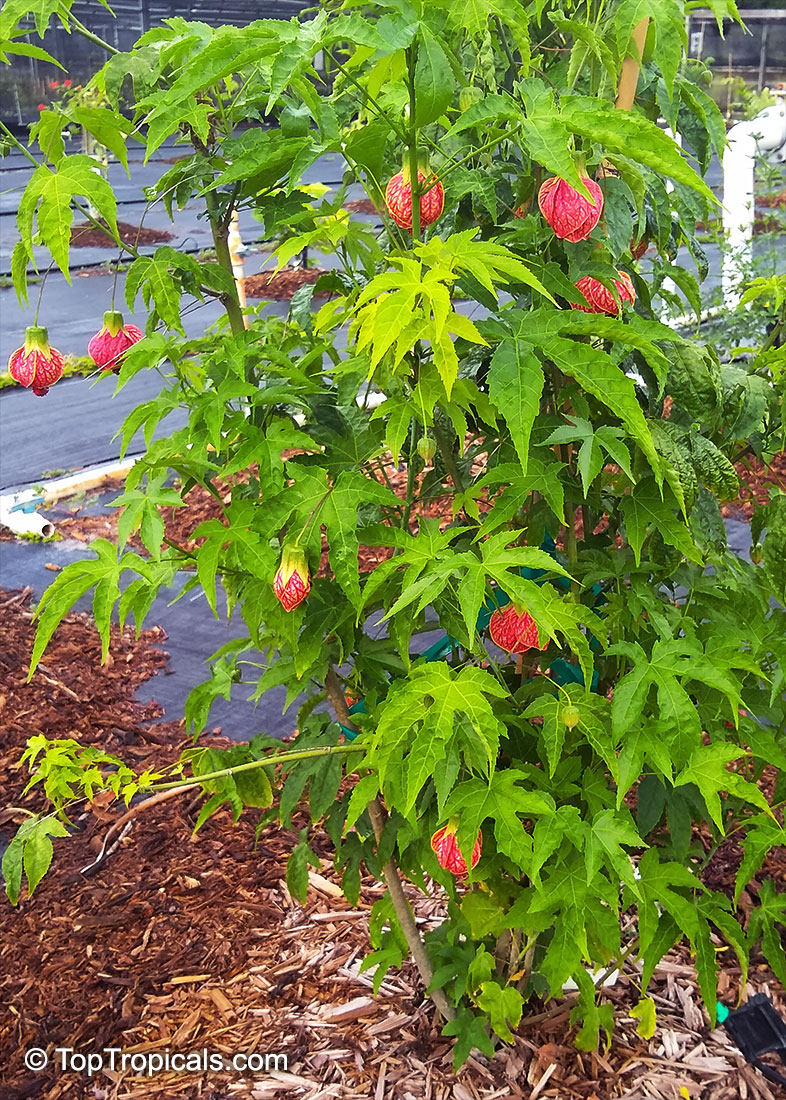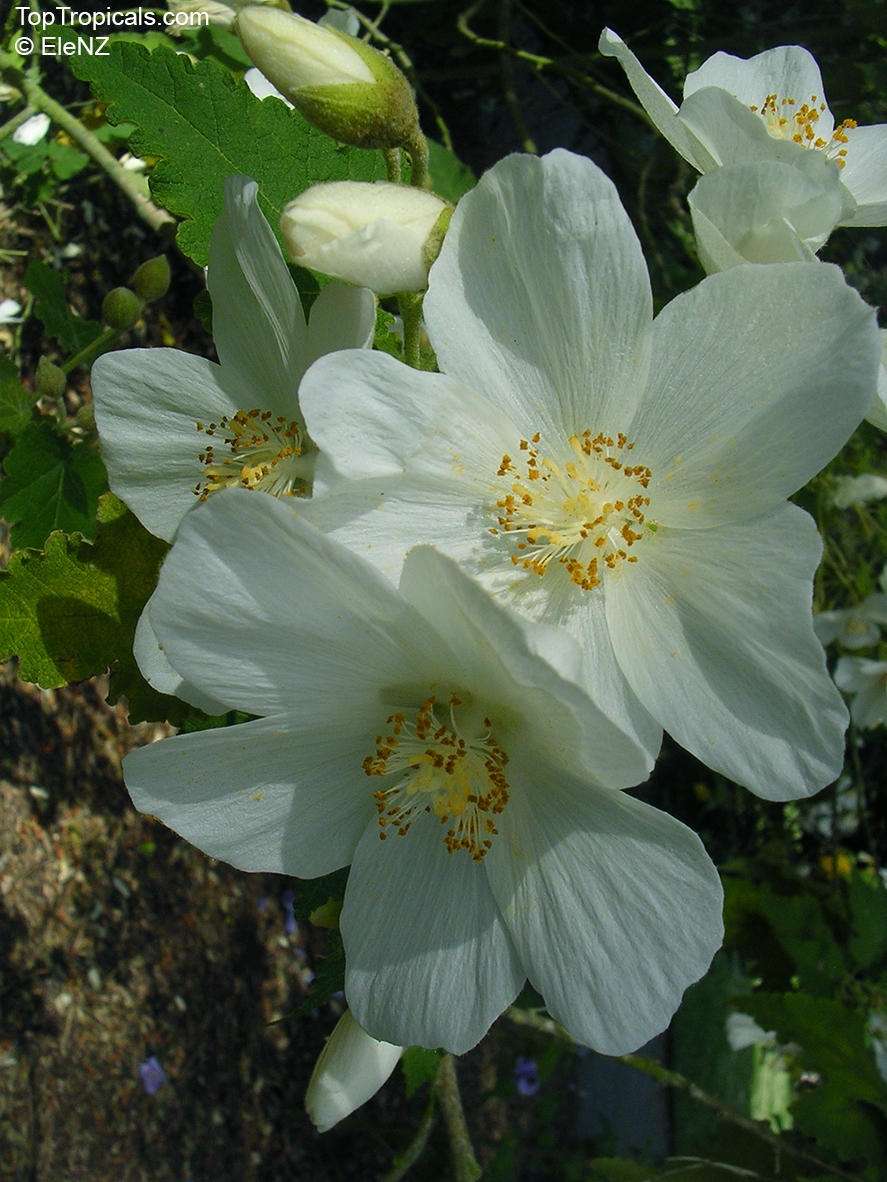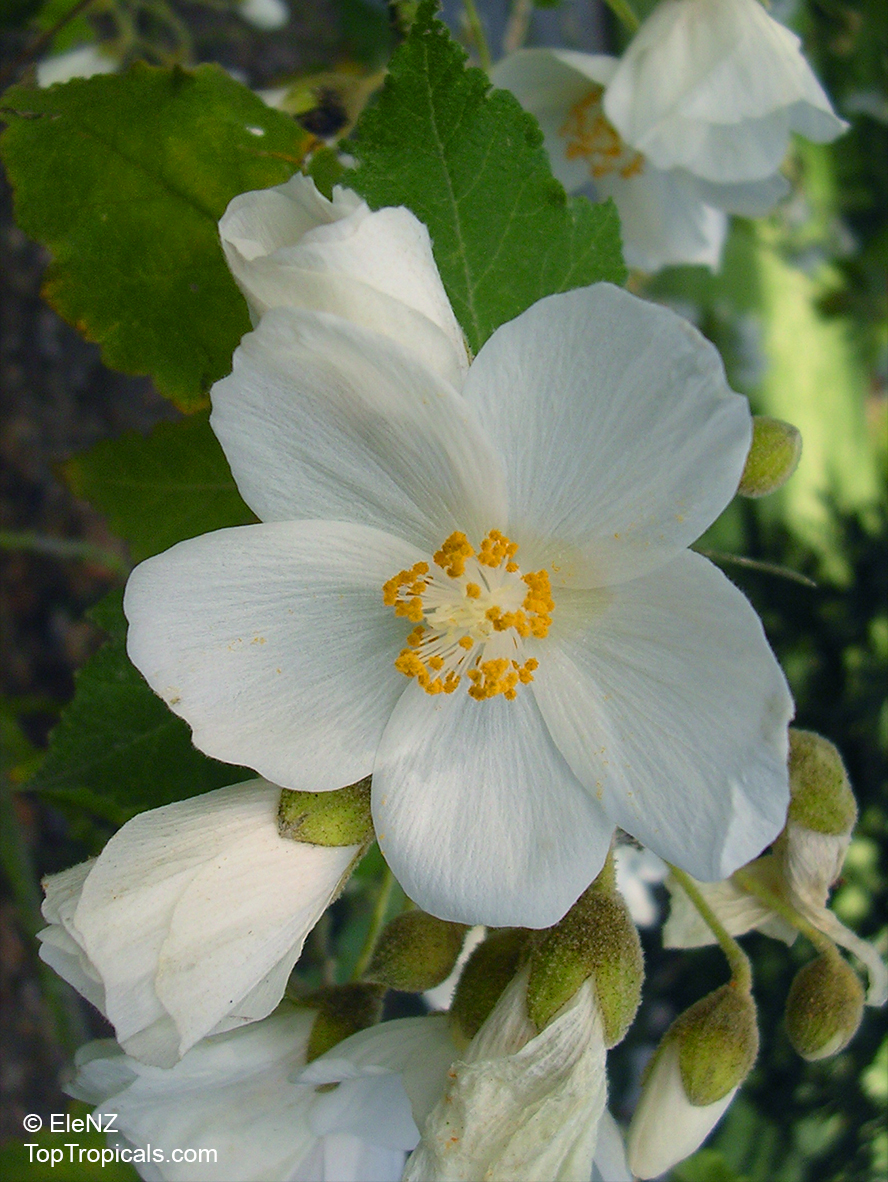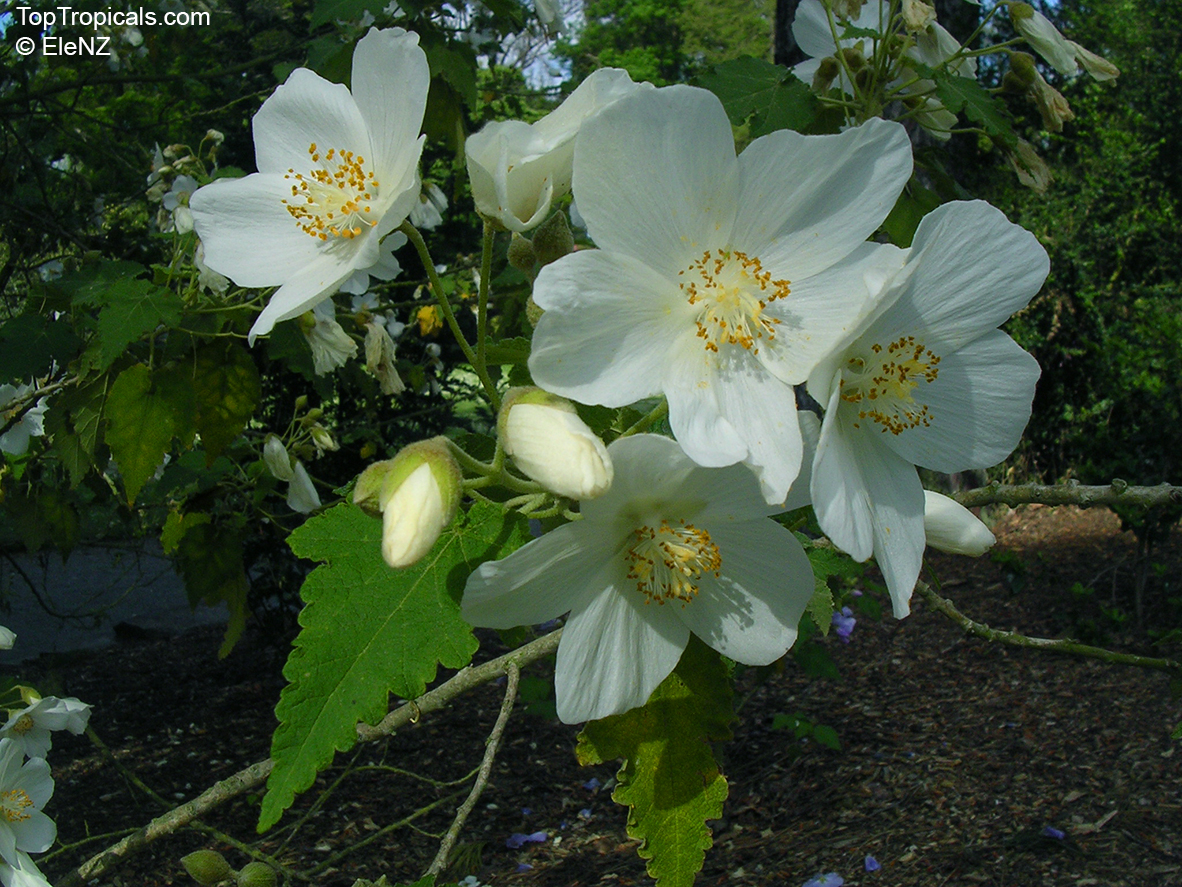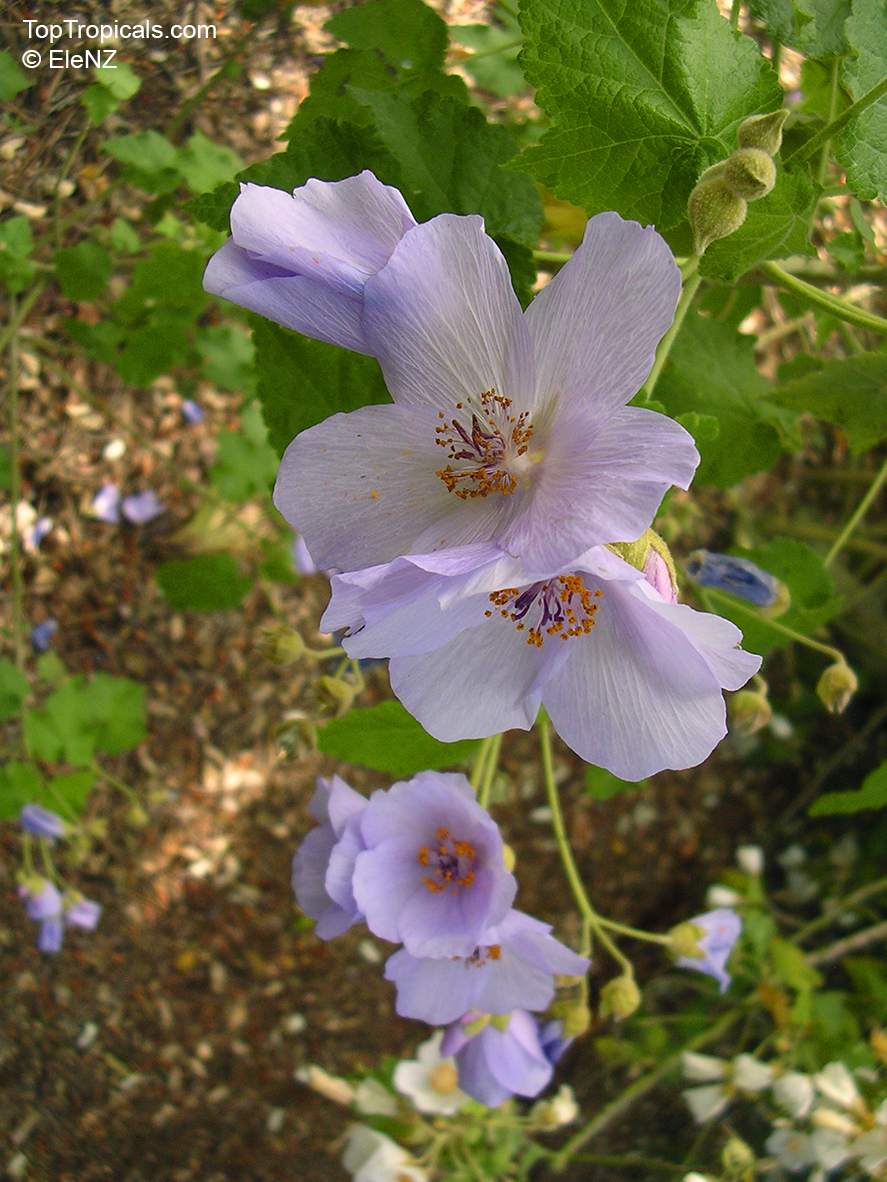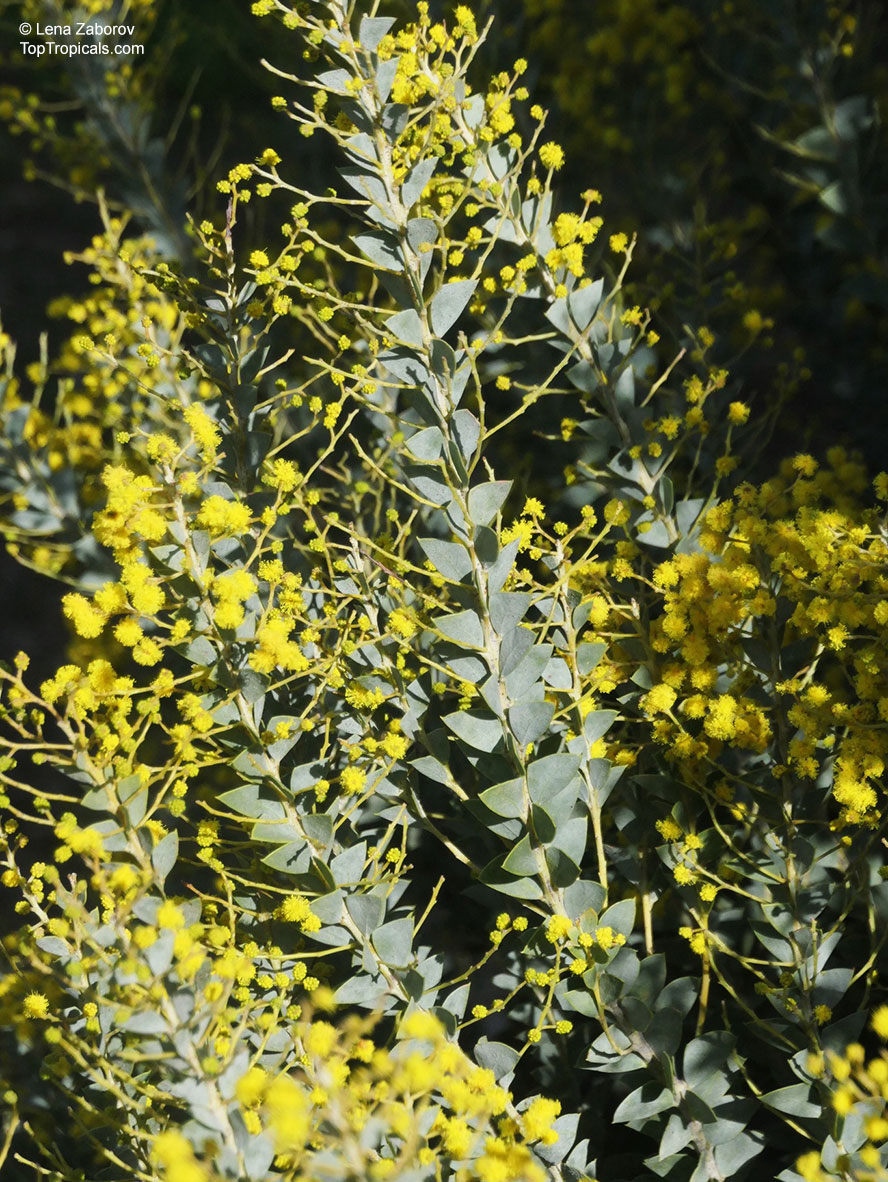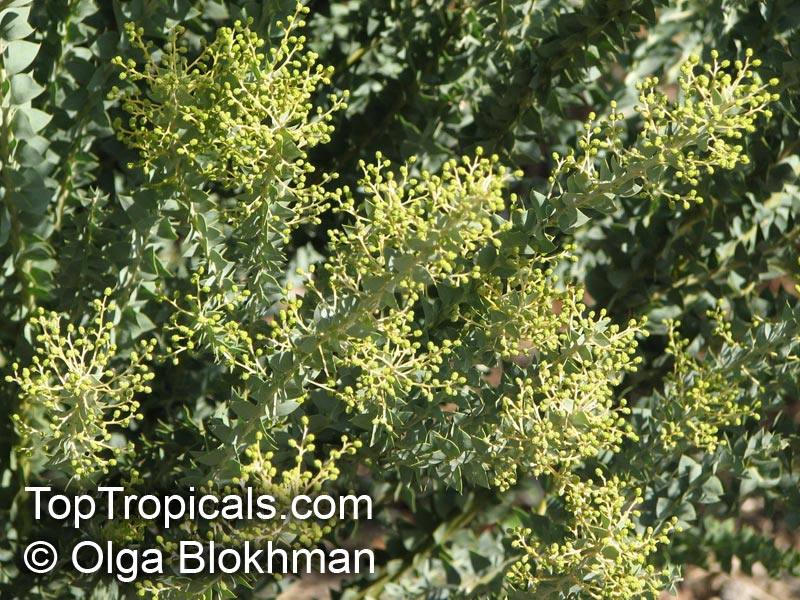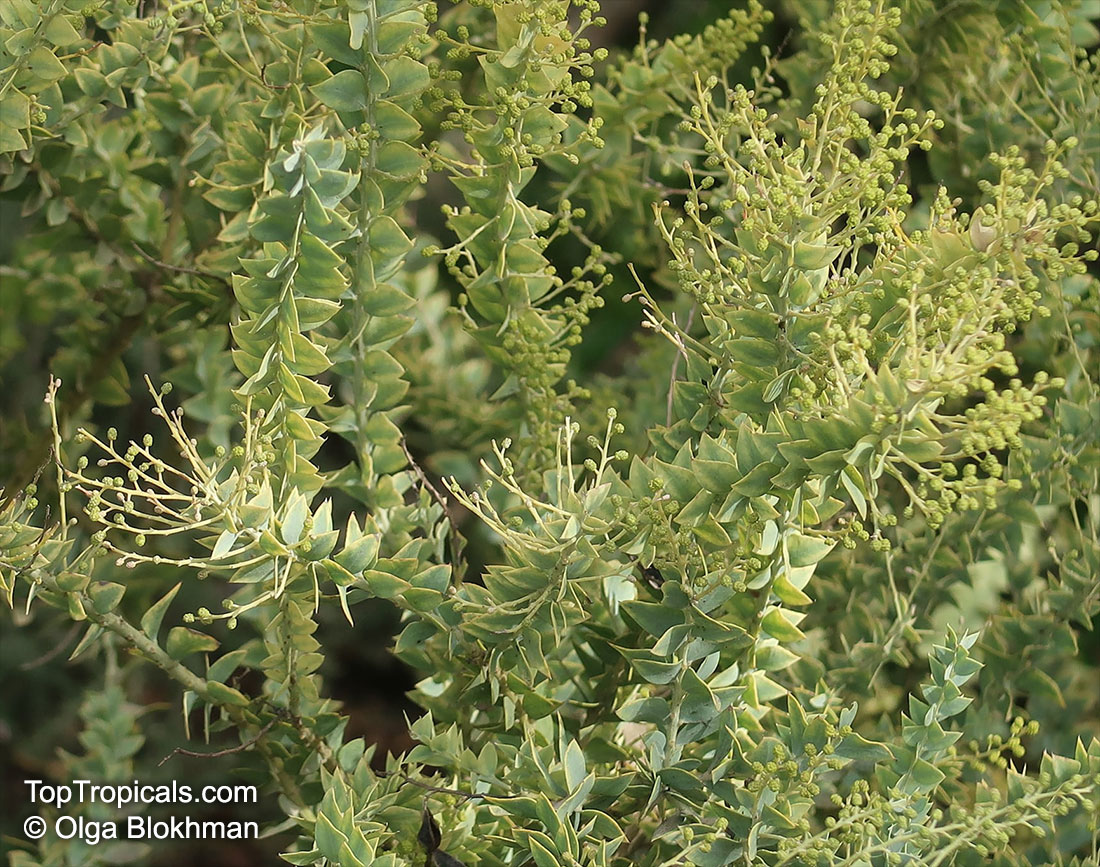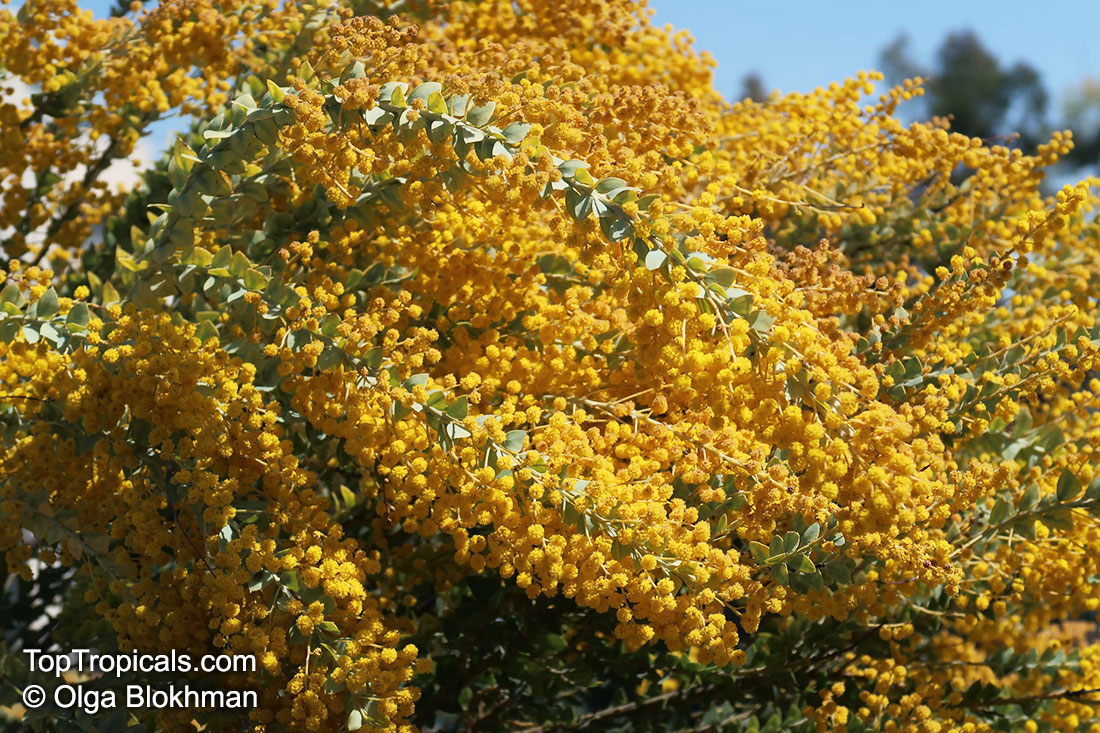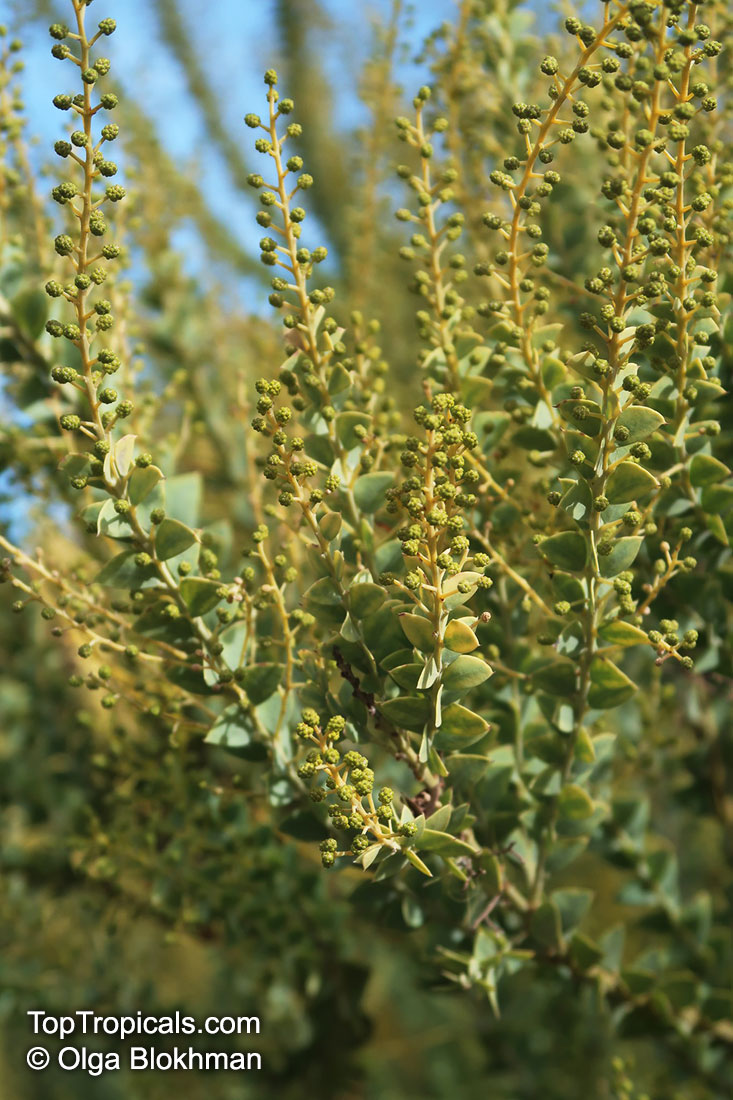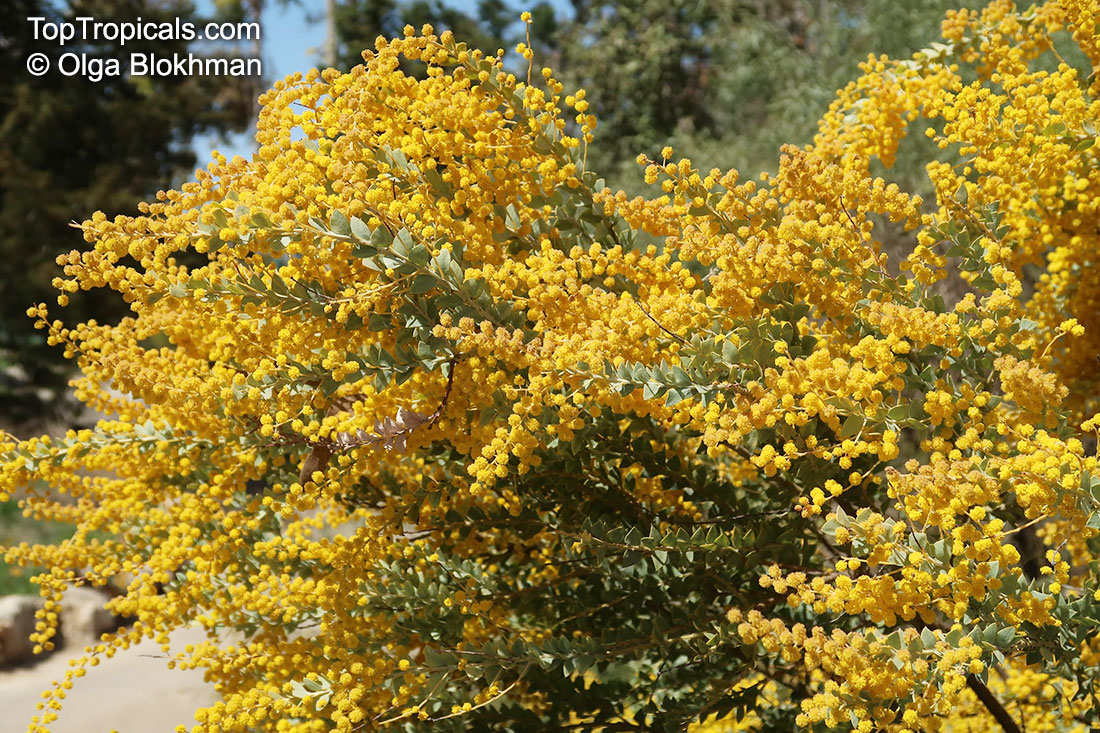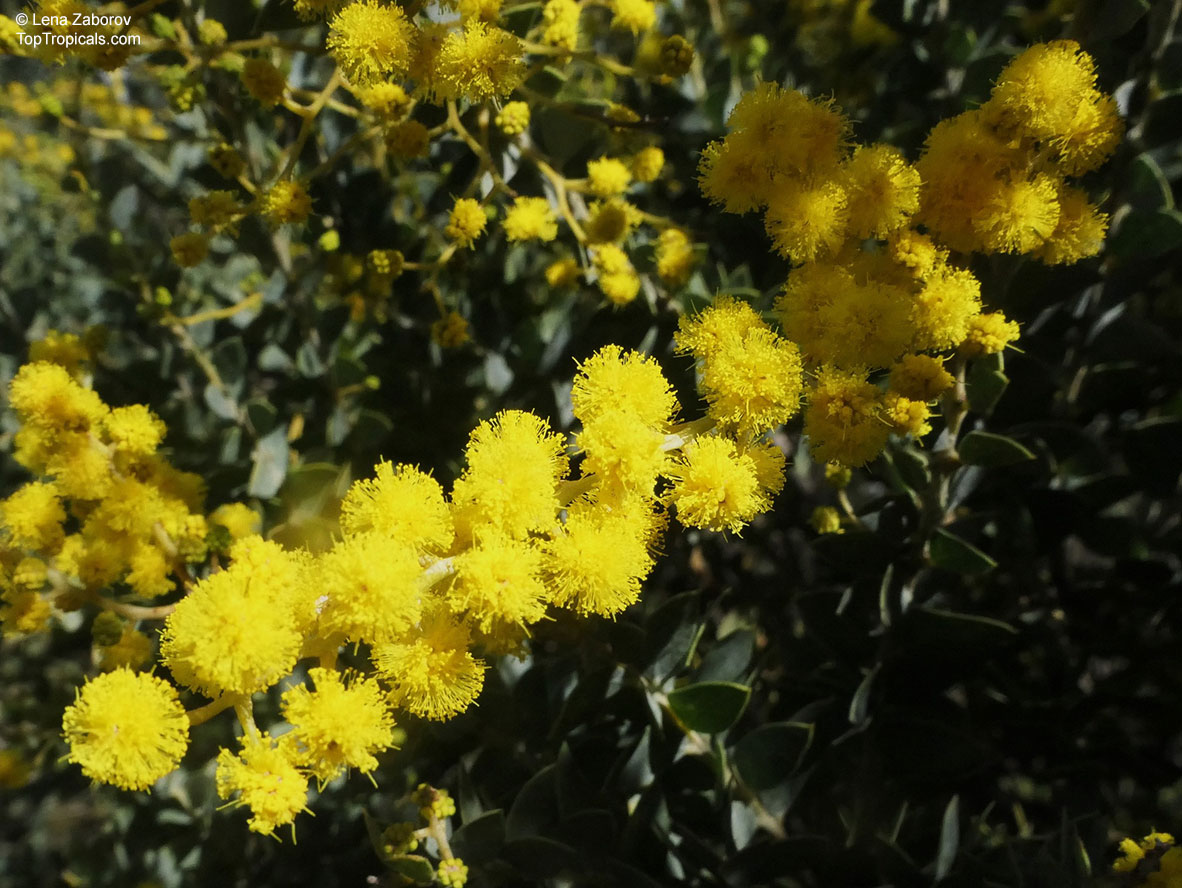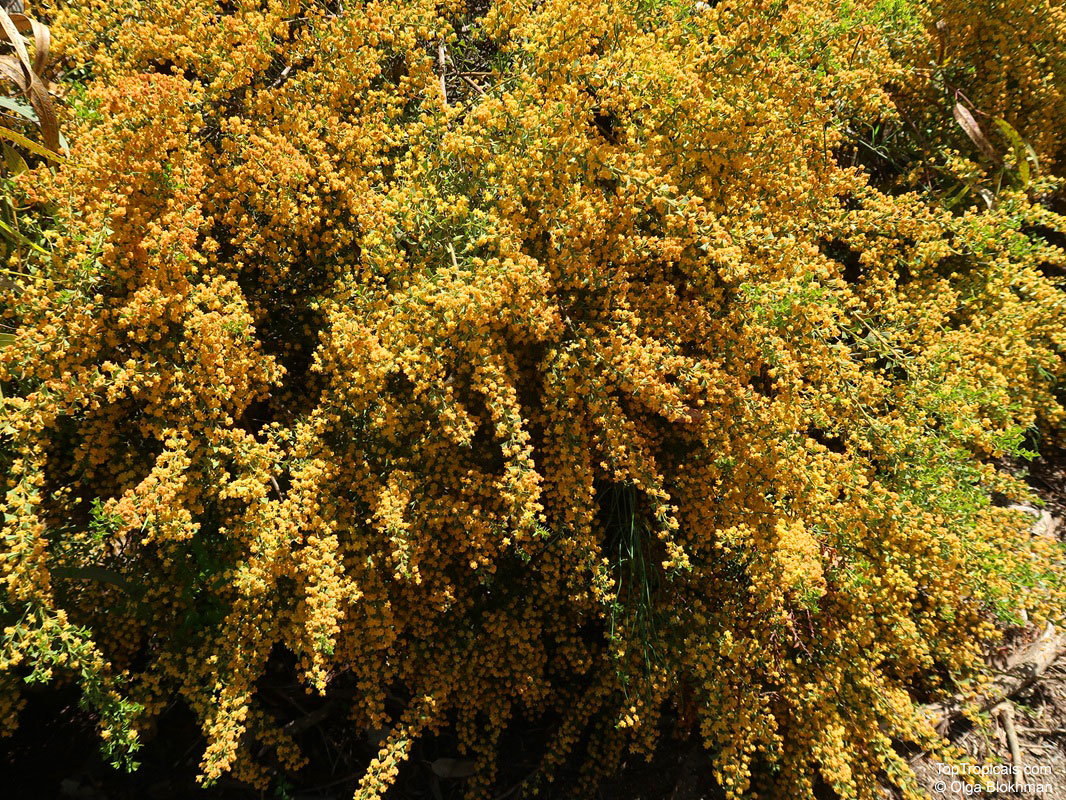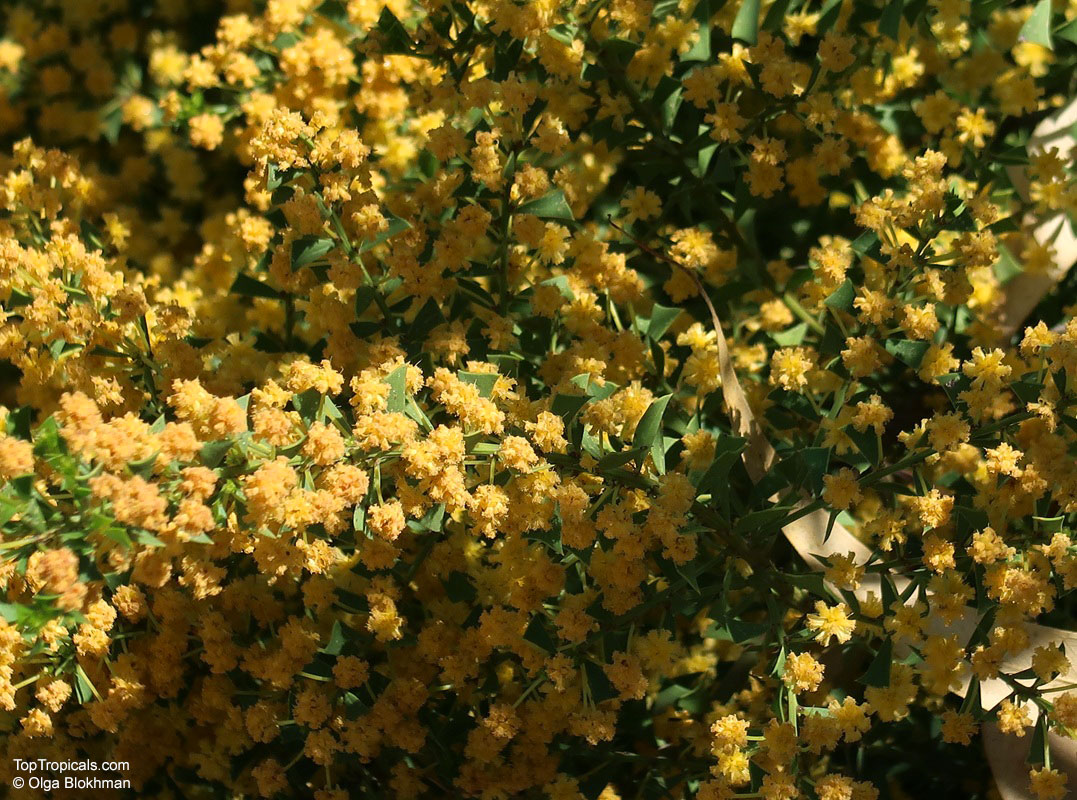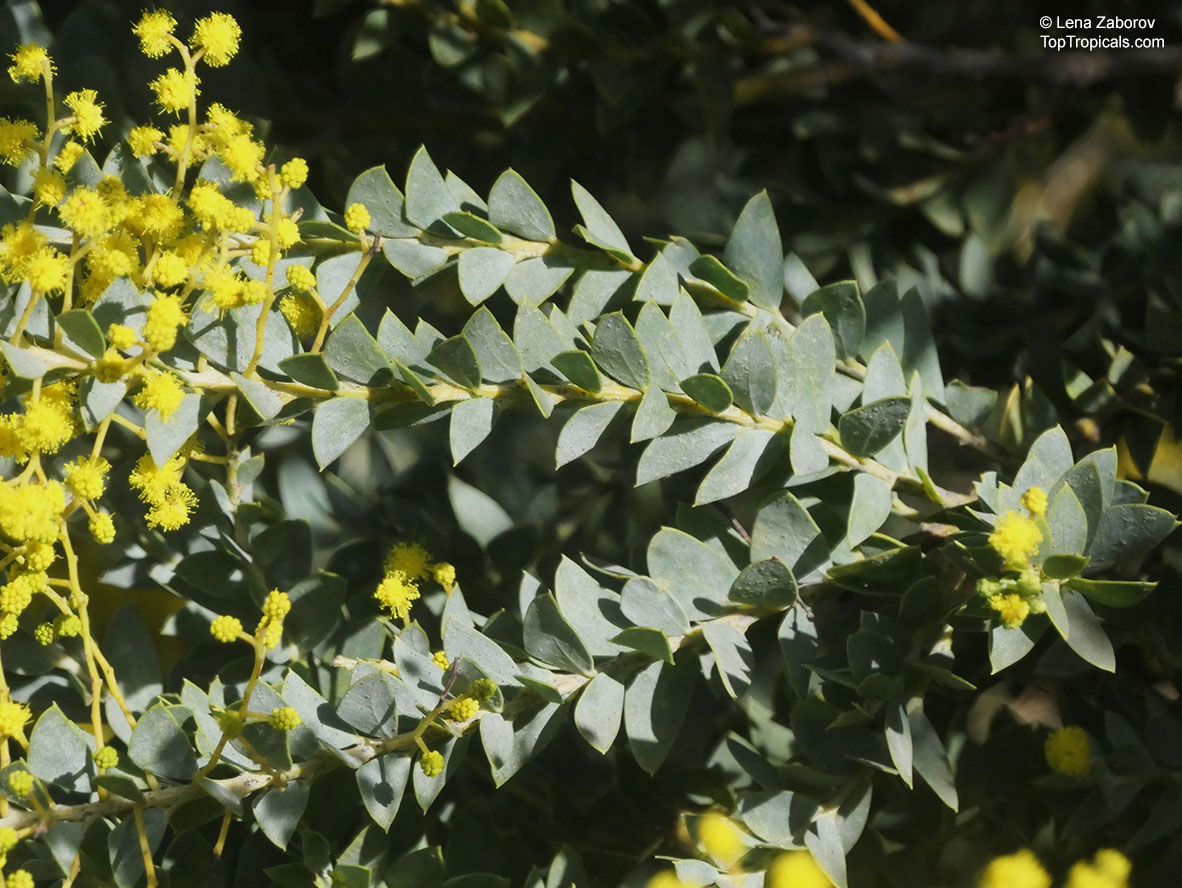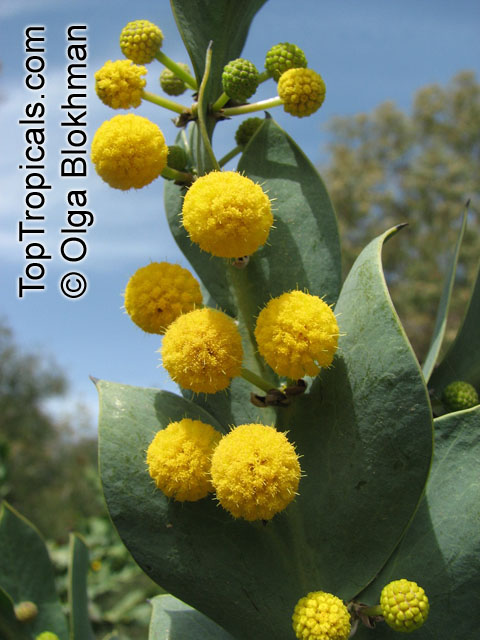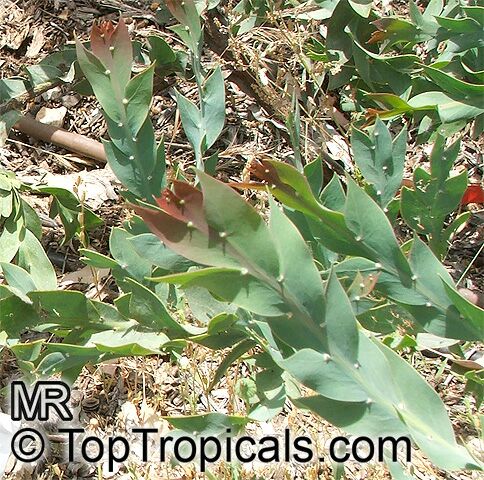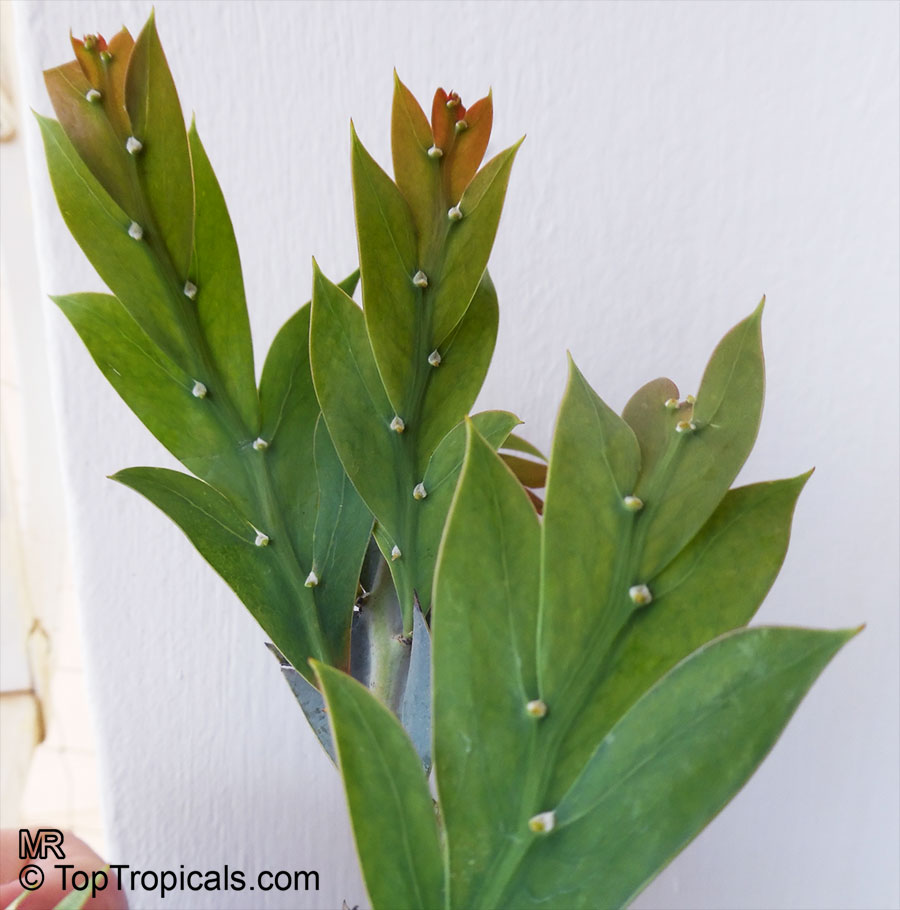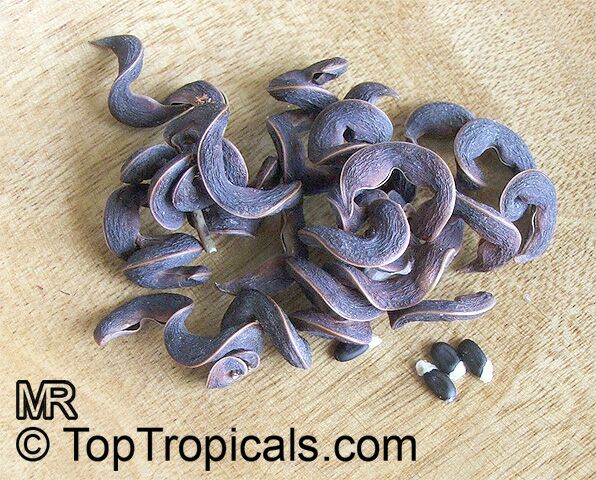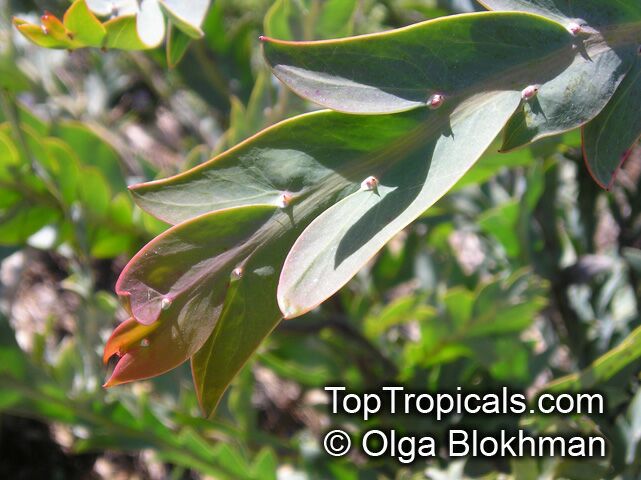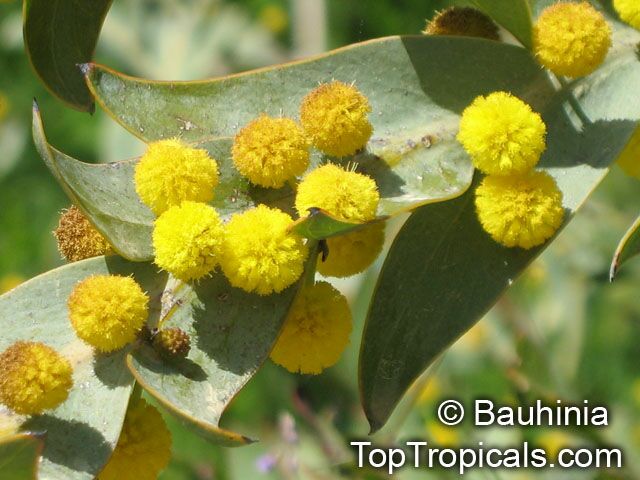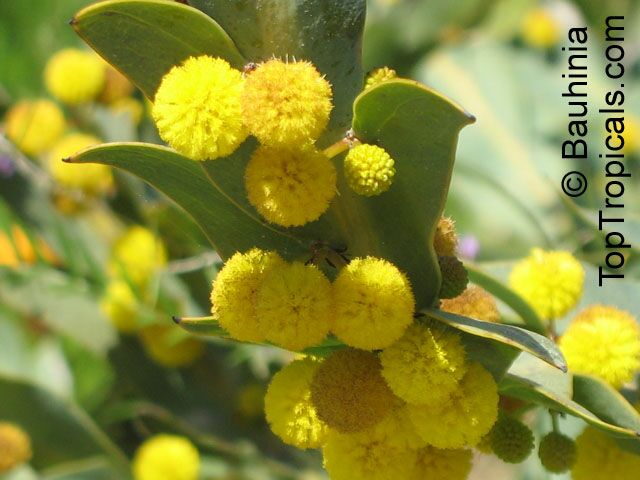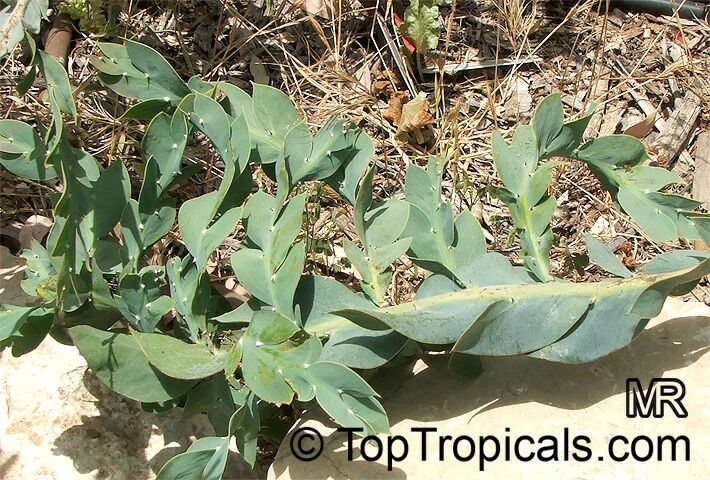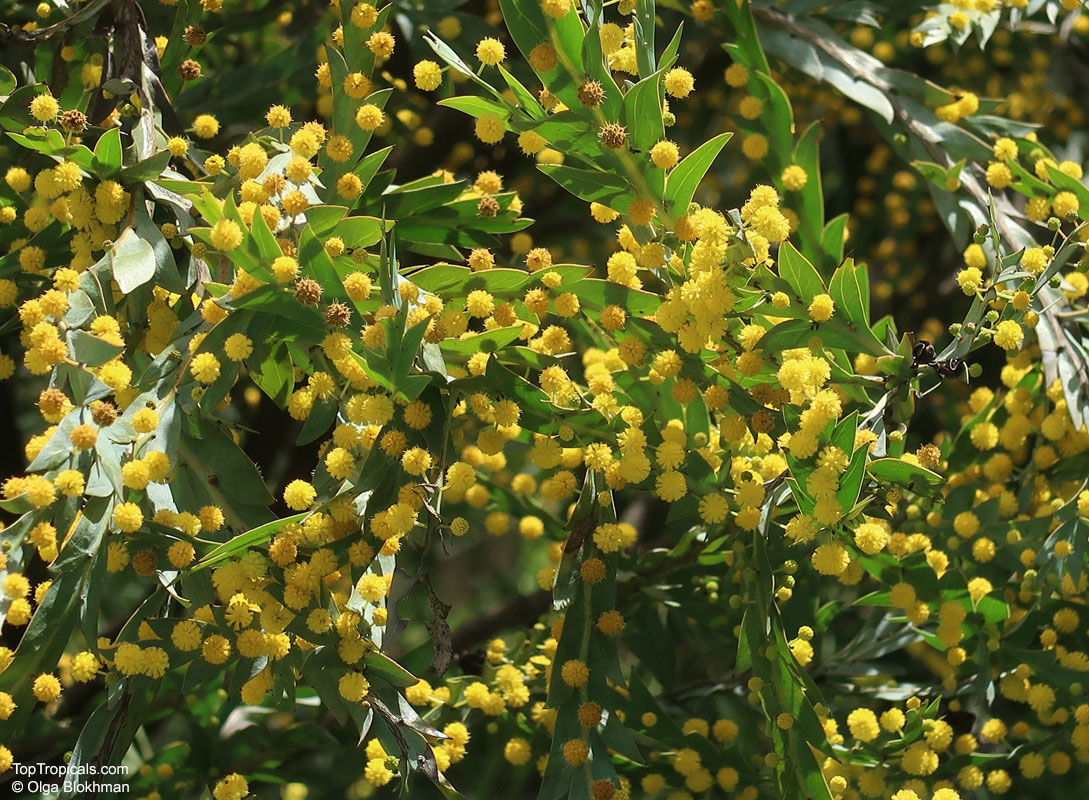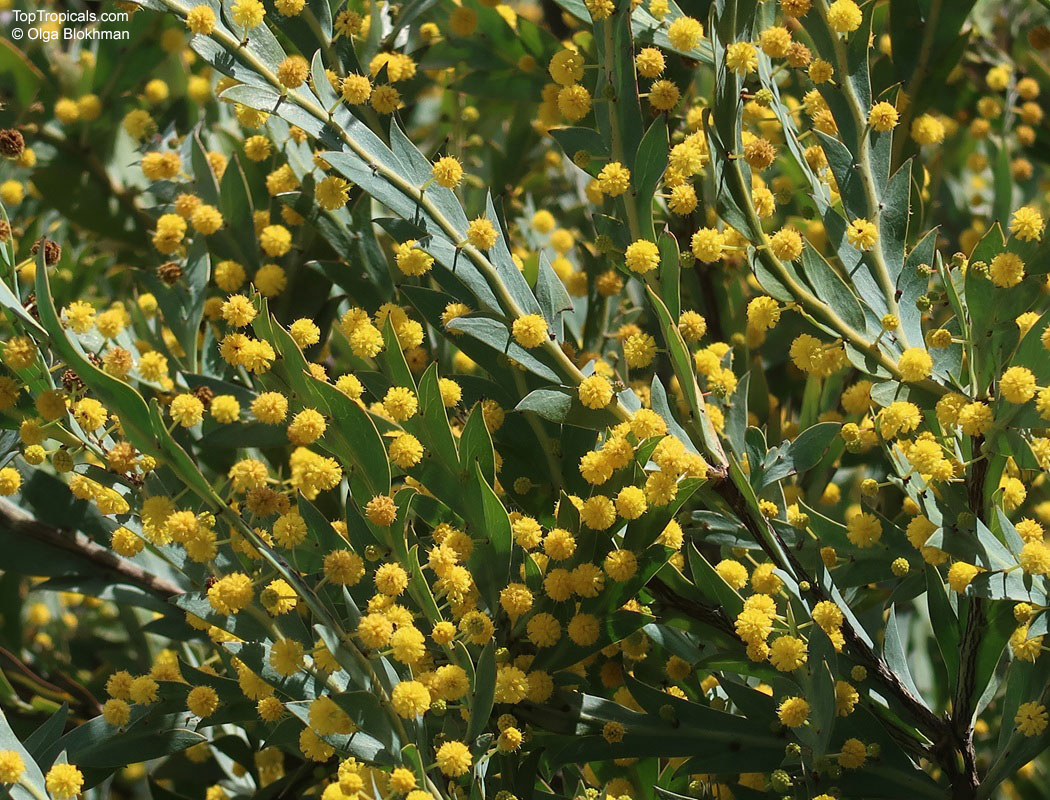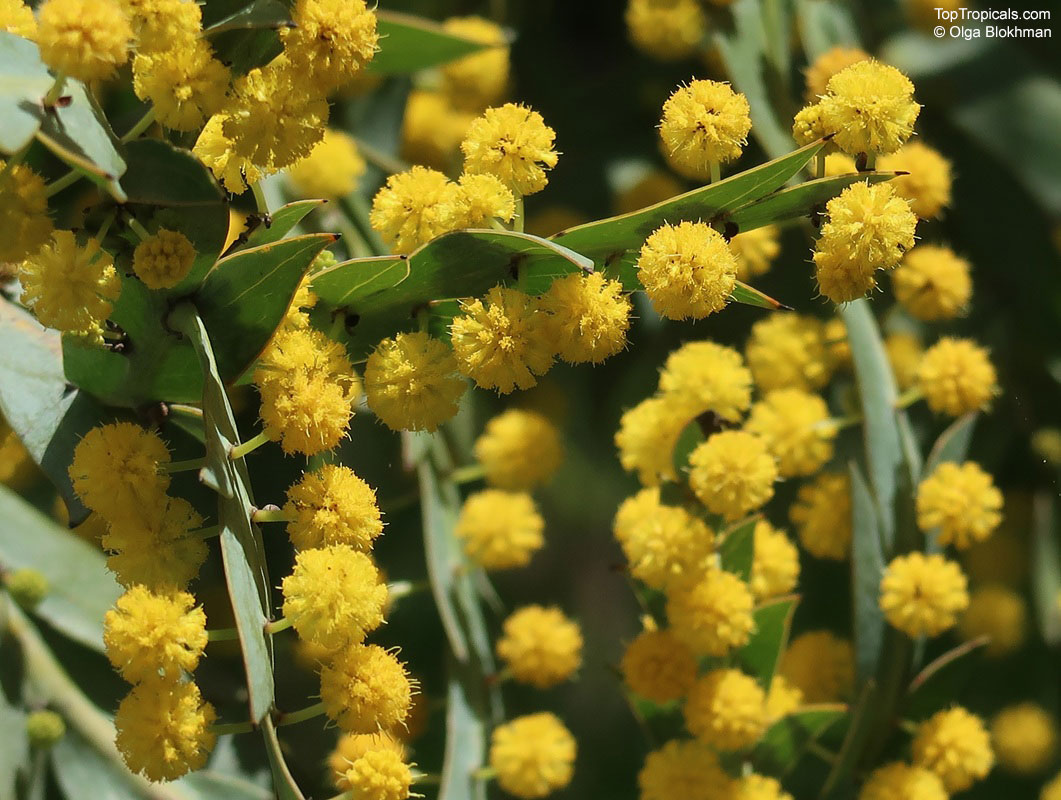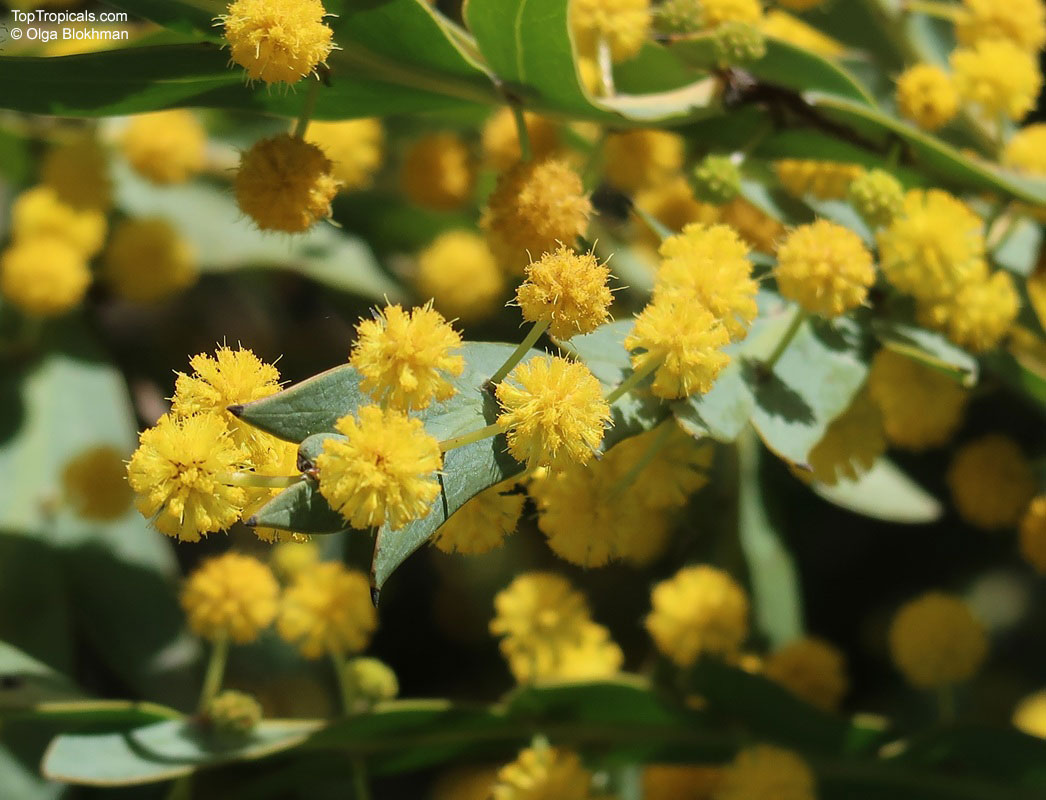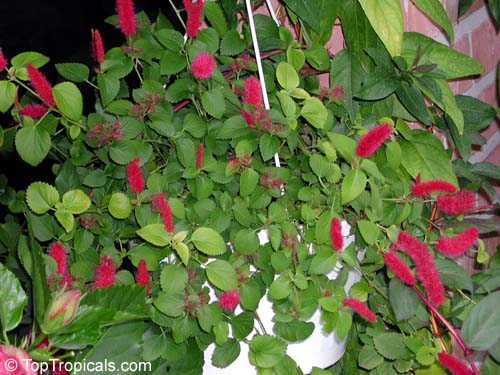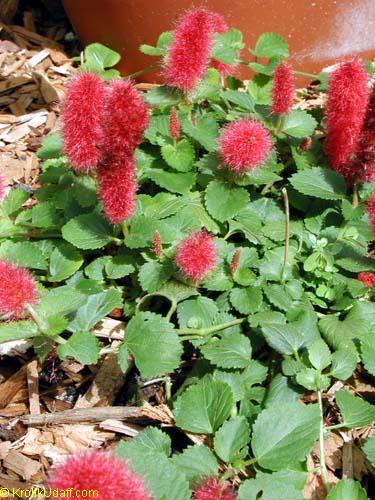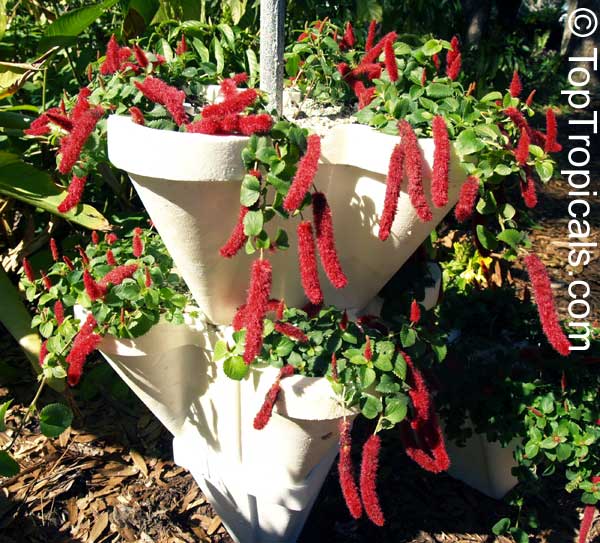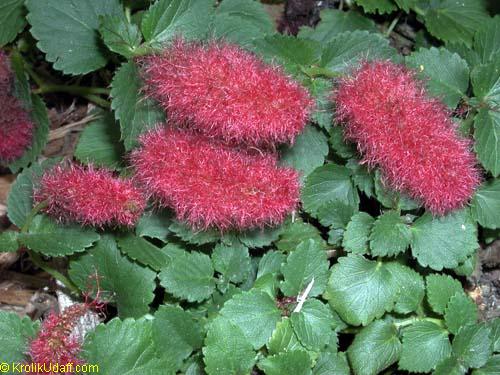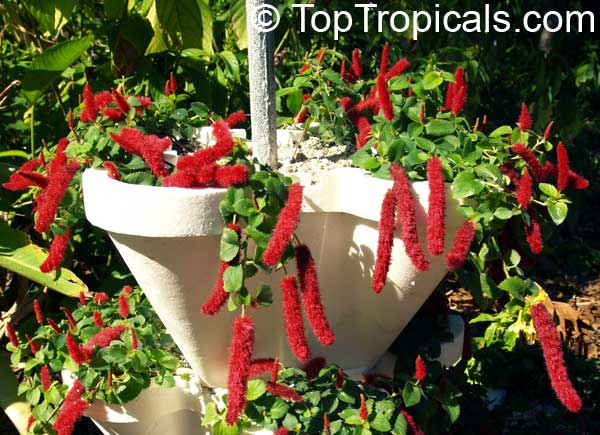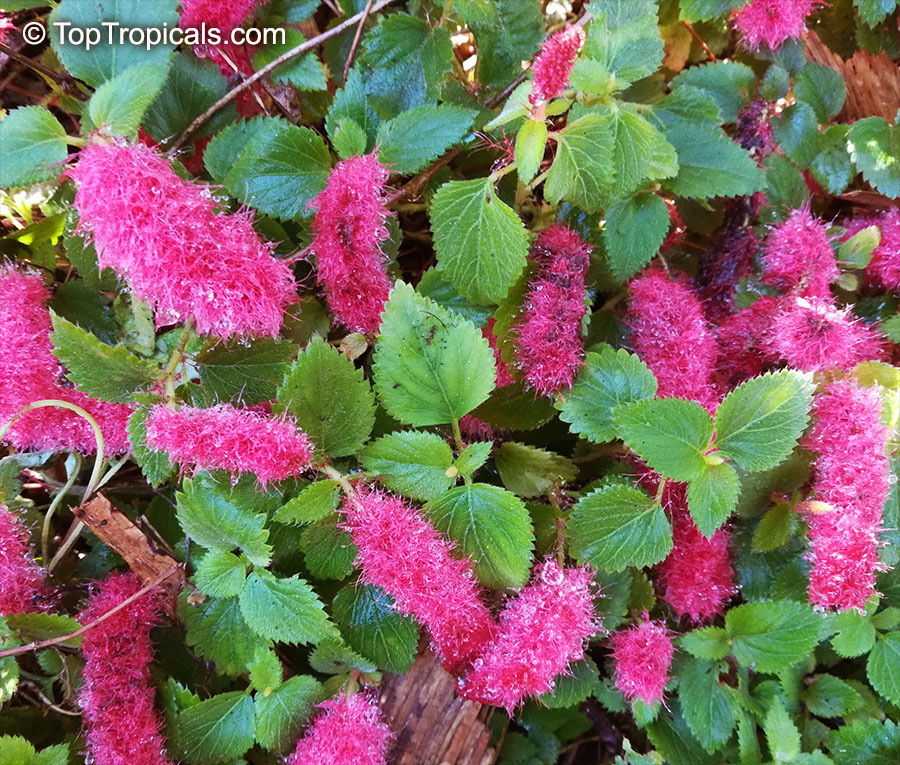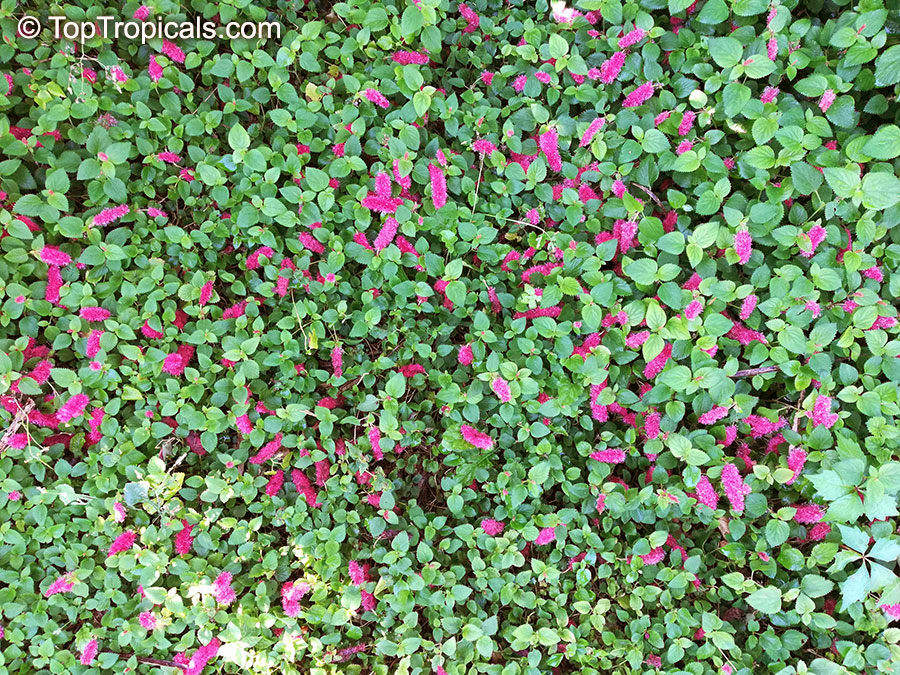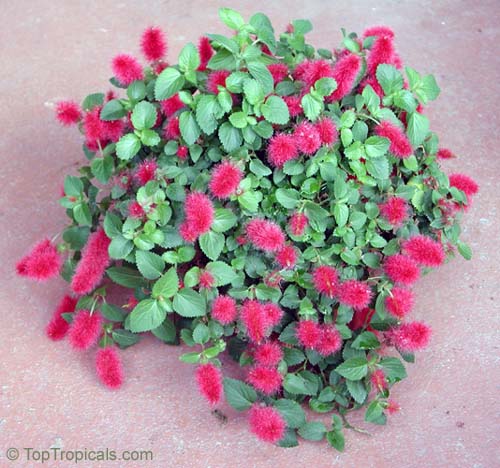Semi-shade - Search results
Top Tropicals Plant Encyclopedia
| Number of plants found: 3408 | Next | 
|
Go to page: | 1 | 2 | 3 | 4 | 5 | Last |
Botanical name: Abelia grandiflora
Common name: Glossy Abelia
Family: Caprifoliaceae
Origin: China










Abelia is a popular evergreen or semi-evergreen shrub with a rounded, fountain-like growth habit. It is fast-growing, growing up to 4-8 feet tall and 4-6 feet wide. Its leaves are fine-textured, glossy, oval, and dark green, usually 2 inches long, and the new growth has a bronze color. Abelia produces small, white and pink tubular flowers in clusters at the end of its stems, from summer to fall. The flowers are barely one inch long, but they are slightly fragrant - which attracts hummingbirds and butterflies.
This shrub is a great choice for planting near a pool, as it loves both full sun and semi-shade exposure. When watering it, allow the soil to dry out between waterings. It is mostly pest- and disease-free. Mature Abelias can withstand temperatures as low as 30 degrees Fahrenheit for a limited time.
Hyperacanthus amoenus is another popular evergreen shrub. It has pinkish red flowers with off-white petals that are fragrant, followed by green fruits that turn brown when ripe. This shrub is easy to grow, needing only full sun and regular watering - though it should be in USDA Zones 8 -9 for full protection from cold weather. For areas with colder climates, it is recommended to keep the plant in a pot and move it indoors in winter. In such a case, extra care should be taken to make sure it has enough water, light and fertilizer. Pruning may also be necessary to ensure the plant remains within the size desired.
Botanical name: Abelia sp.
Common name: Abelia
Family: Caprifoliaceae









The flowers appear in the upper leaf axils and stem ends, 1-8 together in a short cyme; they are pendulous, white to pink, bell-shaped with a five-lobed corolla.
The species from warm climates are evergreen, and colder climate species deciduous.
Botanical names: Abelmoschus moschatus, Hibiscus abelmoschus
Common name: Musk Mallow
Family: Malvaceae
Origin: South East Asia










Valued as an ornamental plant, due to its colorful and attractive flowers. The leaves are alternate, rough, hairy, heart-shaped or 3-5 lobed with serrated margins. Flowers are Hibiscus-like.
Cultivated for aromatic oil from seeds. Young leaves, shoots, and unripe seedpods are cooked as a vegetable.
Botanical name: Abroma augusta
Common name: Devil Cotton
Family: Malvaceae
Subfamily: Sterculioideae
Origin: Tropical Asia








The leaves have an oblong shap.The seeds are contained in a cotton-like envelope. Dark, maroon flowers are formed in terminal panicles. The leaves and stems are covered with soft, bristly hairs that are extremely irritating to the touch.
Botanical names: Abutilon megapotamicum, Abutilon vexillarium, Callianthe megapotamica
Common names: Flowering Maple, Trailing Abutilon, Brazilian Bell-flower
Family: Malvaceae
Origin: Brazil, Uruguay








Brazilian Bell-flower is a fun and easy-to-grow hummingbird magnet for the perennial border. In the garden or in a hanging container, it spreads to several feet wide in a single season. In the wild, Abutilon megapotamicum reaches 8' tall, but in cultivation arely exceeds 5' tall, and less when grown as a potted plant. During warm months, the plants are laden with cool 2" hanging lantern-like flowers composed of red calyces above the yellow petals, ending with its bright red privates dangling beneath... all carefully arranged between the thumb-sized green leaves.
Recommended Fertilizer: SUNSHINE Megaflor - Bloom Nutrition Booster
Botanical name: Abutilon sp.
Common names: Flowering Maple, Weeping Maple,Chinese Lantern
Family: Malvaceae
Origin: South America










Abutilon species, commonly known as flowering maples or Chinese lanterns, are evergreen or semi-evergreen shrubs grown for their attractive maple-like foliage and pendant, bell-shaped blooms. Many garden forms are complex hybrids, combining traits from several South American species. These hybrids are valued for their long flowering season, compact to medium growth habit, and wide color range including white, yellow, orange, pink, and red. Some cultivars feature variegated leaves, adding extra ornamental appeal.
Hybrid abutilons thrive in full sun to partial shade and prefer fertile, well-drained soil with regular watering. They benefit from pruning in early spring to maintain shape and encourage branching, and pinching growing tips promotes a bushier form. Hardy in USDA Zones 8-11, they can tolerate brief drops to near freezing but require frost protection. In colder climates, hybrids are well-suited to container culture, allowing them to be overwintered indoors or in sheltered areas. Regular feeding during the growing season supports continuous blooming, and spent flowers should be removed to prolong display.
Recommended Fertilizer: SUNSHINE Megaflor - Bloom Nutrition Booster
Botanical names: Abutilon vitifolium, Corynabutilon vitifolium
Common names: Vine-leaved Abutilon, Flowering Maple, Indian Mallow
Family: Malvaceae
Origin: Chile








It usually grows to be anywhere between 5-10 feet tall, depending on the conditions in which it is grown and the amount of care it receives. If kept well mulched on the ground, it can easily reach its maximum of 10 feet. Full sun and semi-shade are both equally suitable for this species, but with regular water, the best of the blooms can be expected. The vines produce hanging buds of either a cheery pink or a more dainty, off white, depending on variety.
When mature, Abutilon vitifolium is cold hardy down to at least 30 degrees Fahrenheit for a short time, as determined by USDA Zone 8-11. If planted in colder regions, be sure to take extra care that the shrub is well potted and situated in an area protected from the winter weather. Mulch can also be helpful in keeping its roots warm and the shrub topped up with the right amount of water.
This large shrub is ideal for garden pathways or any border area in the garden, admired for its trumpeting petals of varying shades of pink, white and off-white. When in full bloom, it can even be seen through hedges or used as a specimen in moonlight gardens. With its height, hardiness and a little care, it can make a beautiful addition to any outdoor home.
Botanical name: Acacia cultriformis
Common names: Knife-leaf Wattle, Dogtooth Wattle, Half-moon Wattle, Golden-glow Wattle
Family: Fabaceae
Subfamily: Mimosoideae
Origin: Australia
Hardiness: 25°F







Acacia cultriformis is a woody shrub with an upright or spreading habit that grows to 4 m (13 ft) in height.
Its bright flowers and attractive leaves make Acacia cultriformis one of the most popular wattles in cultivation. Drought tolerant, it can be used to combat soil erosion.
The flowers are edible and they are an ingredient used in some fritters. Yellow dye is extracted from the flowers and green dye is extracted from the seed pods
Botanical name: Acacia glaucoptera
Common names: Clay Wattle, Queen Wattle
Family: Fabaceae
Subfamily: Mimosoideae
Origin: Western Australia
Hardiness: 25 F








A native to Western Australia, Acacia glaucoptera (Clay Wattle) is a small plant, natively growing up to 2-5ft tall. It is an ornamental shrub, featuring an eye-catching foliage that is light to medium green, with a glaucaous-white and a distinctive broad-winged phyllodes. The yellow to orange-colored and globular-shaped flowers are the biggest highlight of this plant, appearing from central stems in spring.
Acacia glaucoptera can be grown in full sun, semi-shade, and higher temperate regions. It can be grown in USDA Zone 9-11. It is a highly drought-tolerant shrub that does well in dry conditions. It also does well in a container and attracts numerous butterflies and hummingbirds. Moderate watering is recommended for the shrub, with regular pruning, which will help promote a compact and bushy growth.
In colder regions, Acacia glaucoptera is an ideal plant for growing in a pot as they need protection from extreme cold and frost conditions. When growing in a pot, find a suitable location where the plant will get enough sunlight and water. Pay attention to the pot size; a large pot is necessary for growth. Water the plant when required, keeping the soil moist. In winter, water the plant less frequently but never let the soil dry out completely. Apply a balanced fertilizer every month to provide the necessary nutrients.
Botanical names: Acalypha hispaniolae, Acalypha pendula
Common names: Strawberry Firetails, Dwarf Cat Tails, Kitten's Tail, Trailing Acalypha, Firetail Chenille Plant
Family: Euphorbiaceae
Origin: Haiti and Dominican Republic






Dwarf Chenille Plant gets its common name from the fuzzy plumes of tiny, foxtail-shaped bright red flowers that trail above a thick mound of small, serrated leaves. Given enough light, this plant blooms nearly year-round! The blossoms that begin as wispy buttons and elongate into fuzzy cones. At maturity, they become 3-4" long streamers.
A spectacular plant for a hanging basket, container or ground cover, it is heat tolerant, great for both hot Southern landscapes or as an easy houseplant, providing bright light.
Place this unusual house plant on a pedestal stand or pot it in a hanging basket to show off those eye-catching fuzzy blooms.
This is a dwarf plant that stays small and doesn't need pruning. It's naturally bushy, so you don't have to pinch its growing tips to get it to branch out.
A favorite with children, and cats too!
Recommended Fertilizer: SUNSHINE Megaflor - Bloom Nutrition Booster
| Next |  |
Use link to repeat this search:
https://toptropicals.com/cgi-bin/garden_catalog/cat.cgi?search_op=and&keyword_op=and&language=e&number=10&no_change_lang=1
&v1=sem&user=tt&sale=1&first=0
